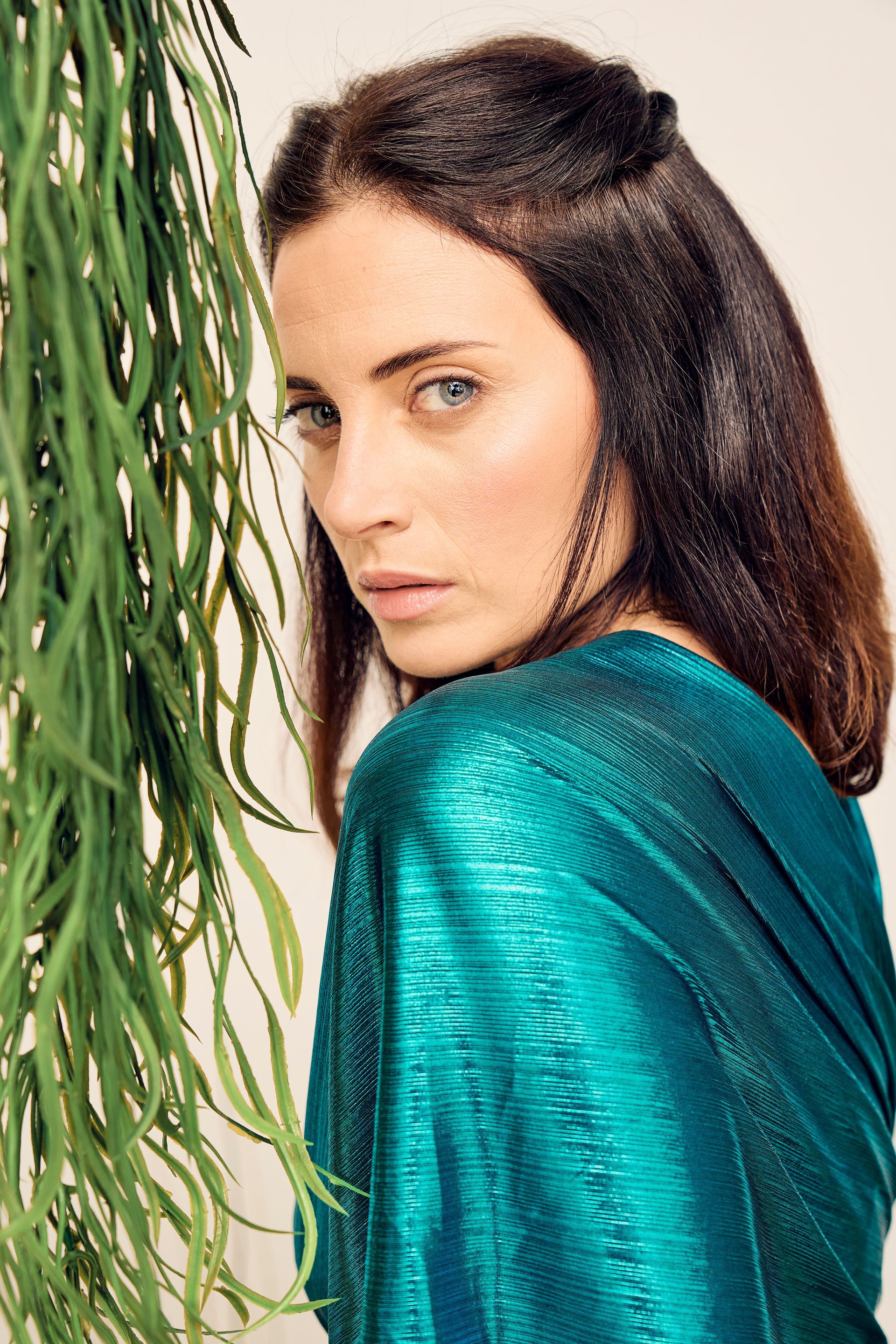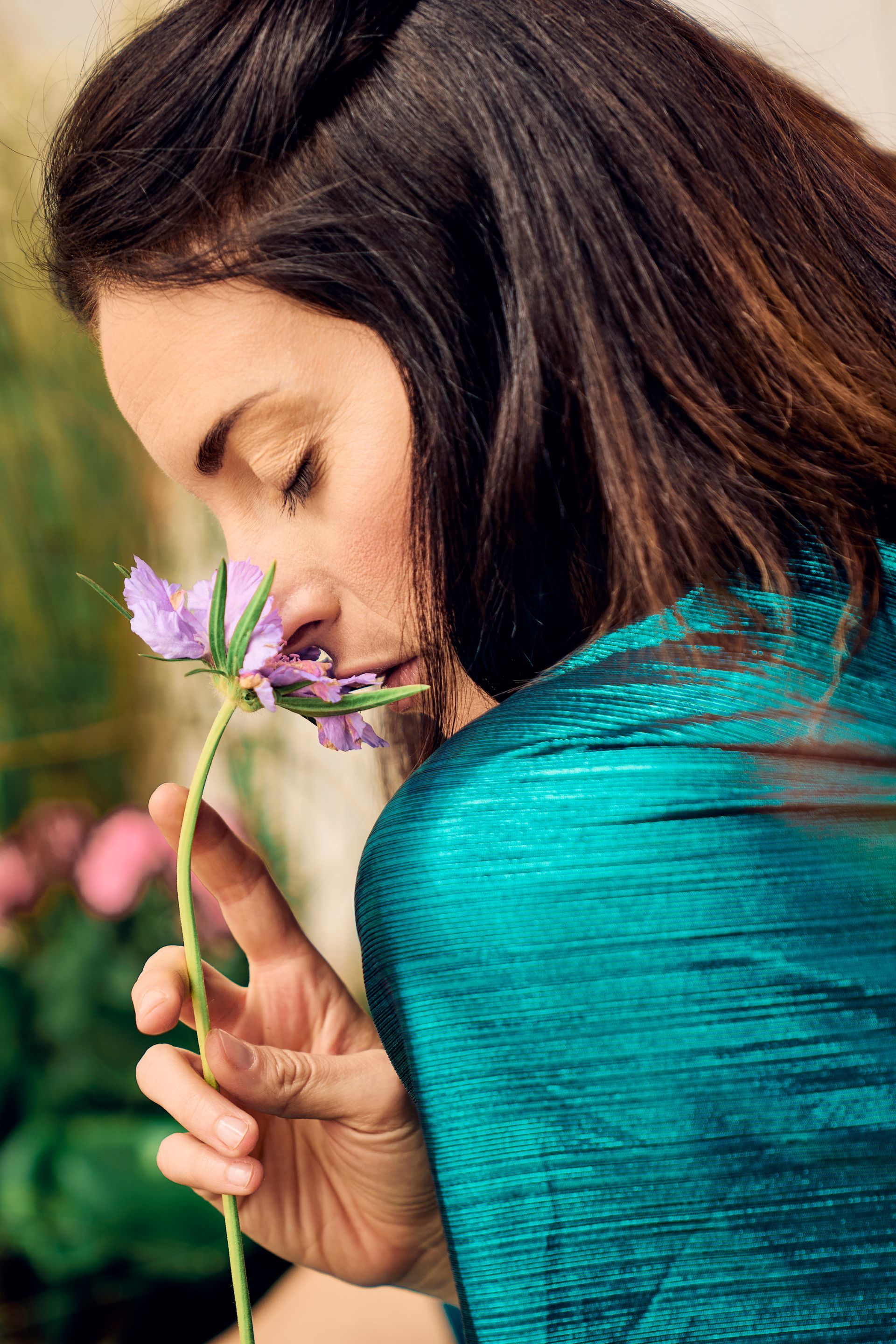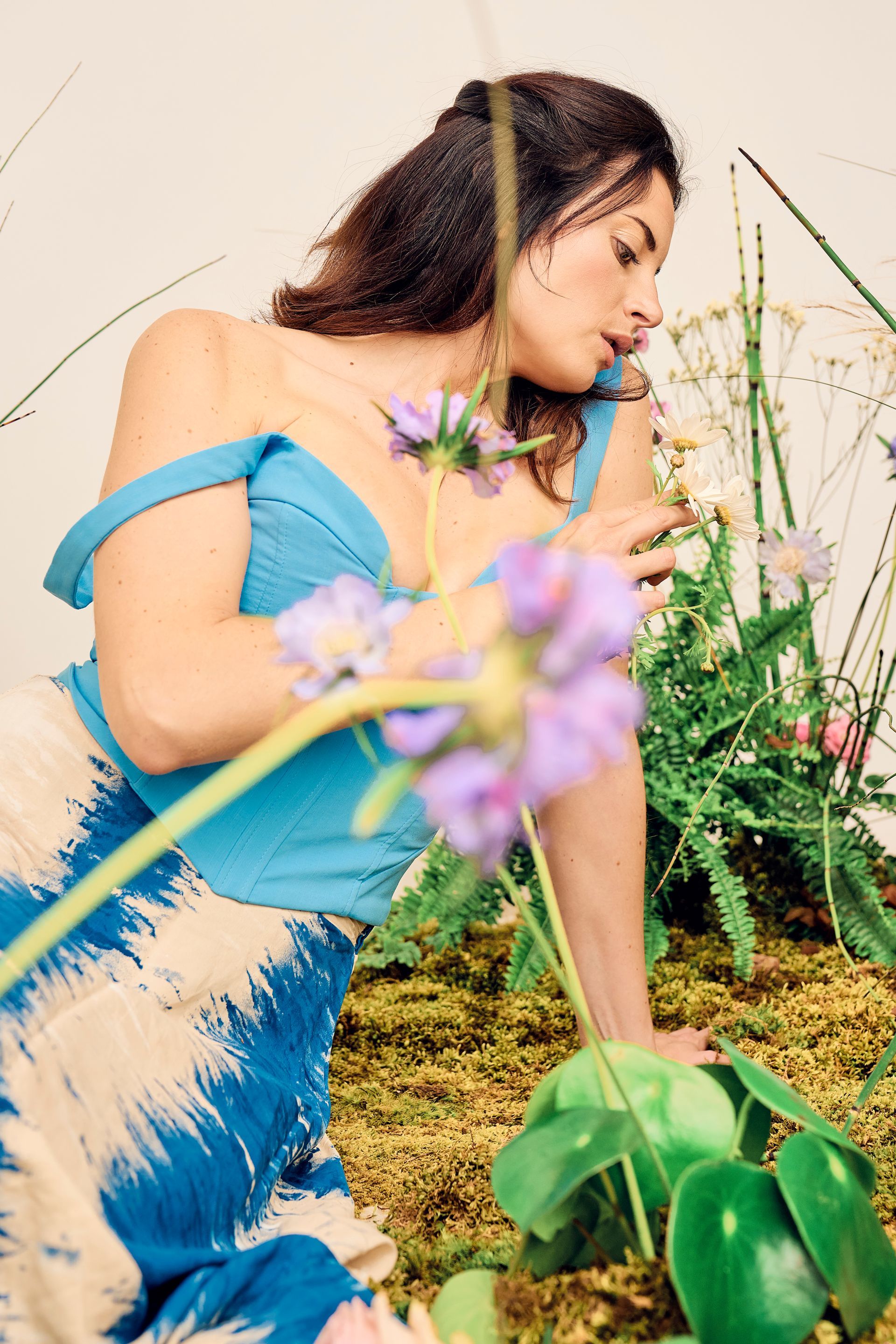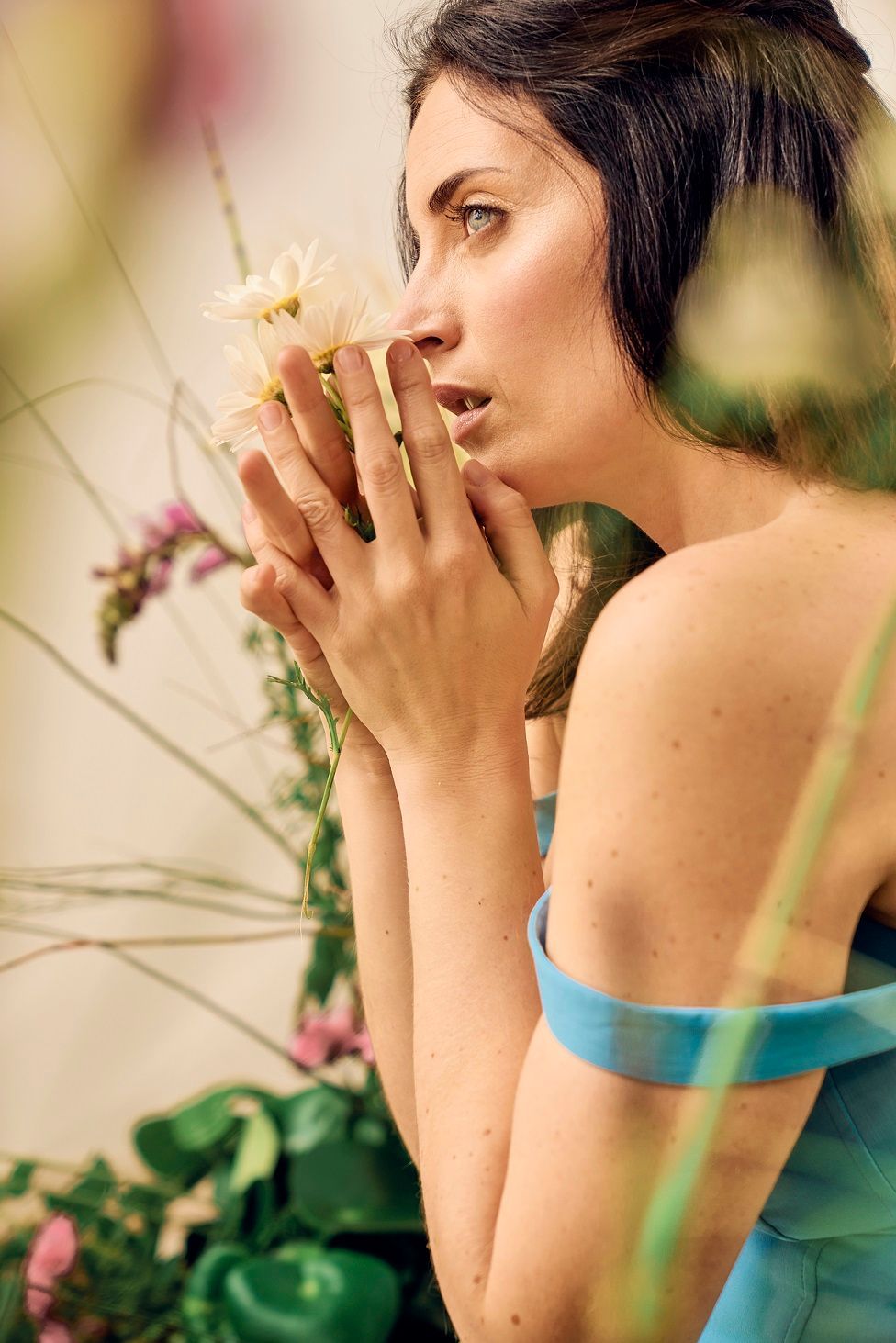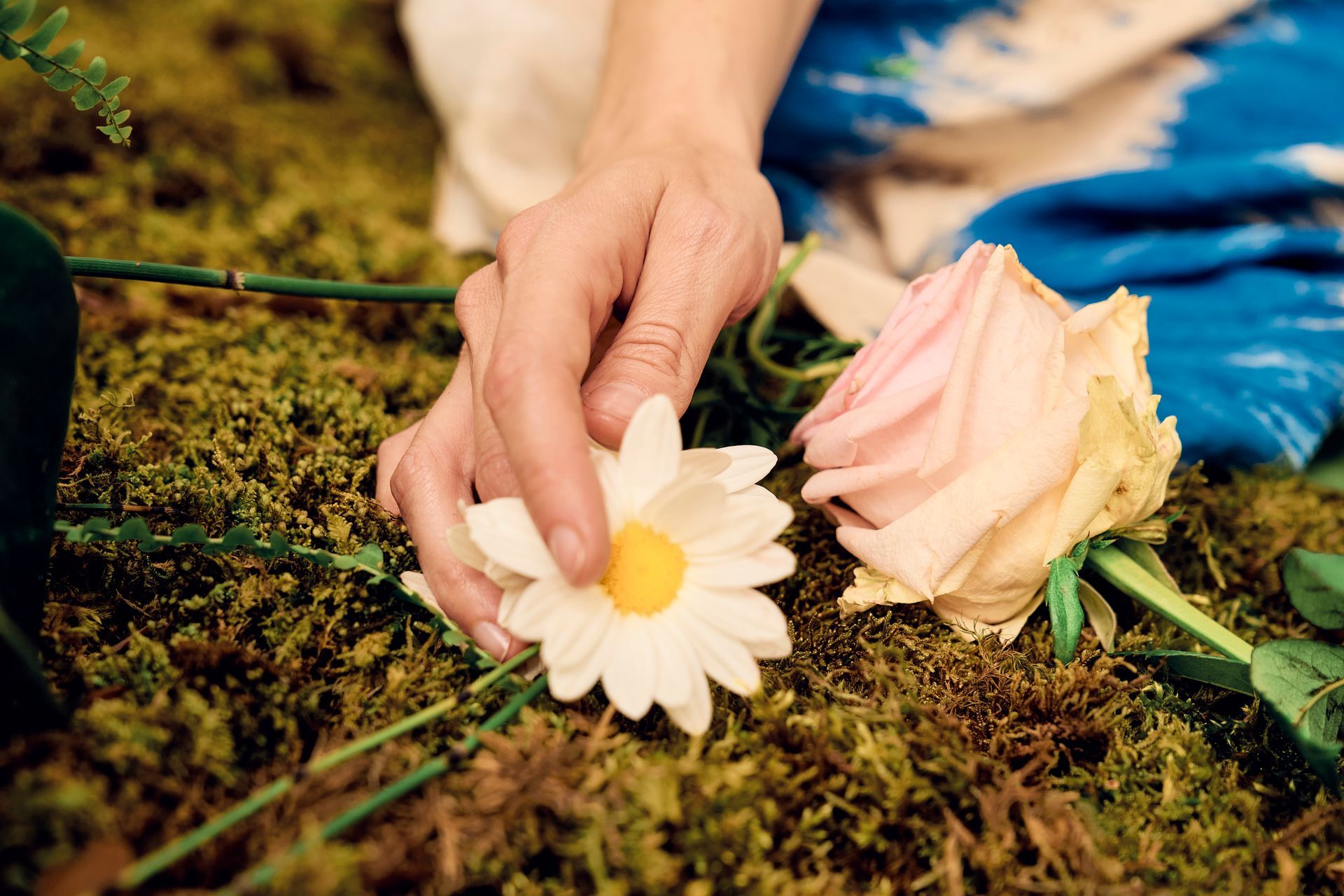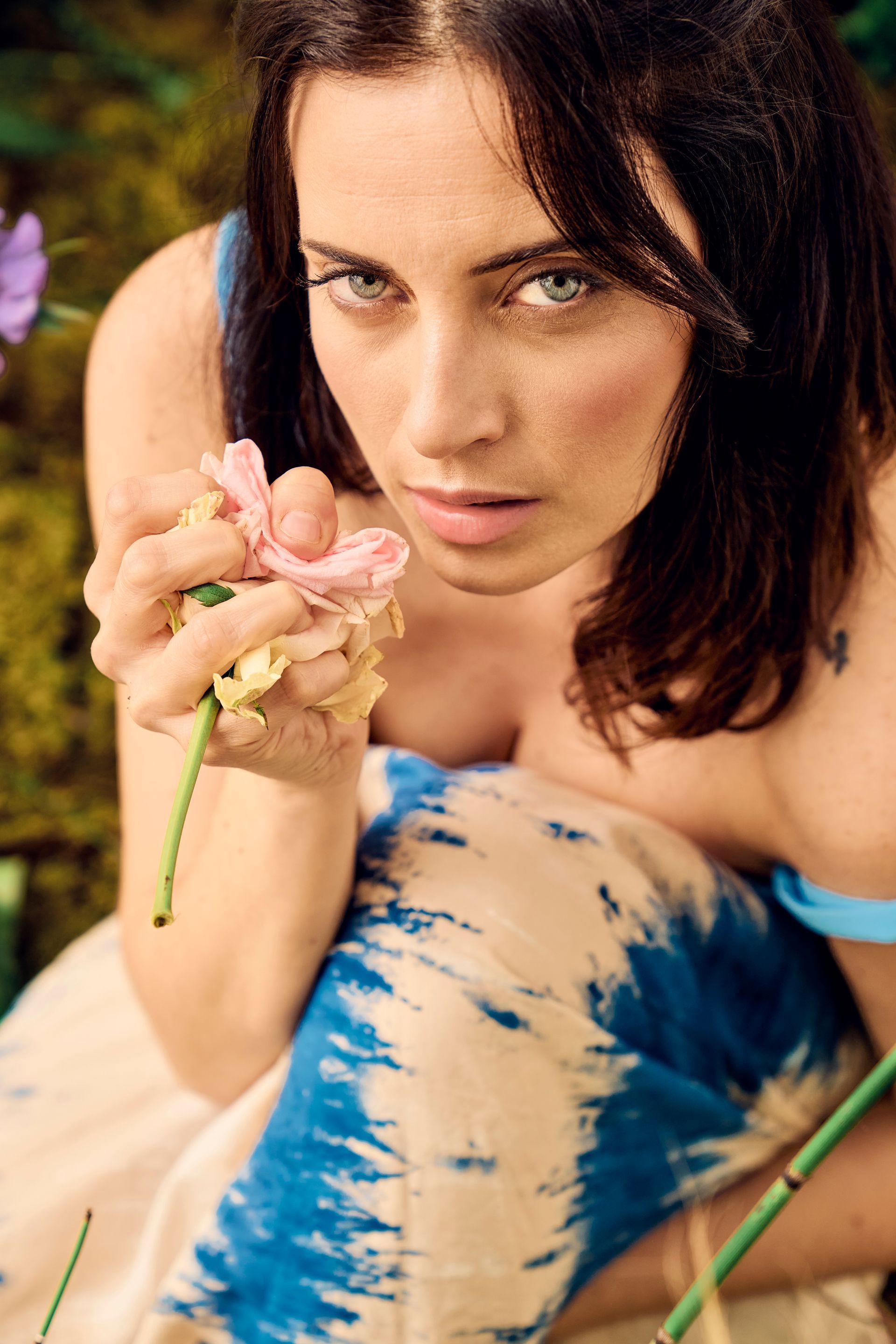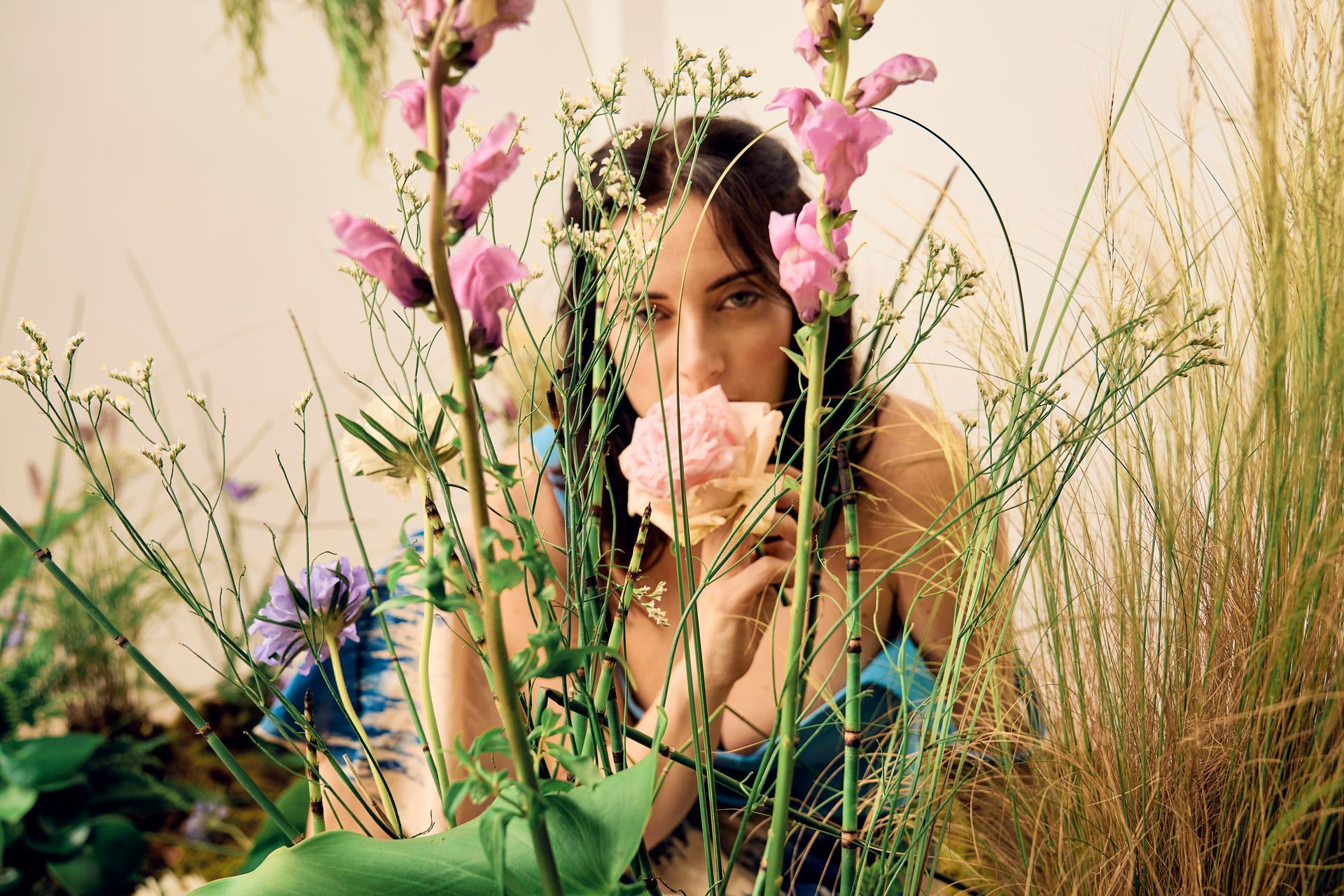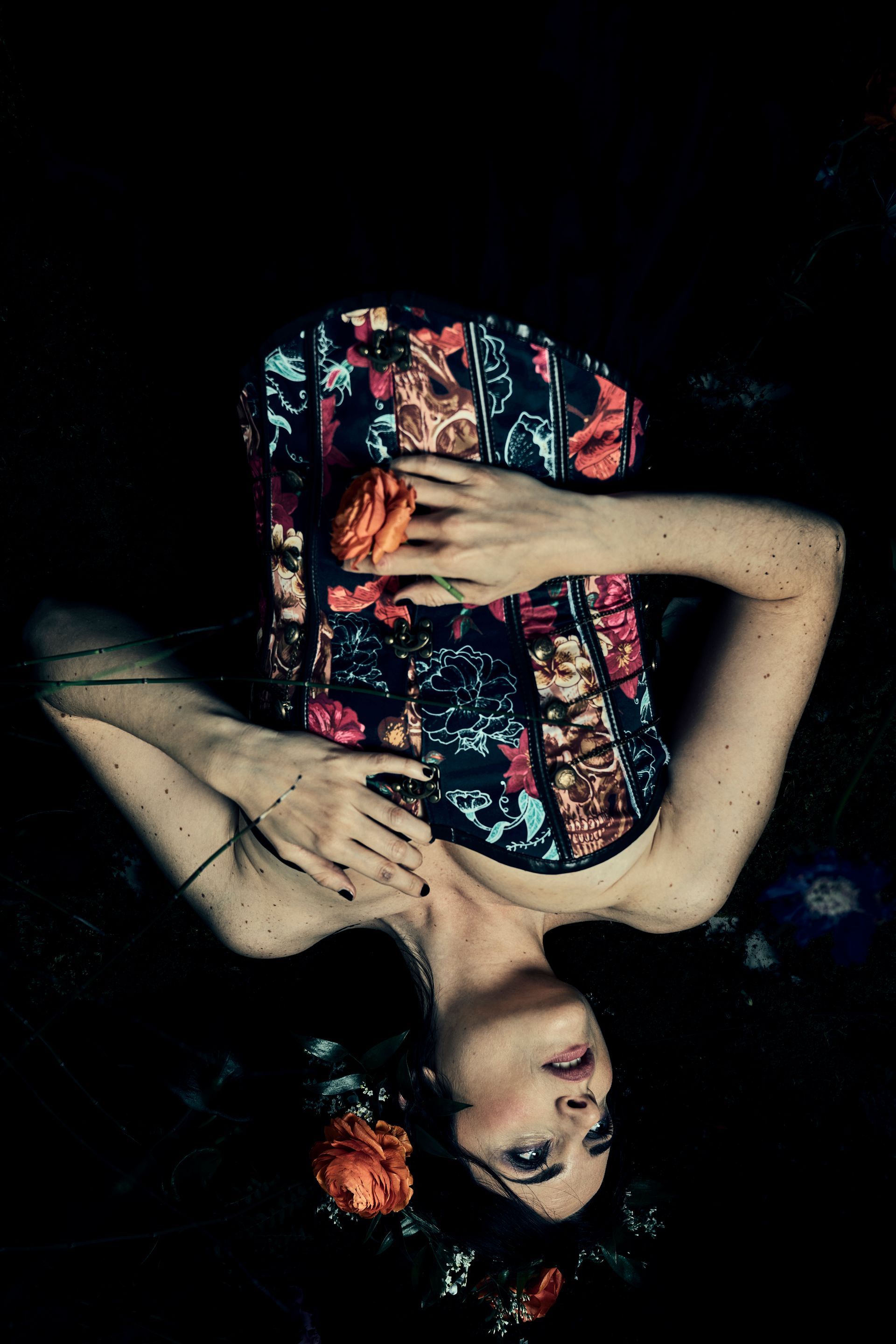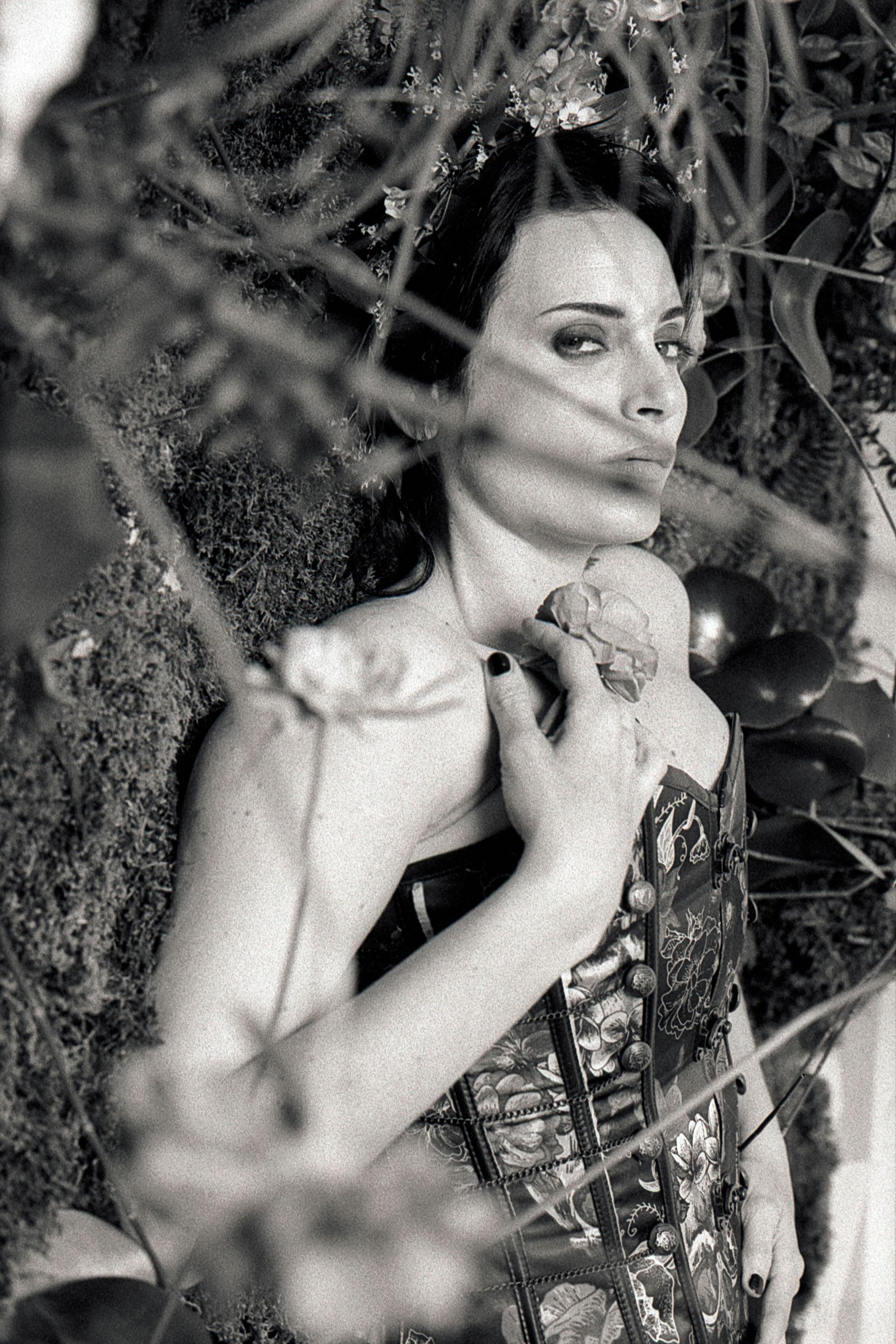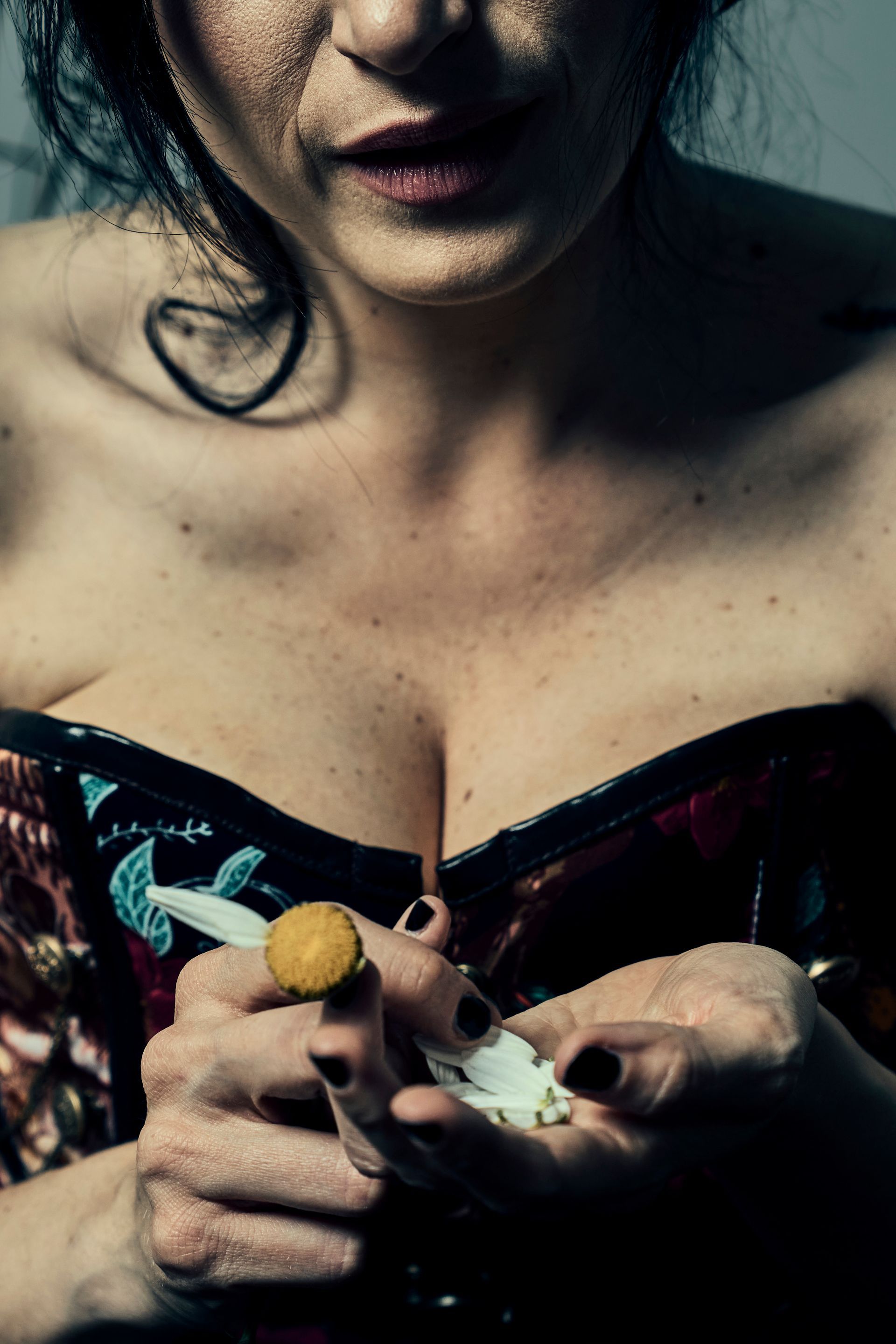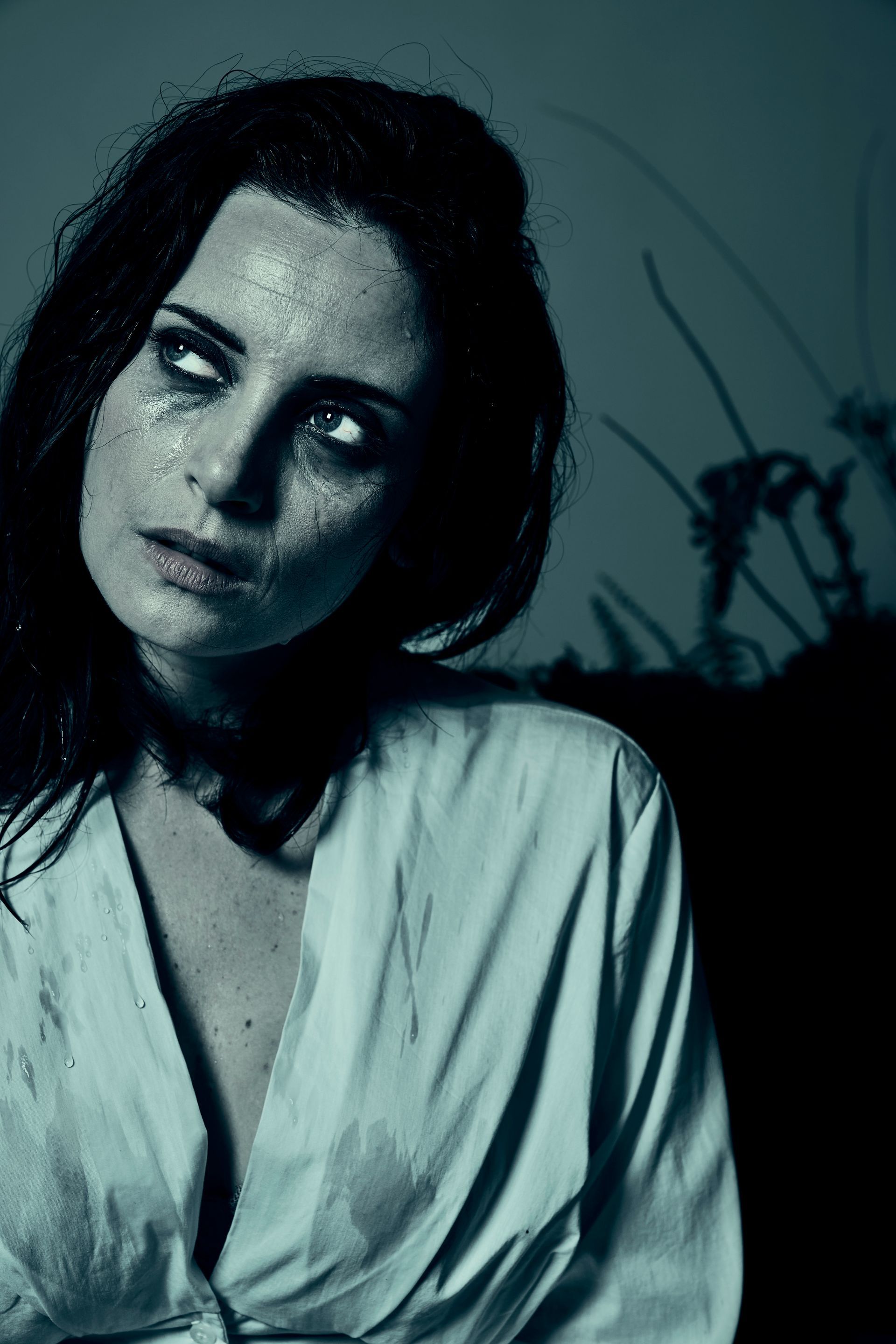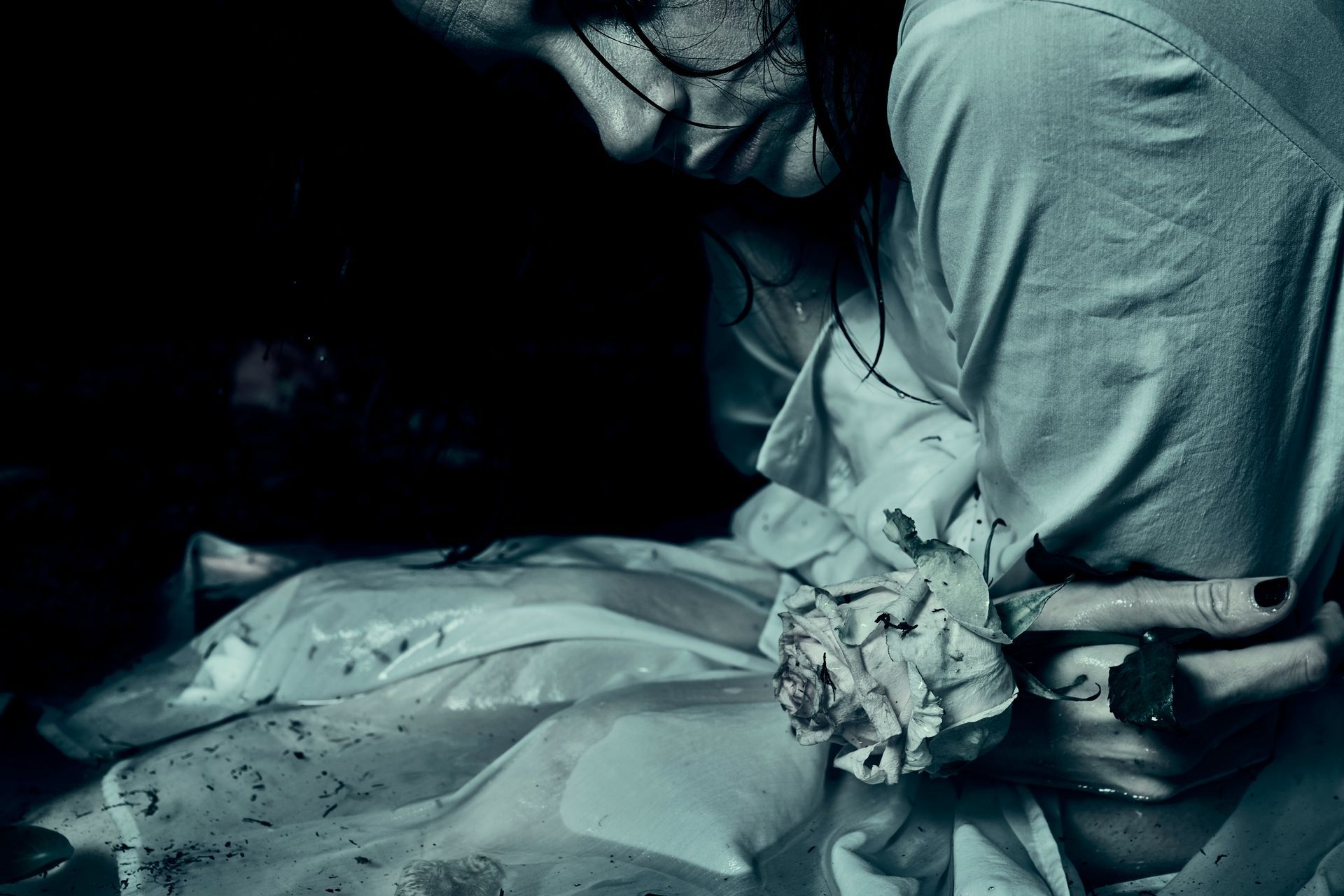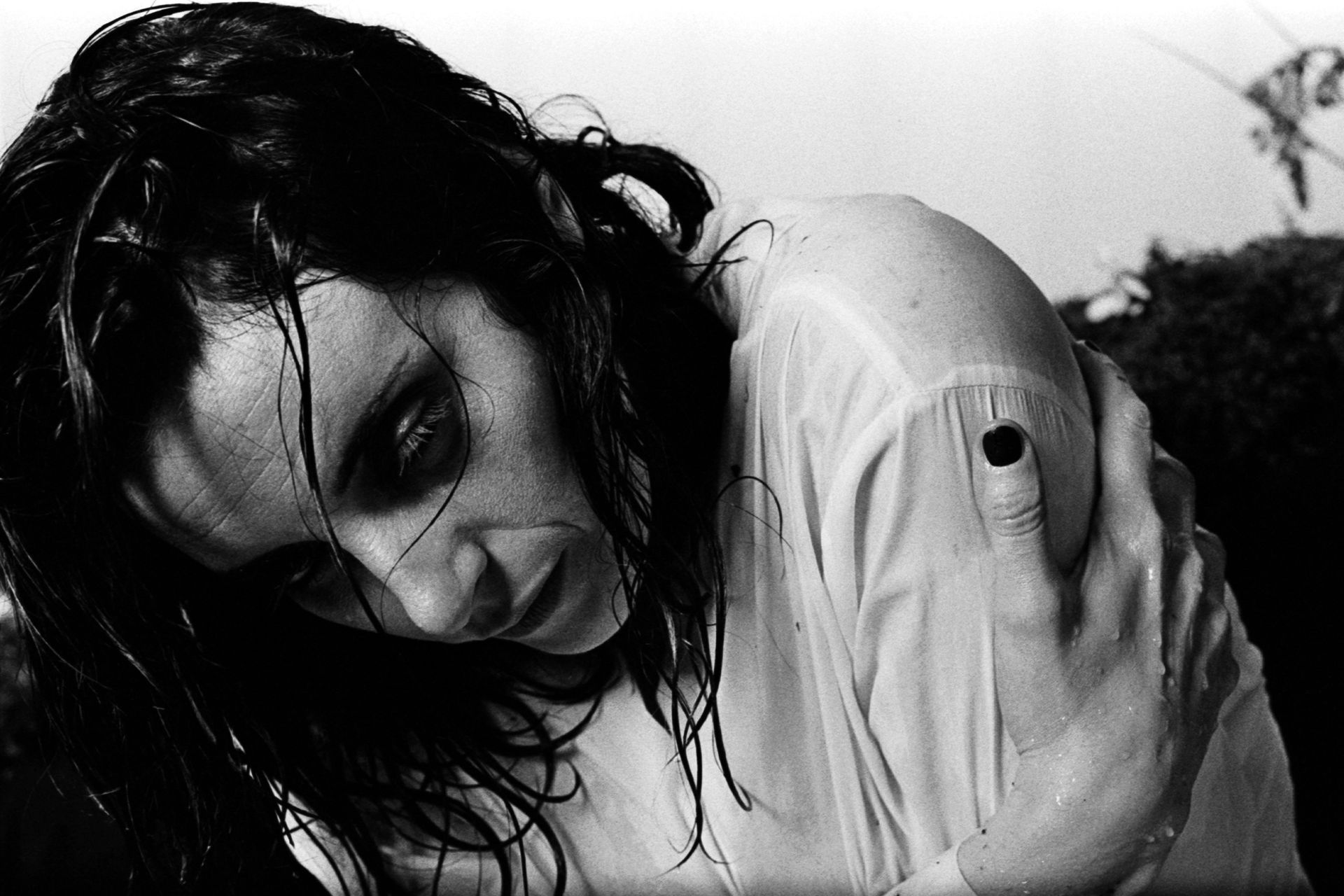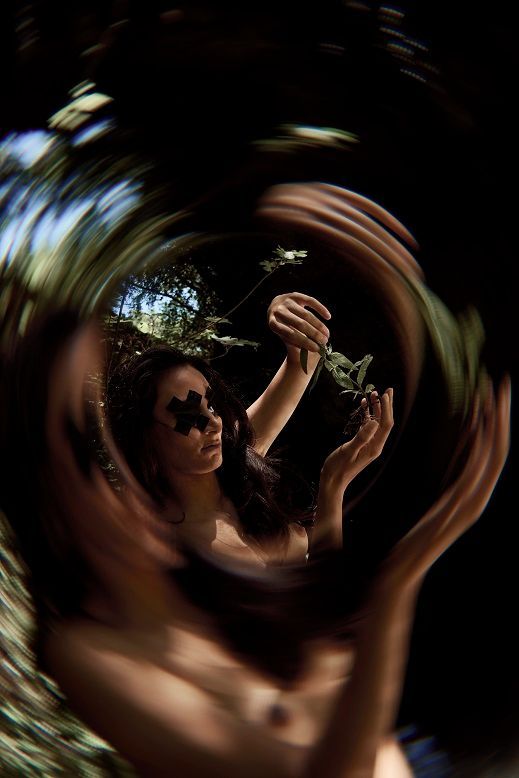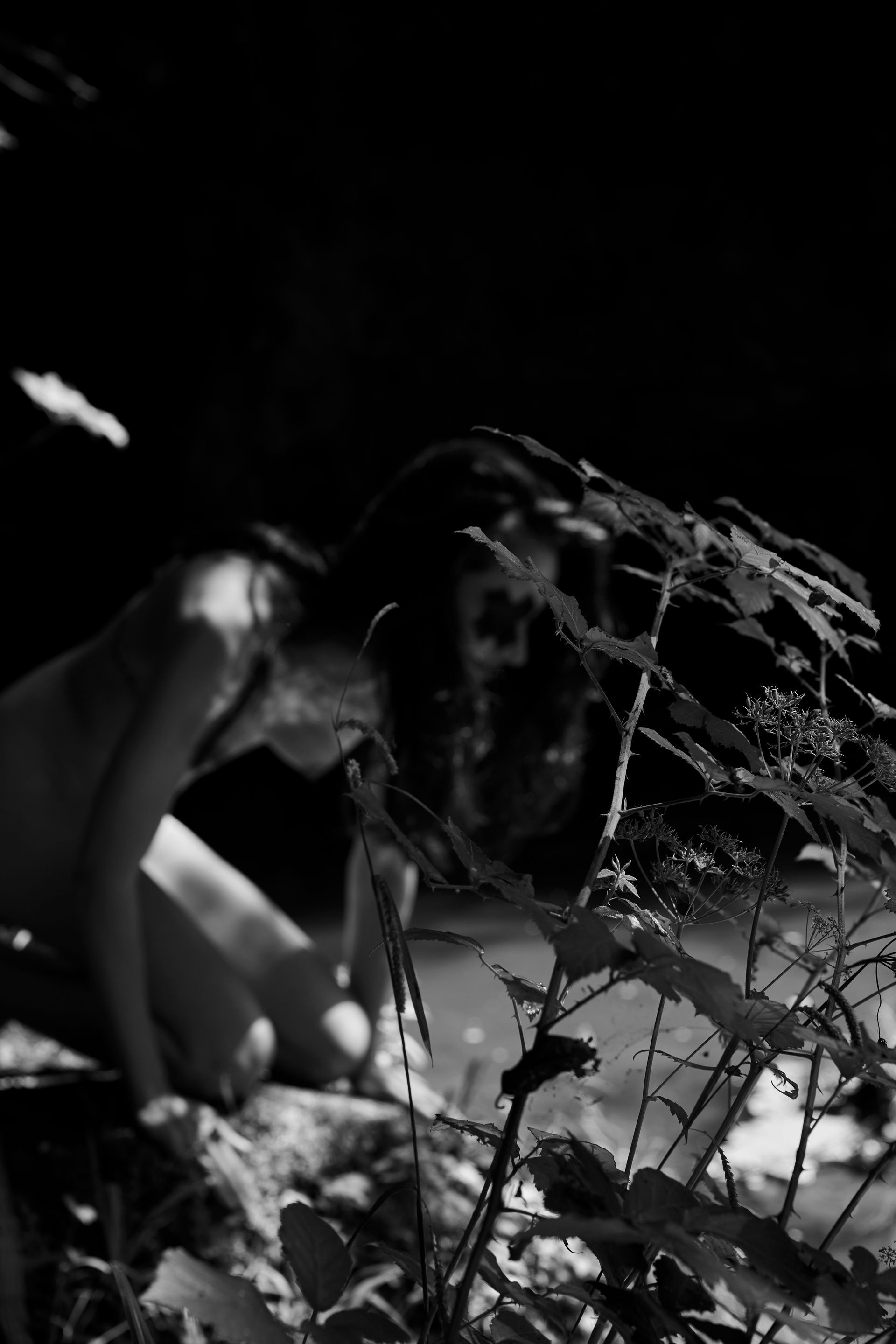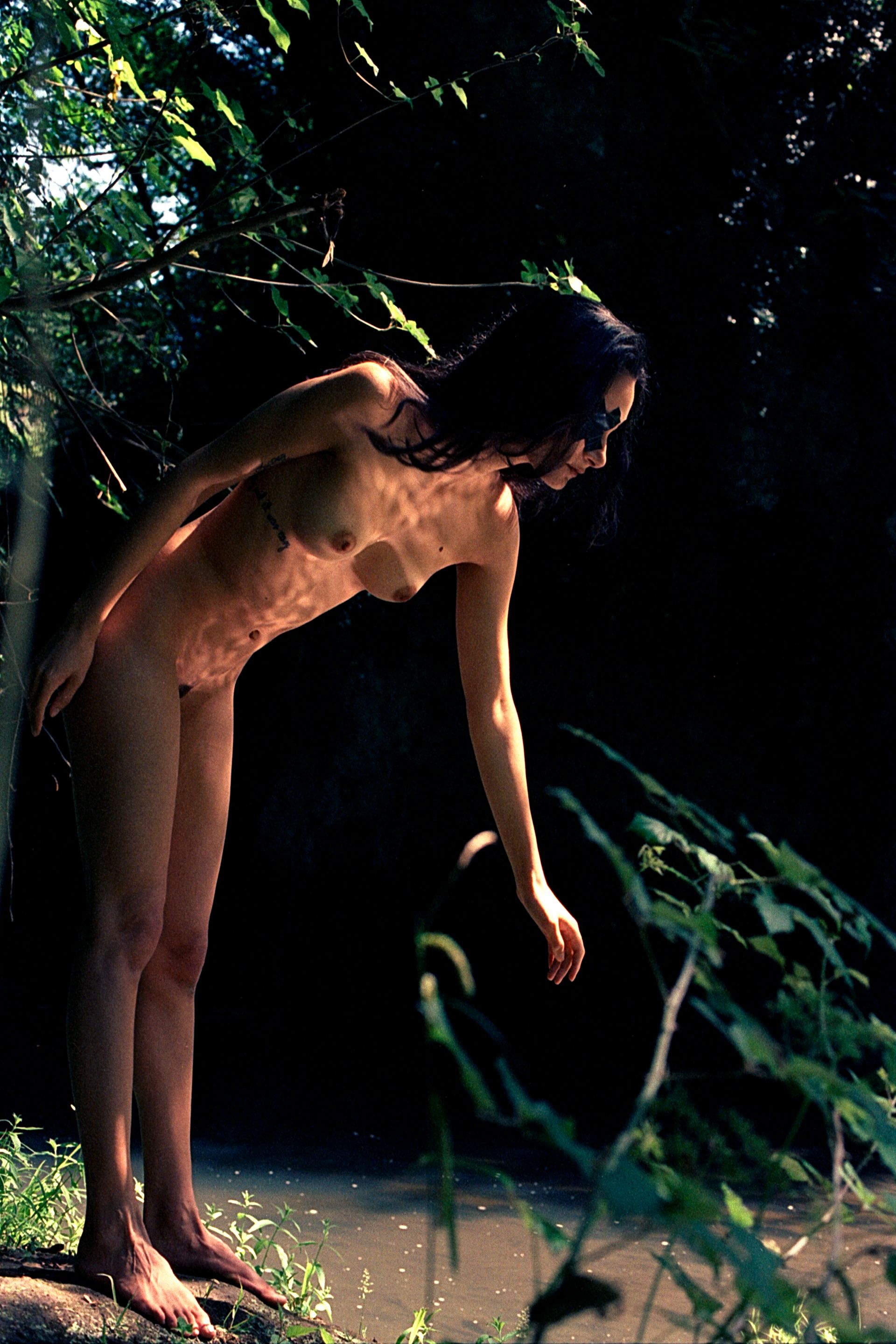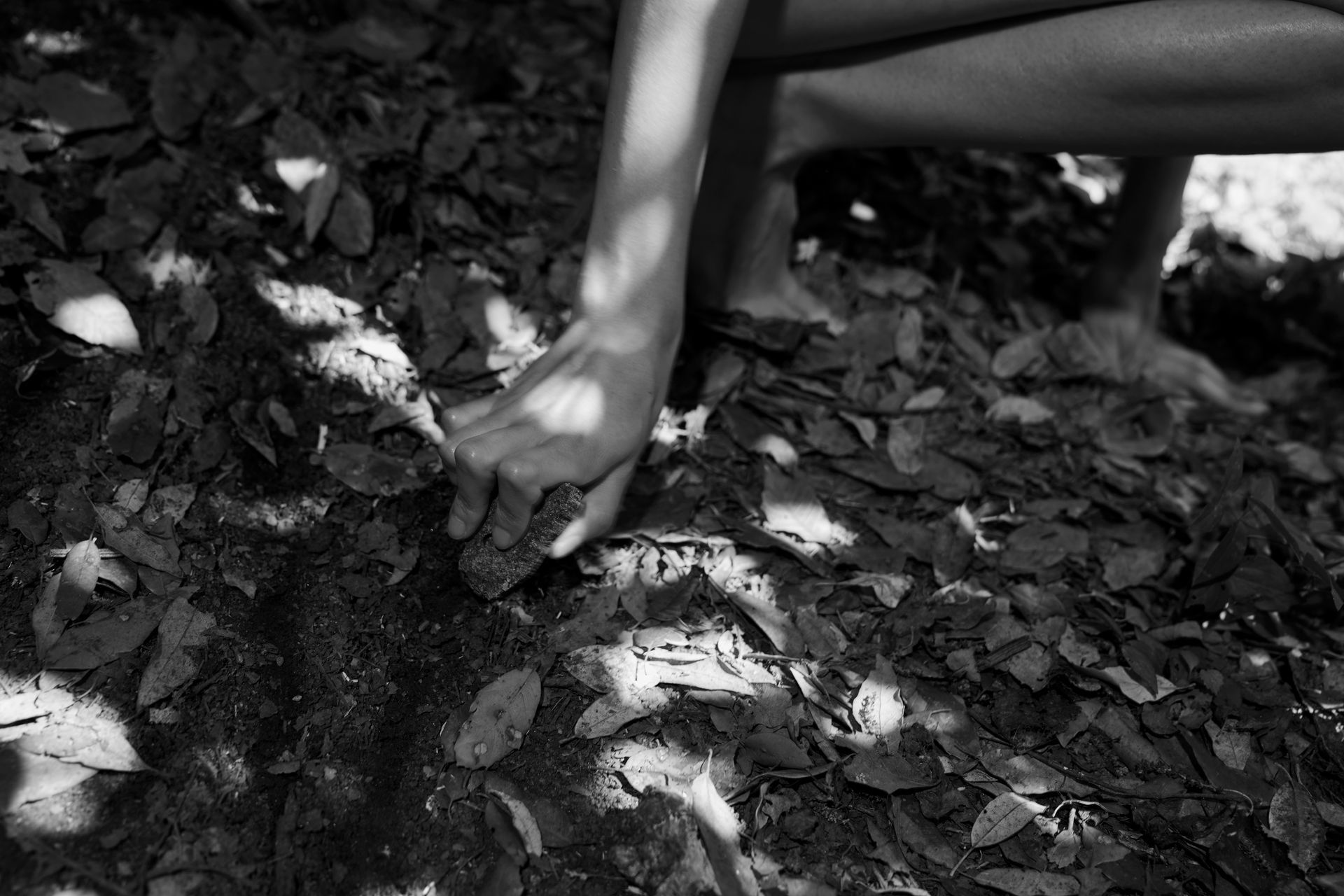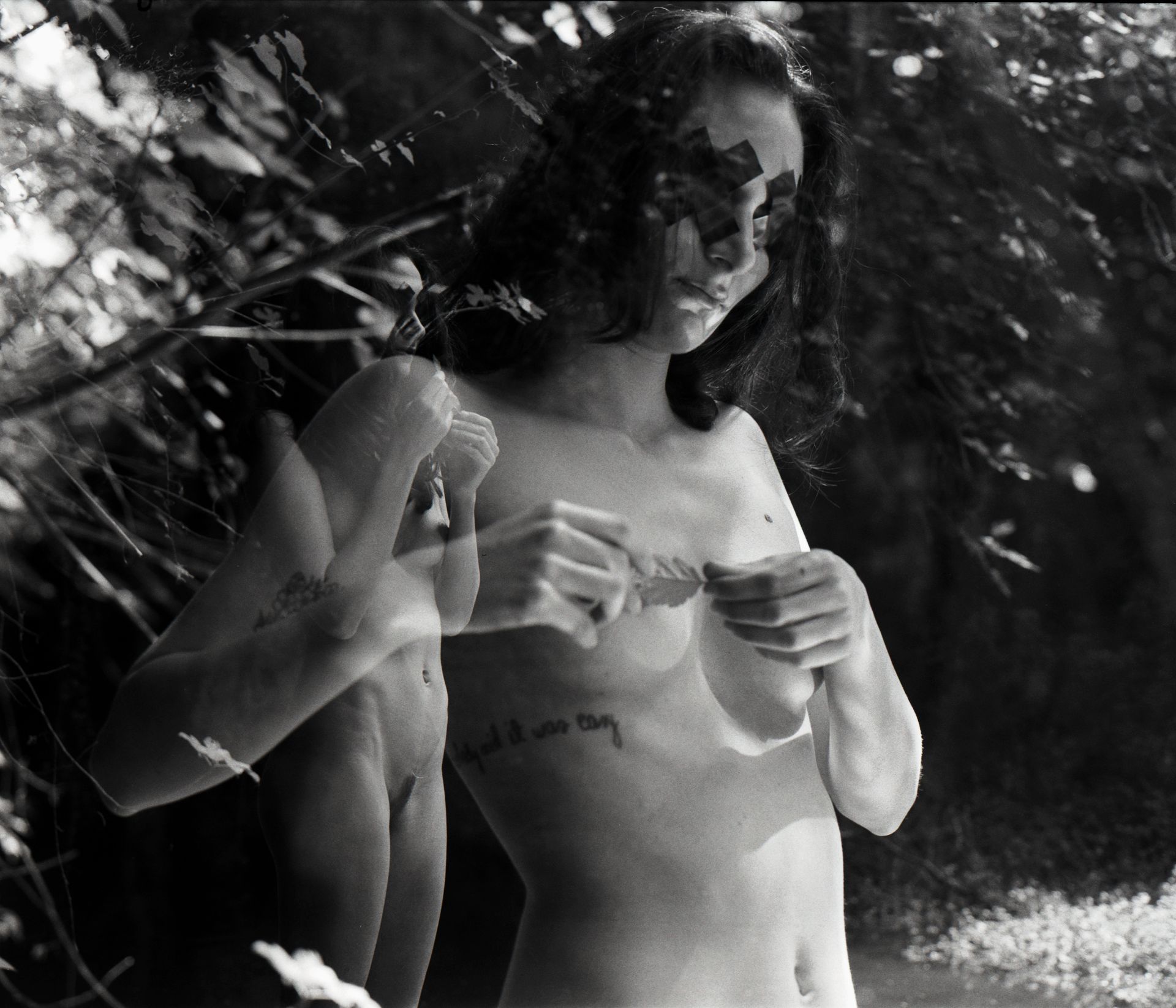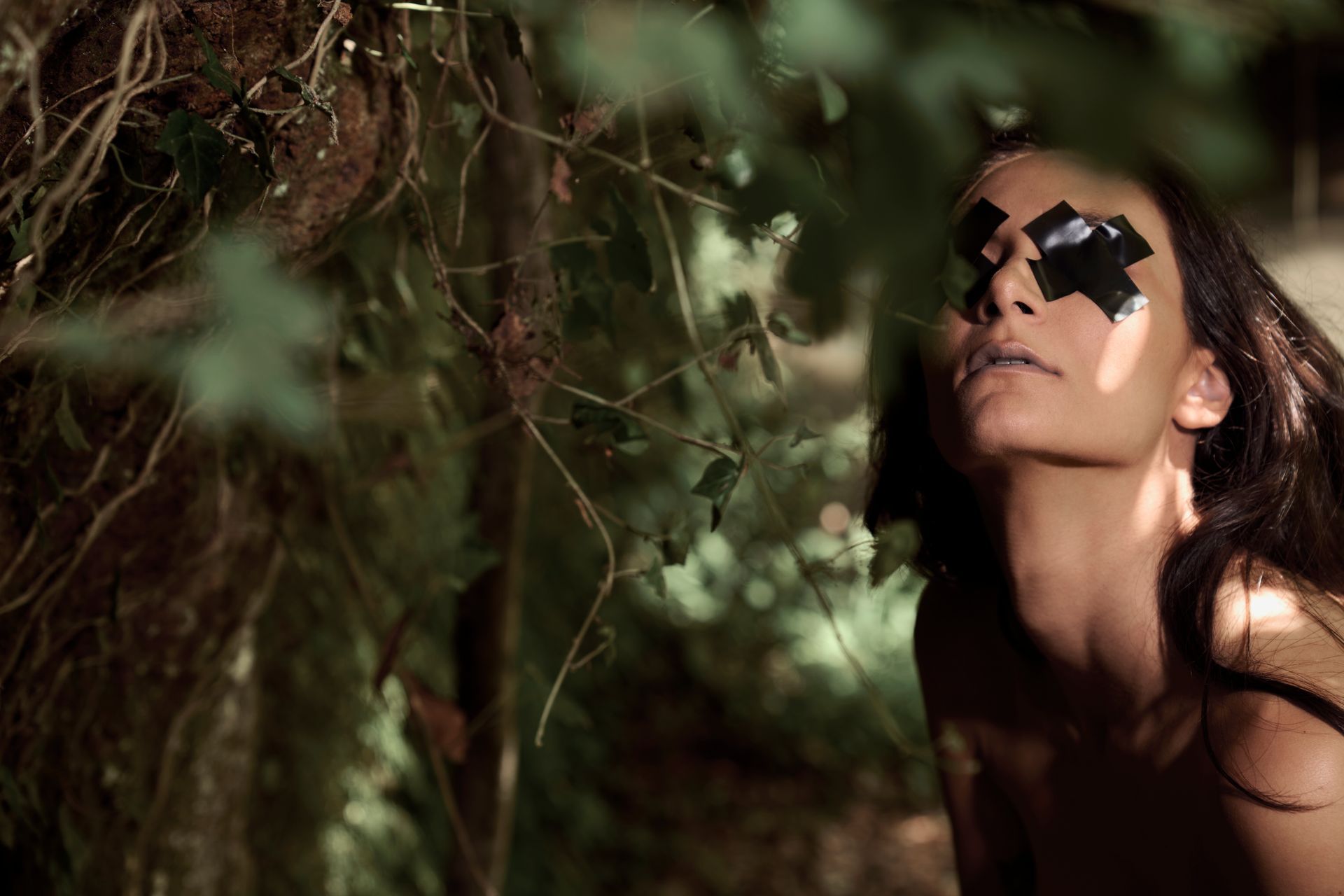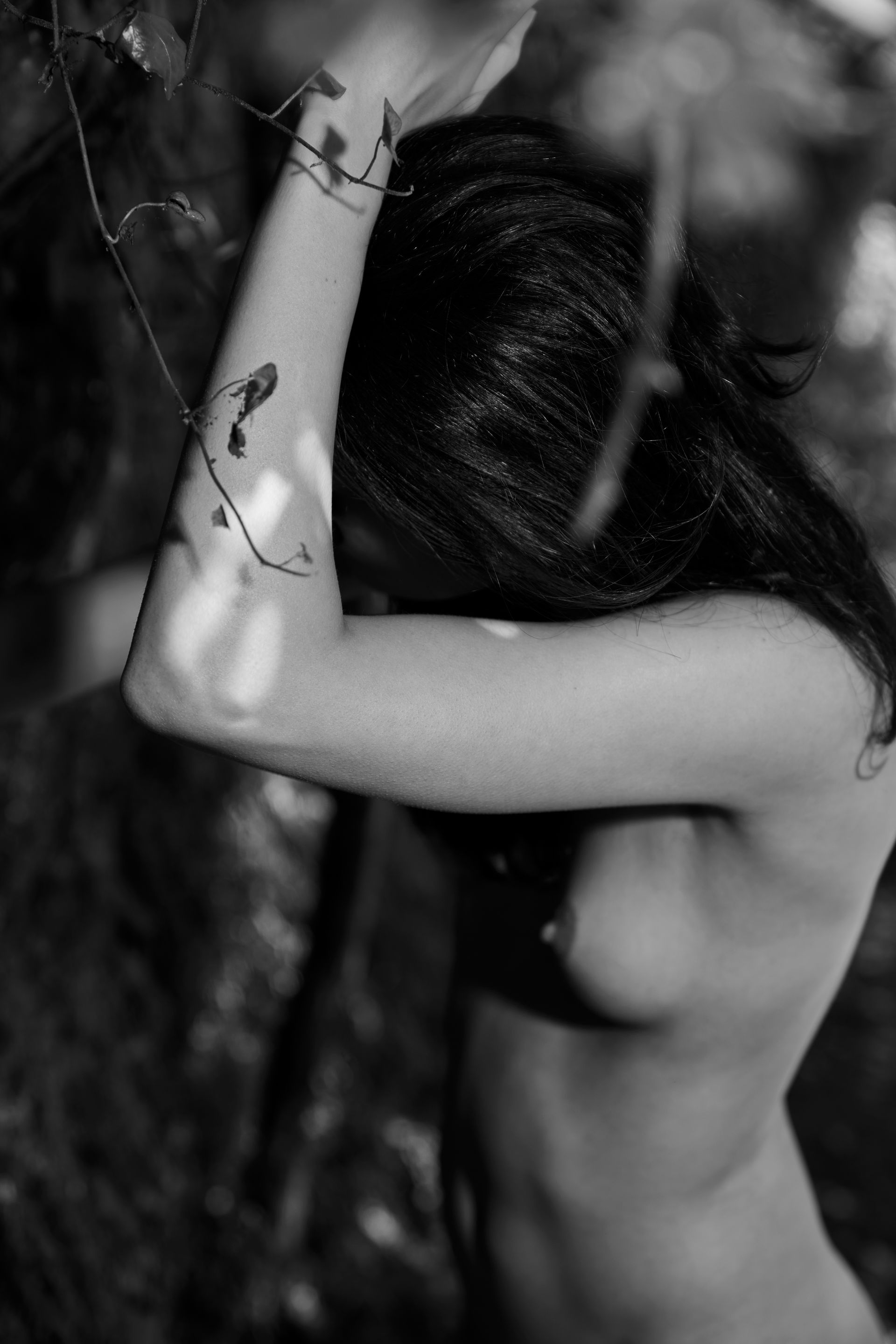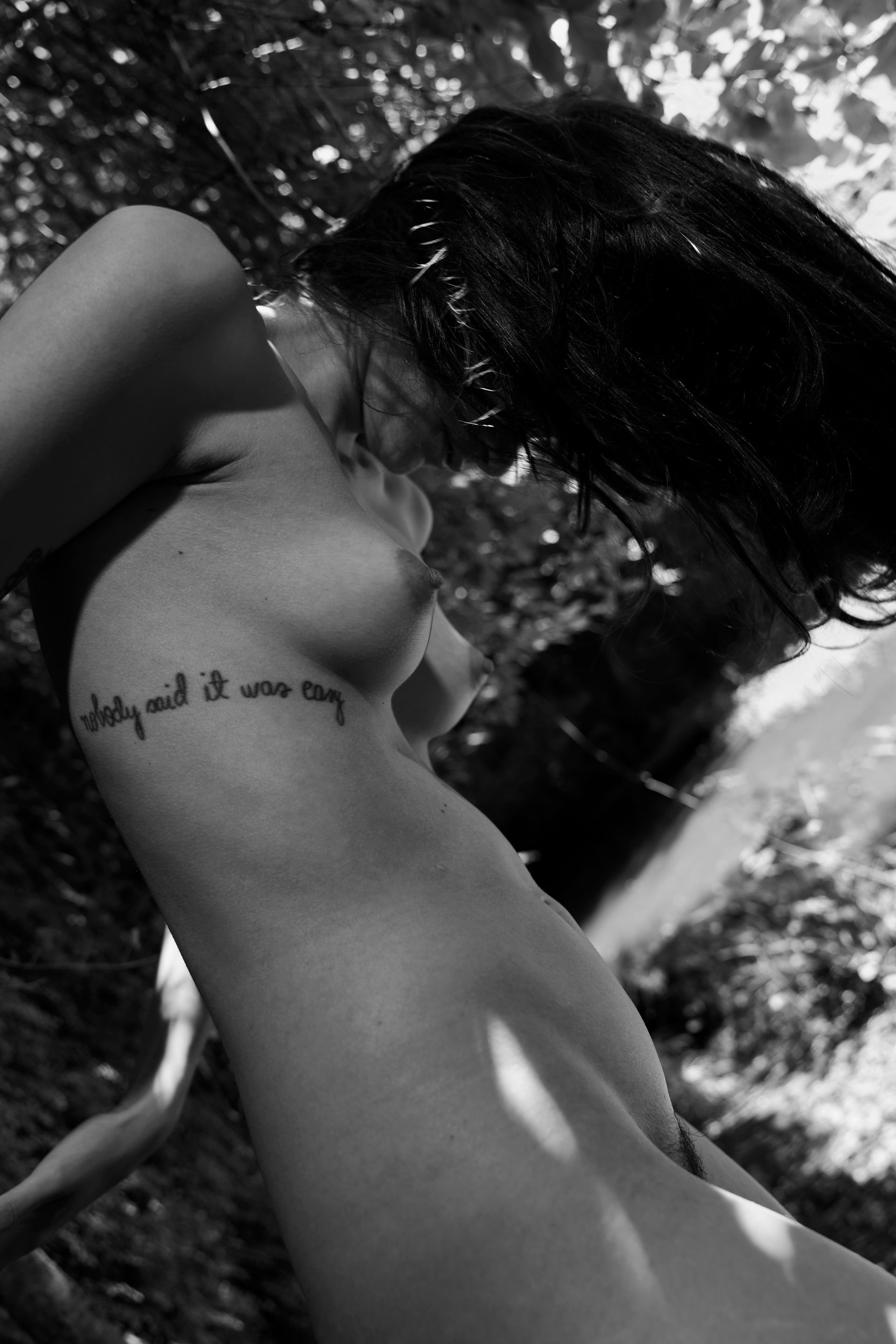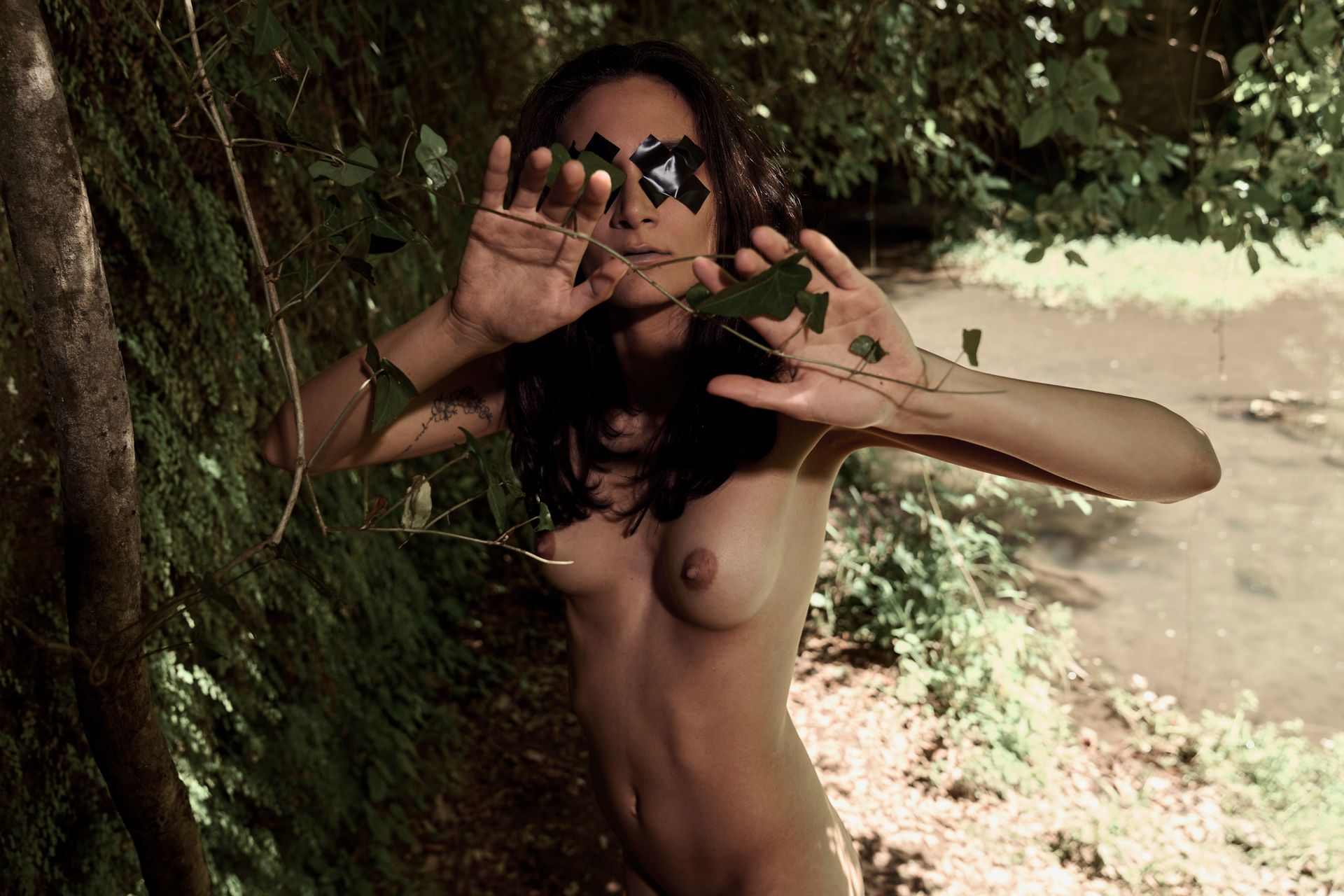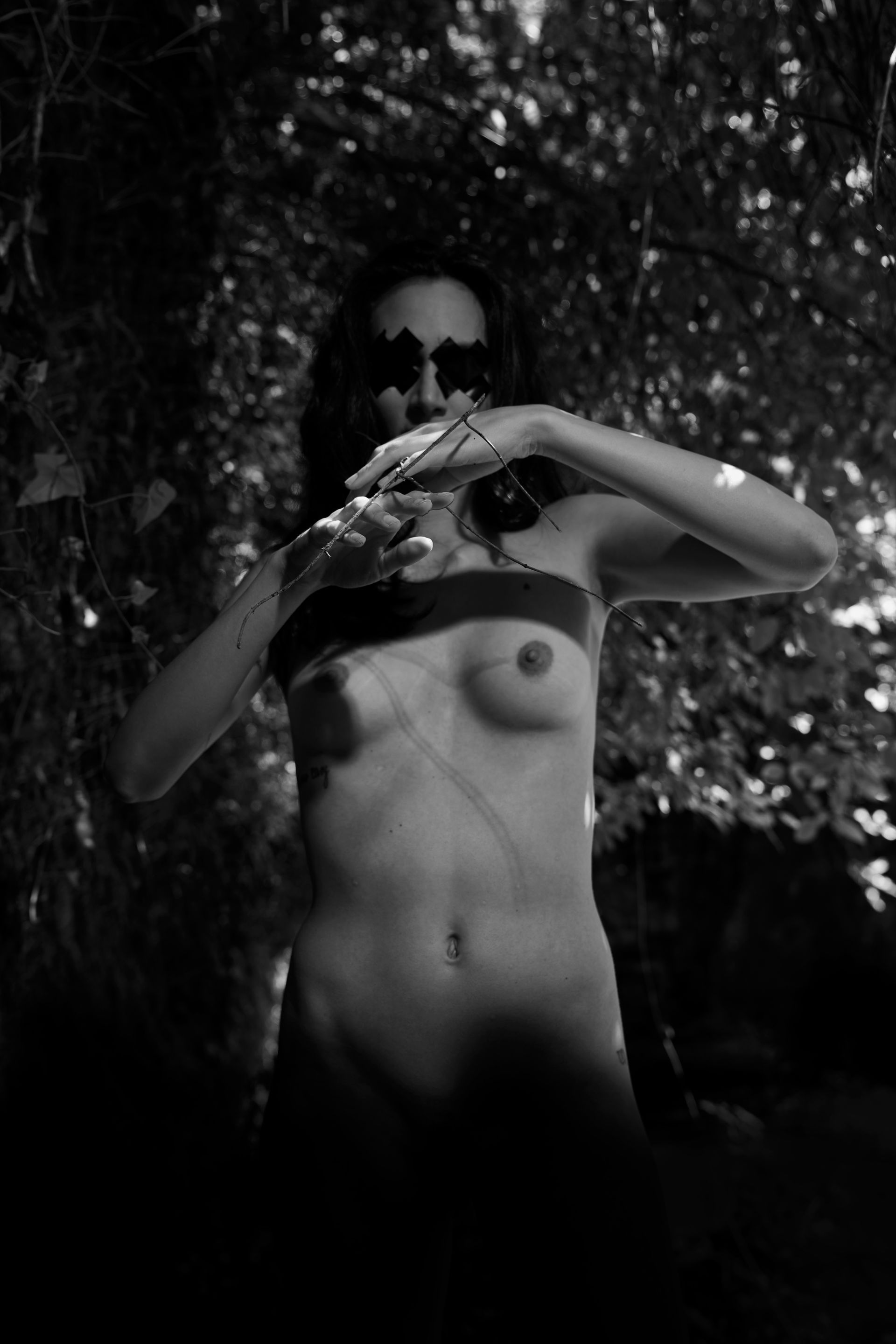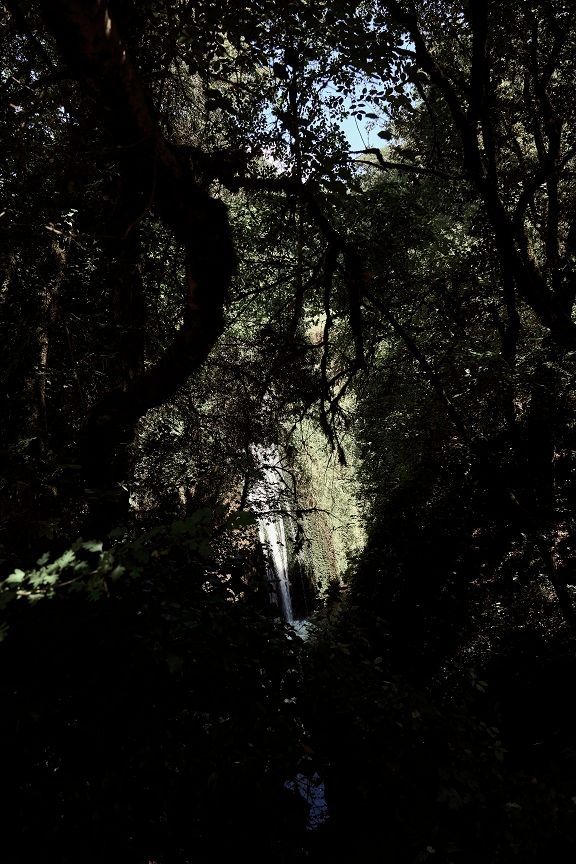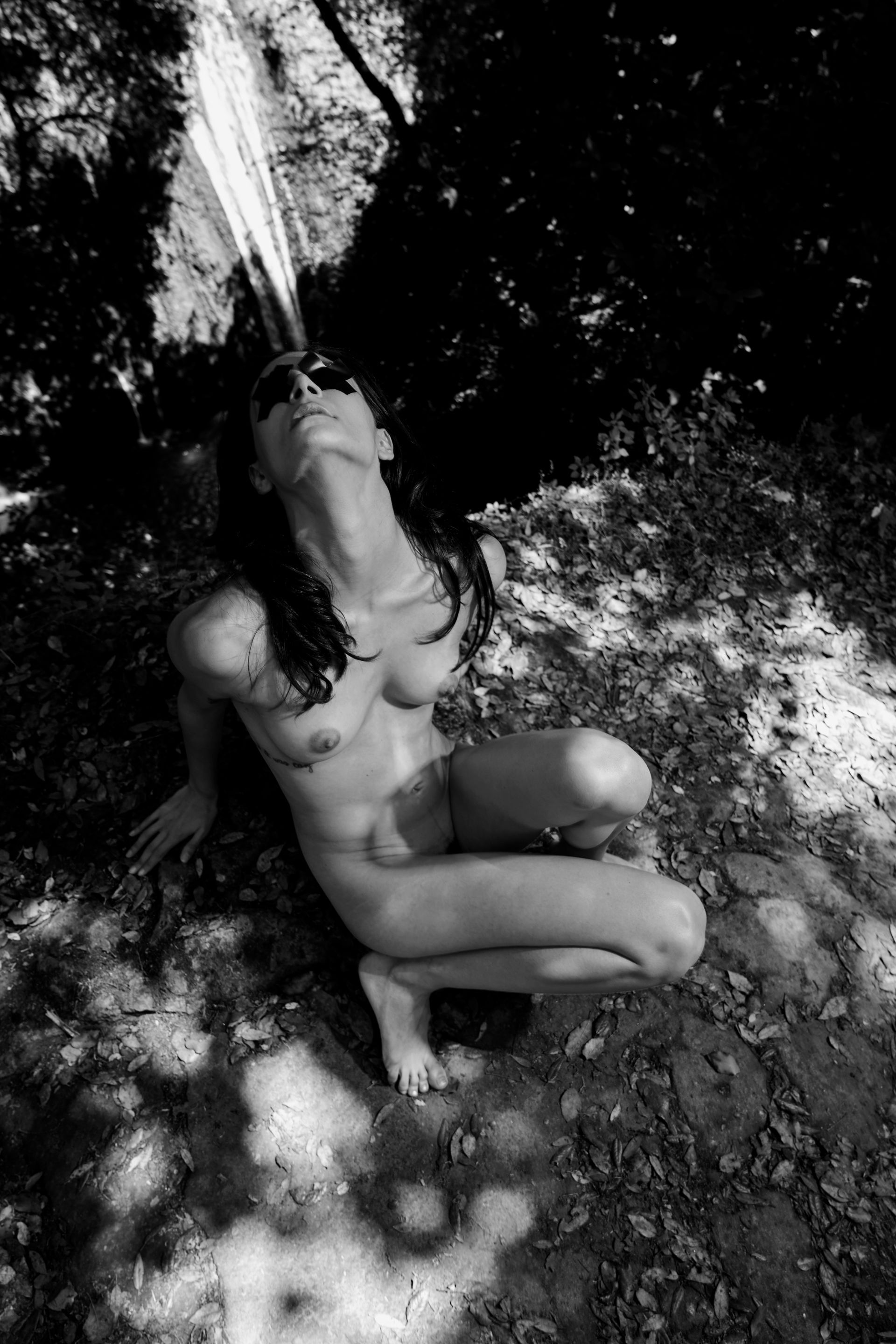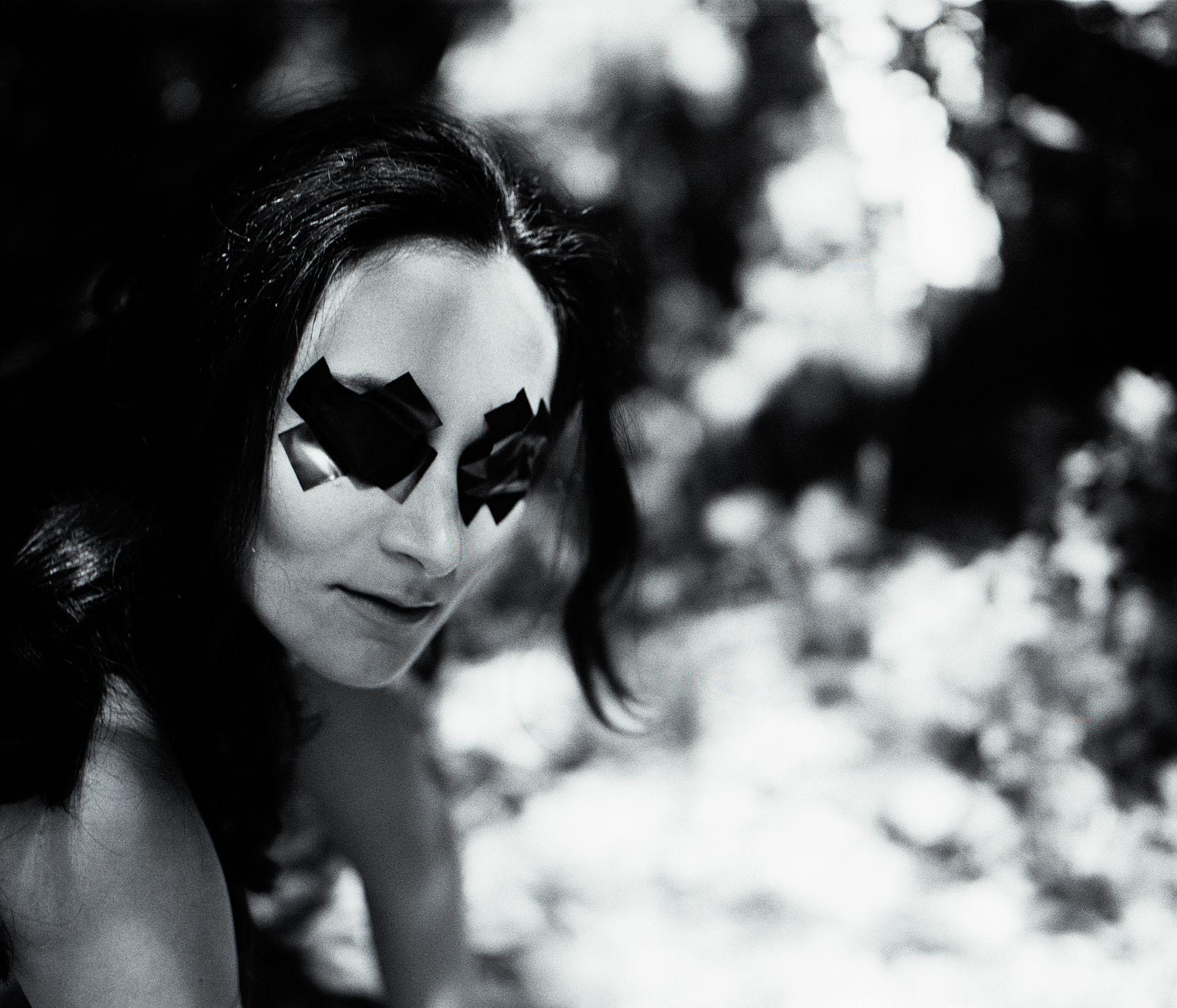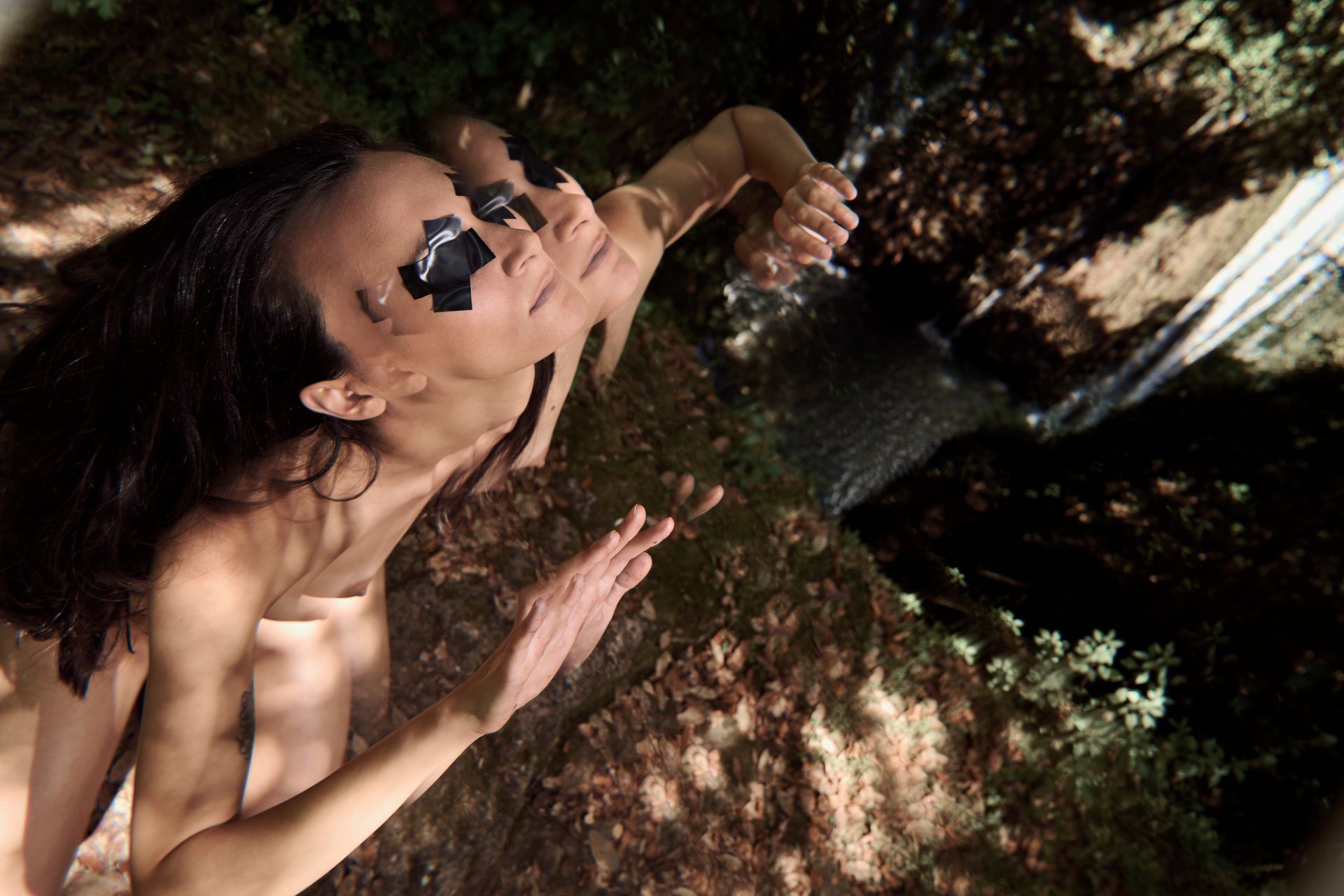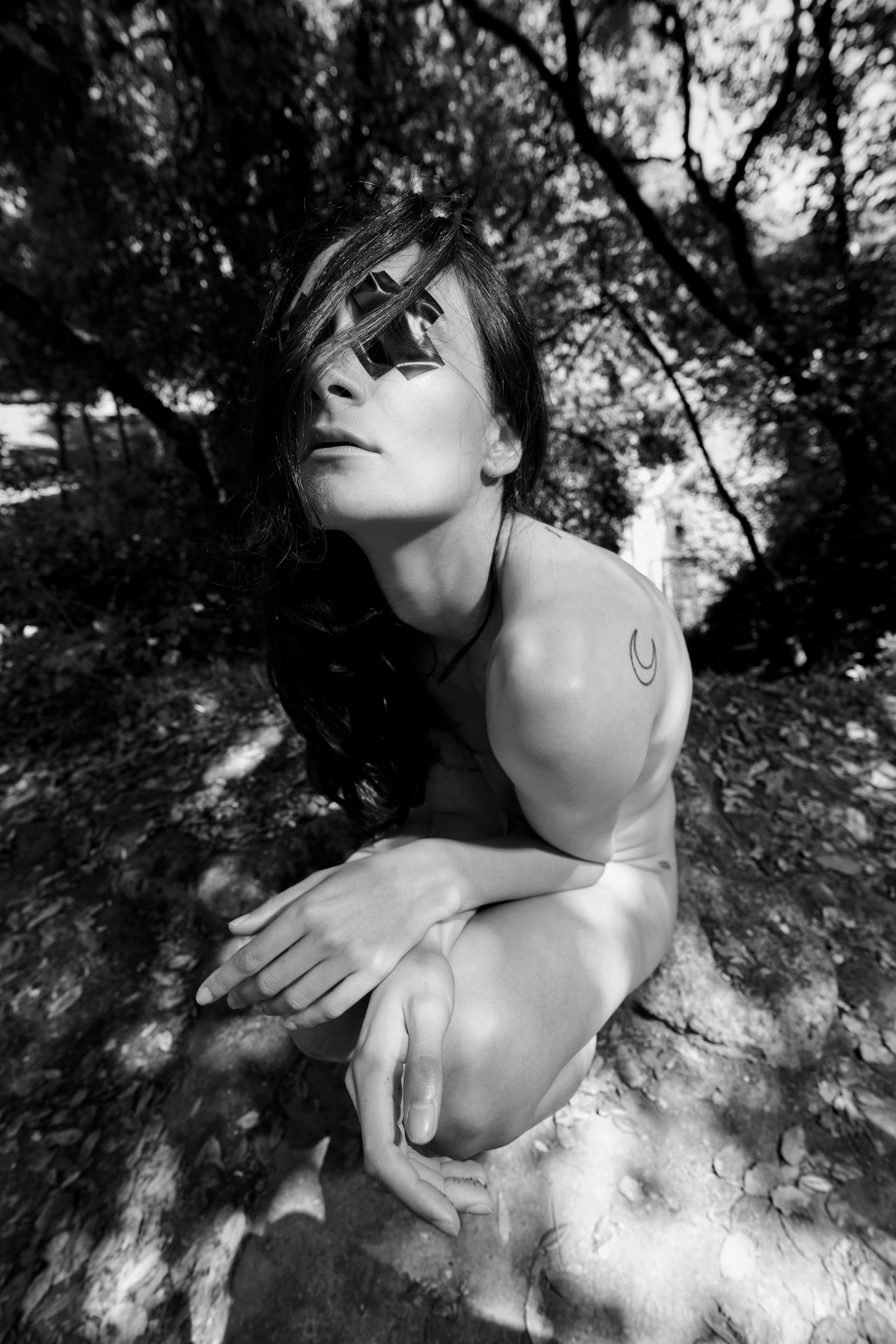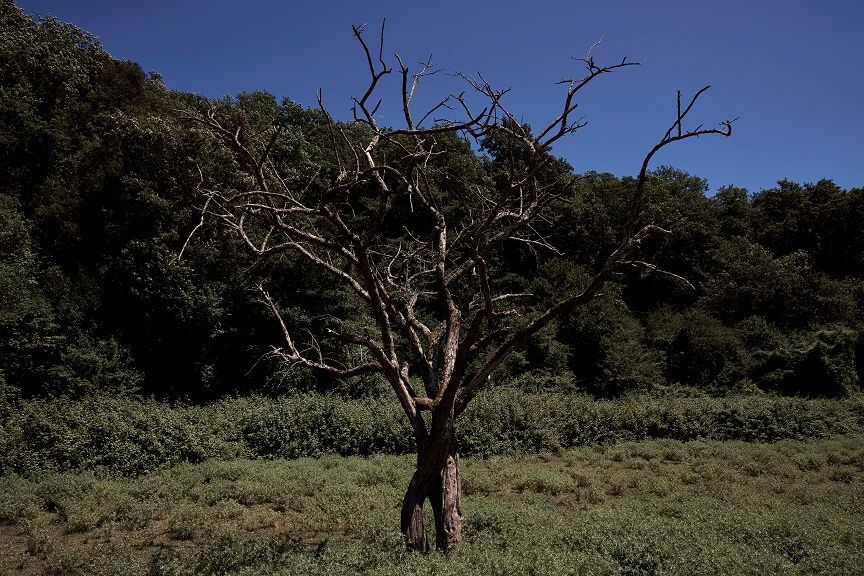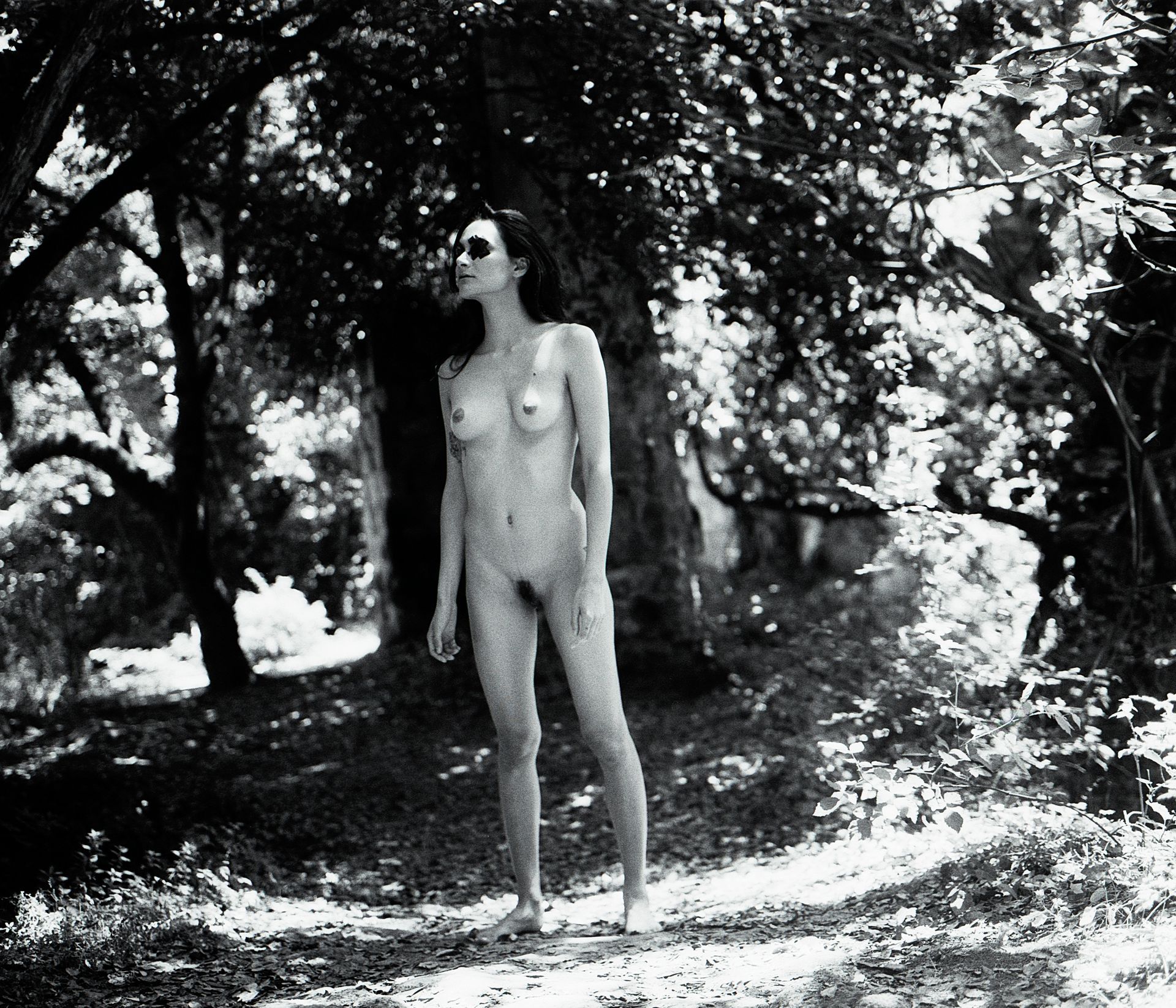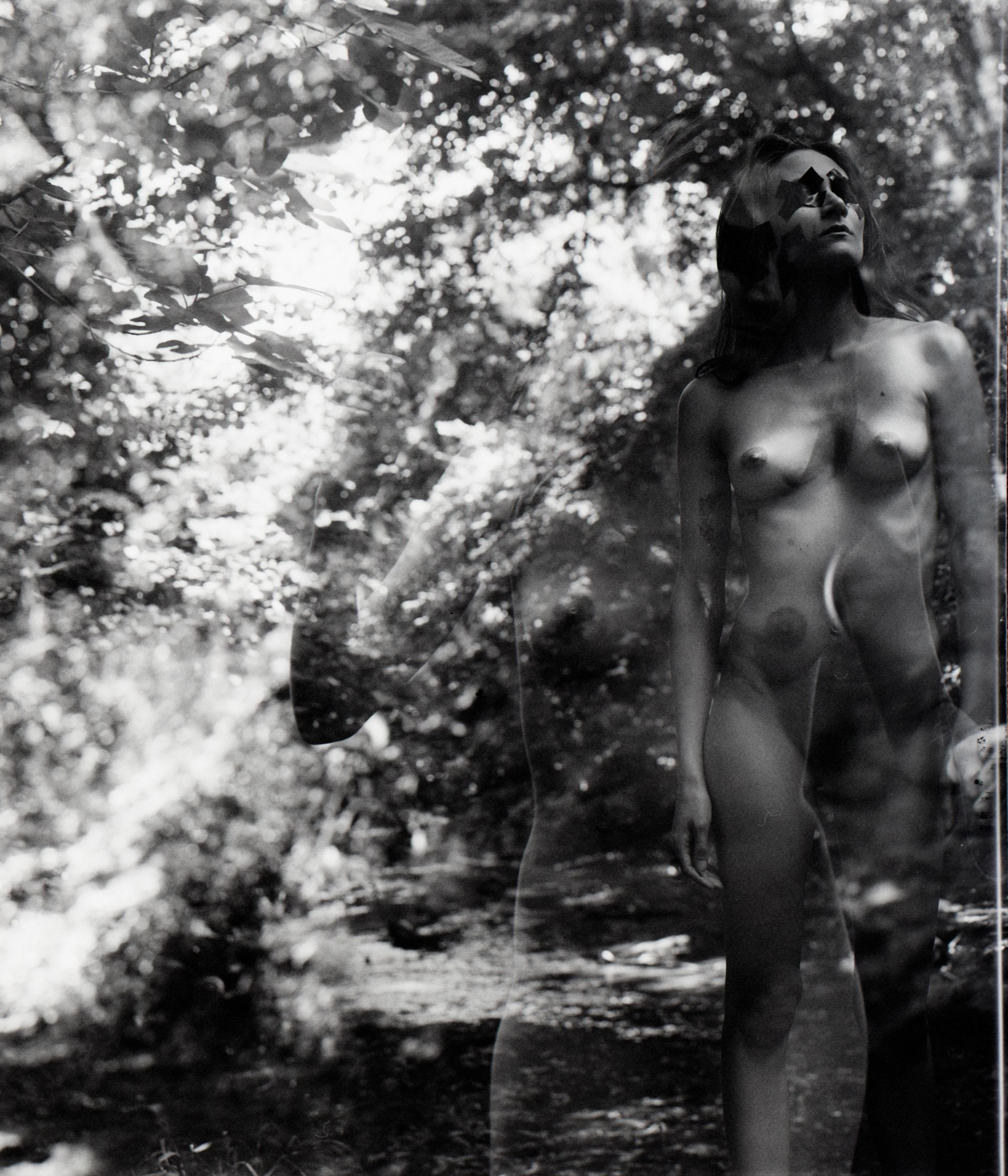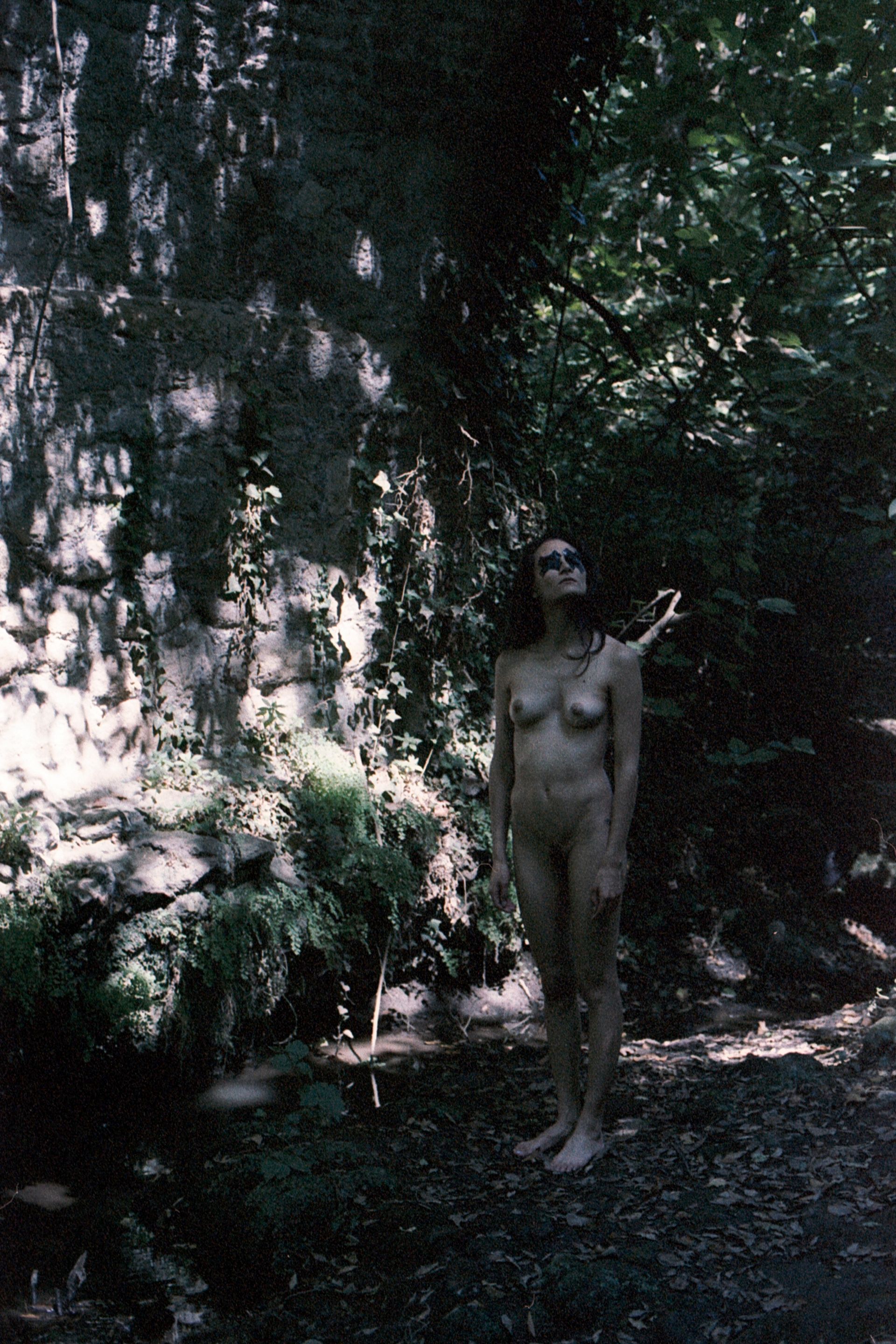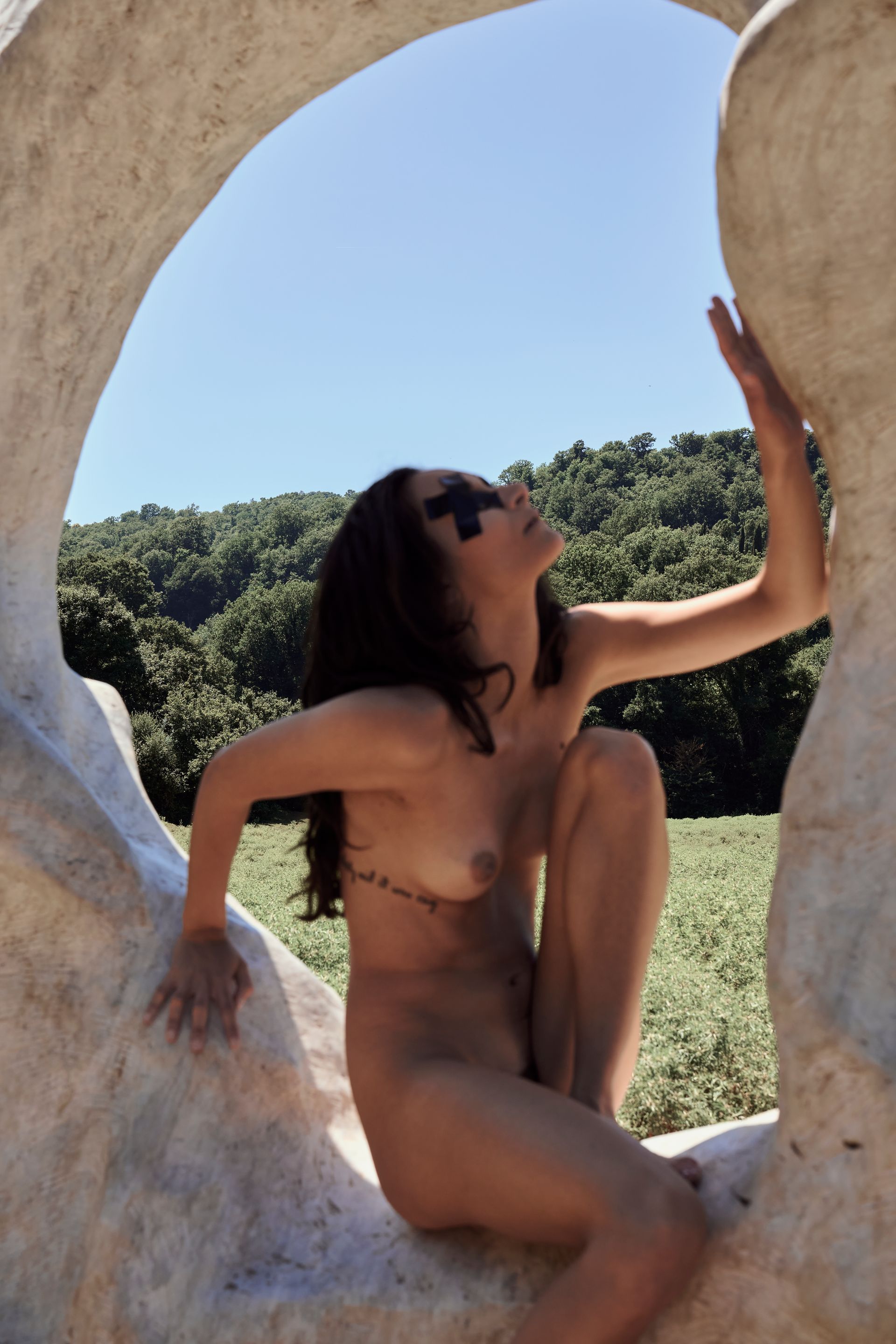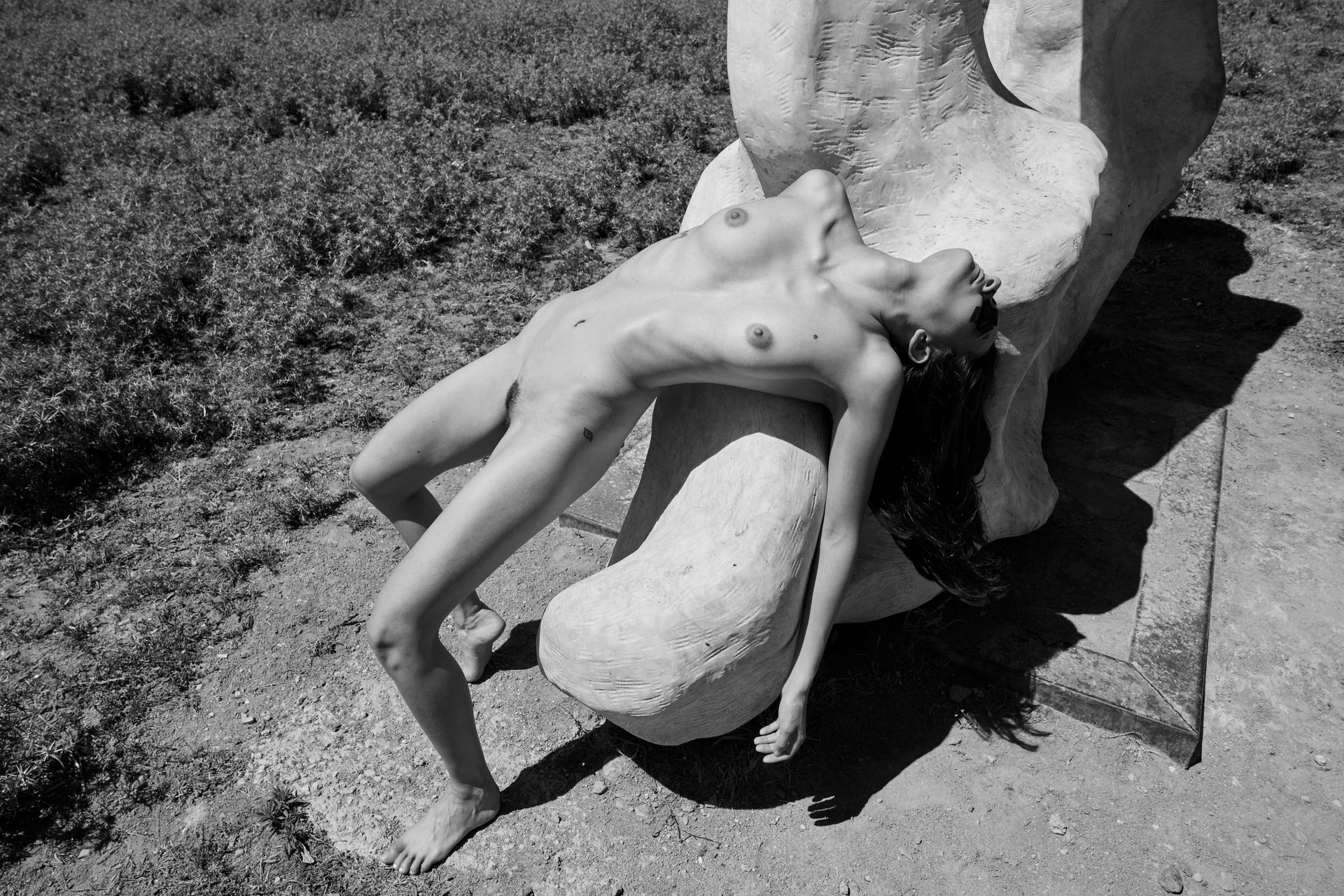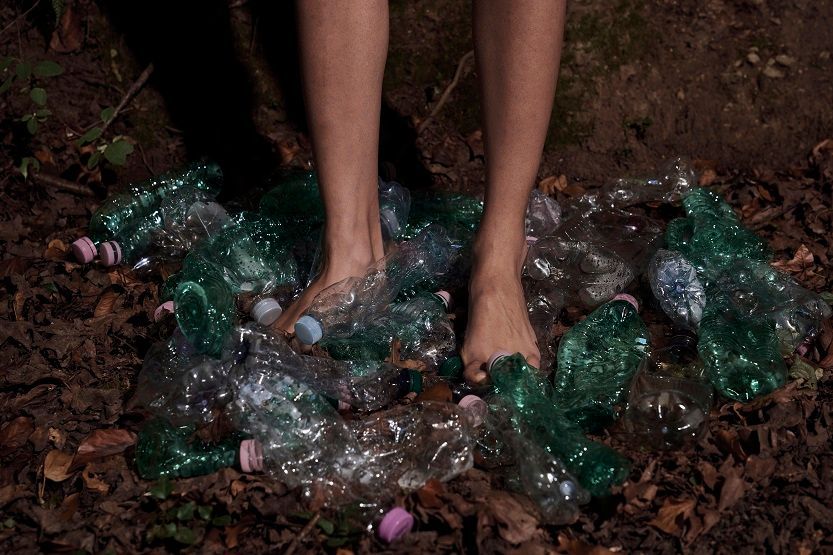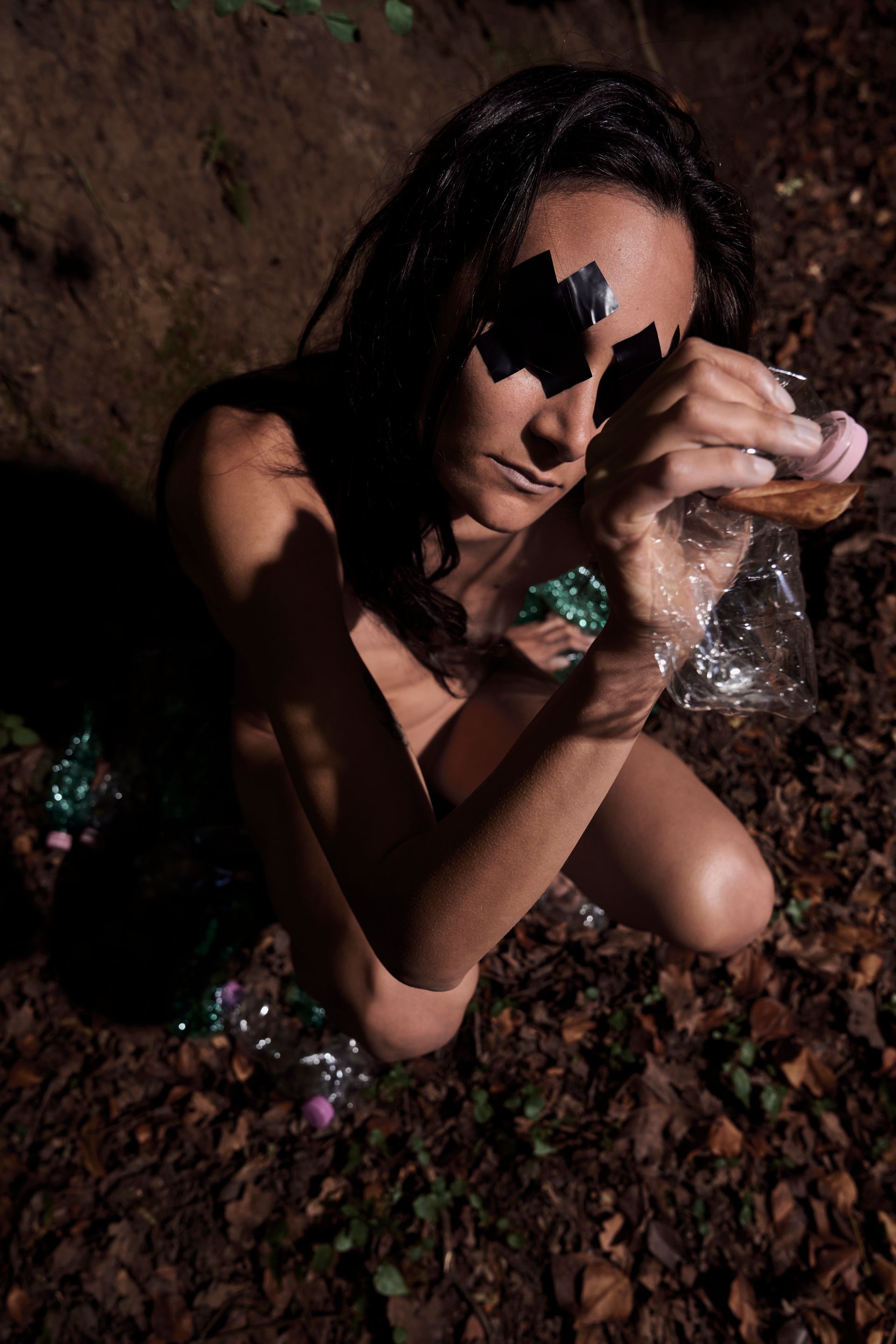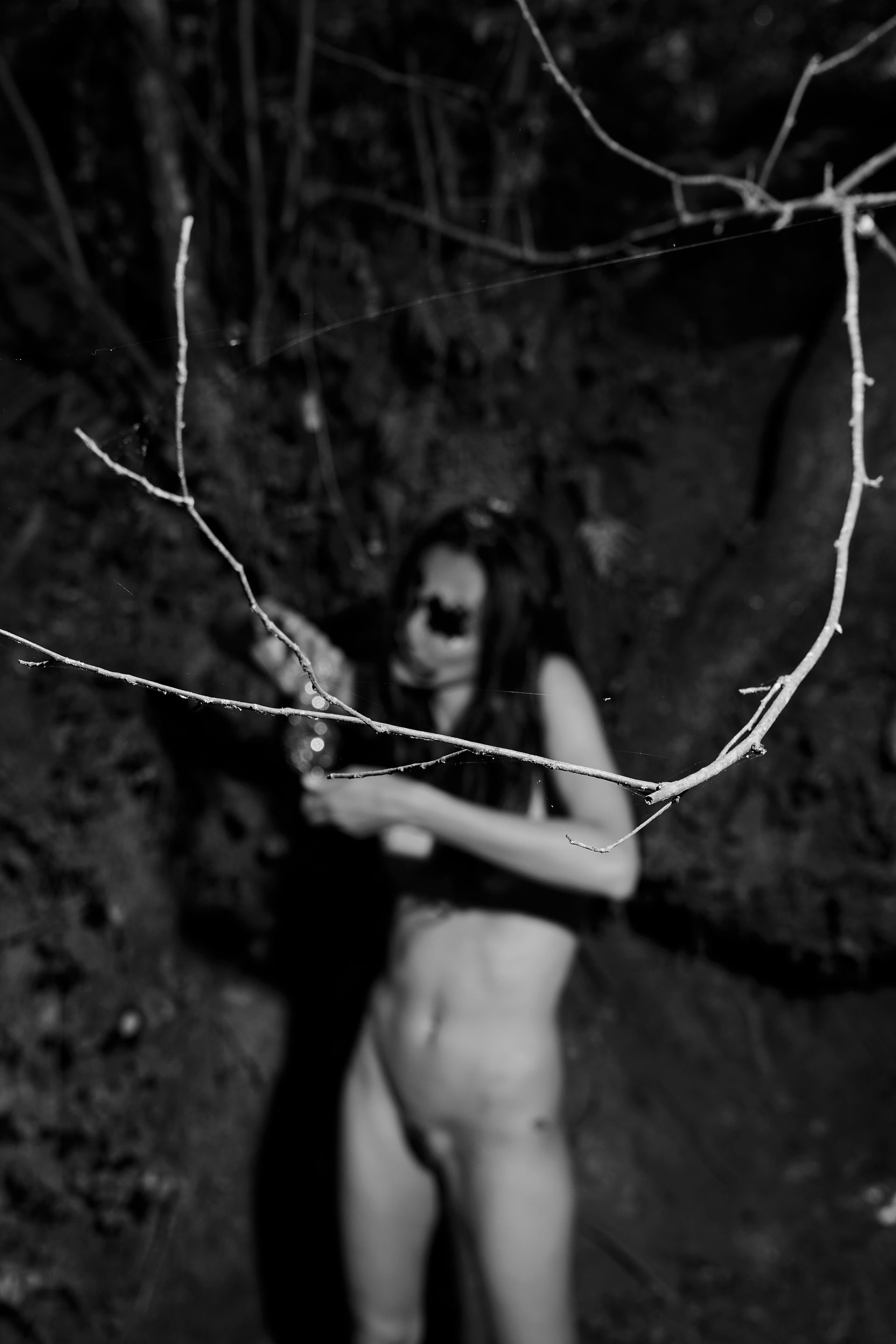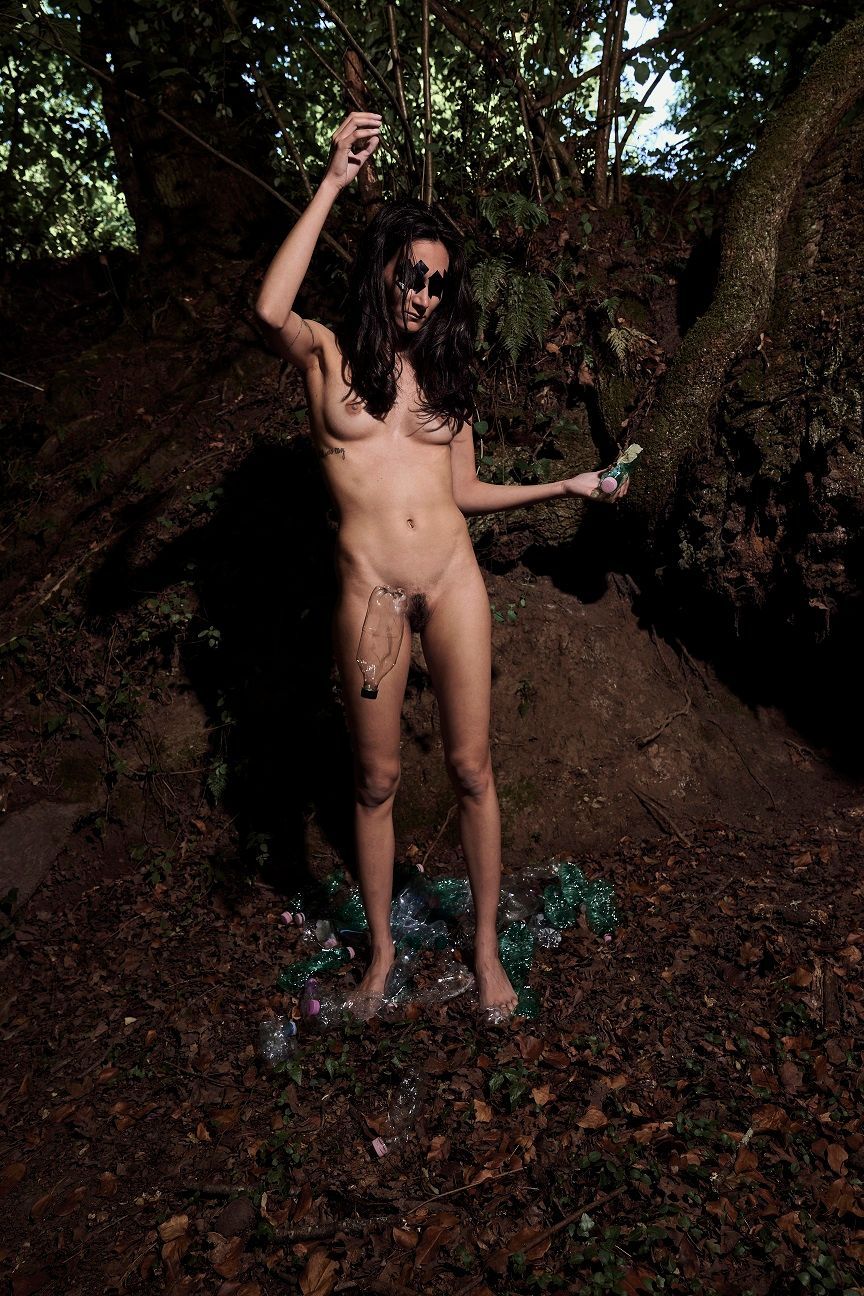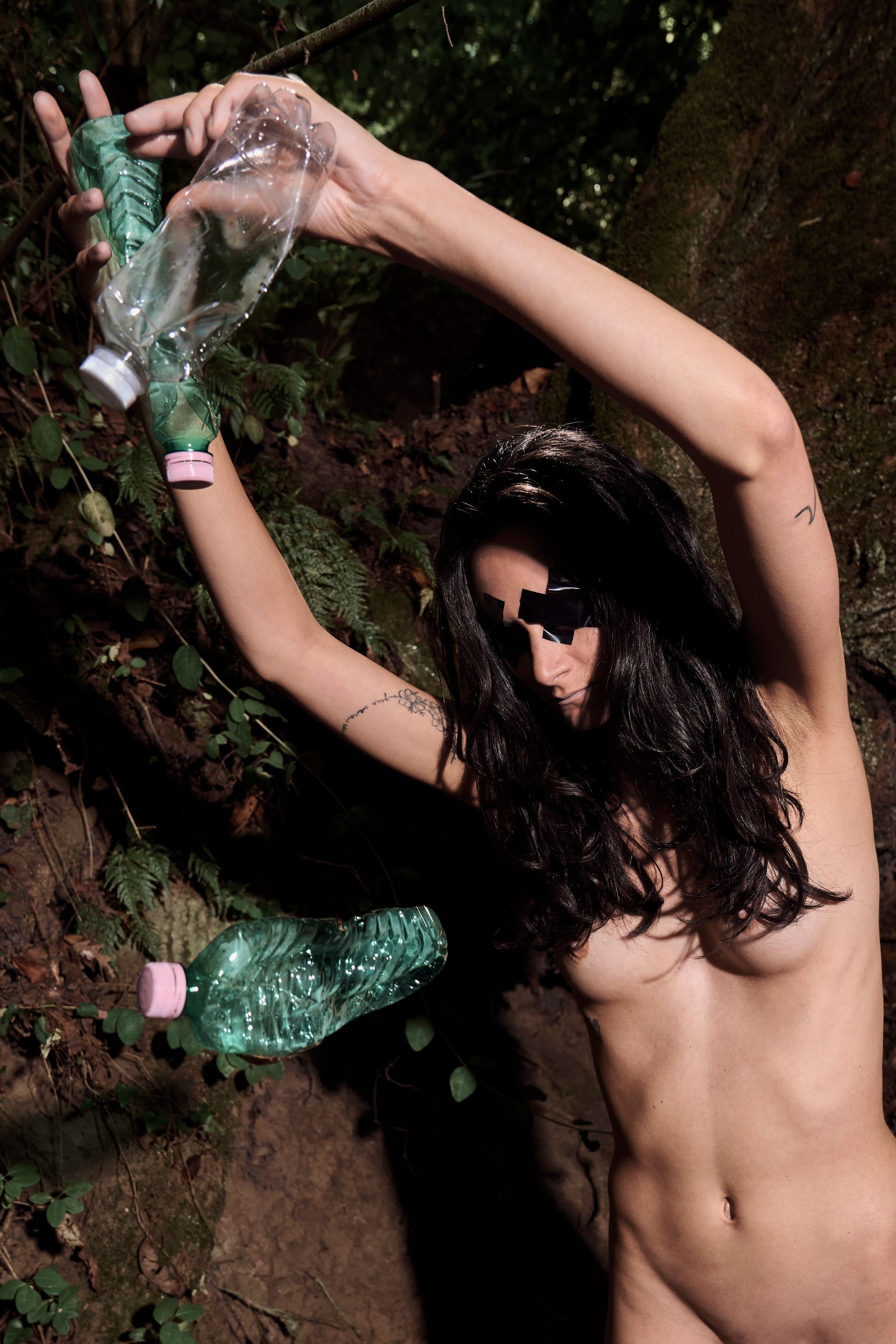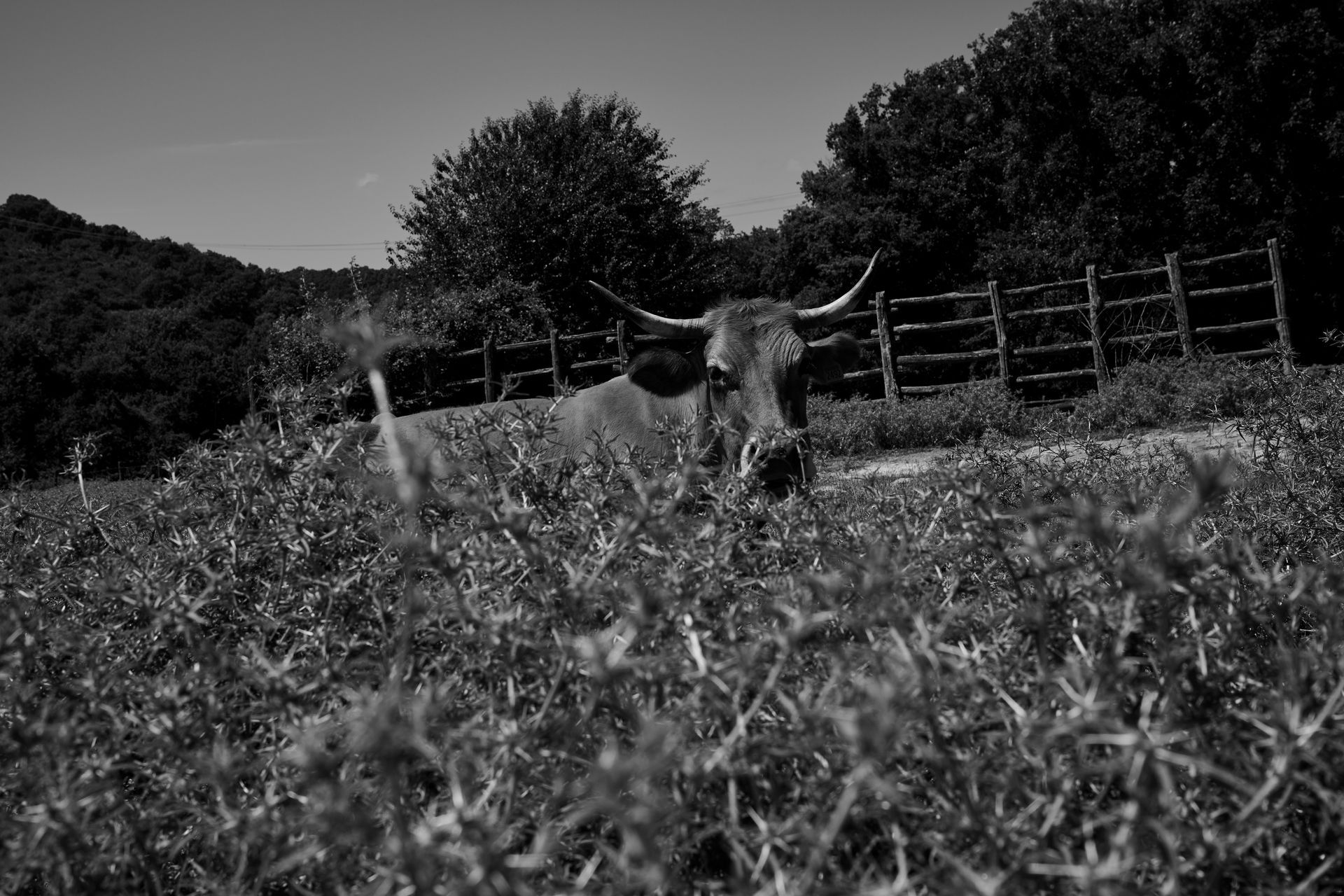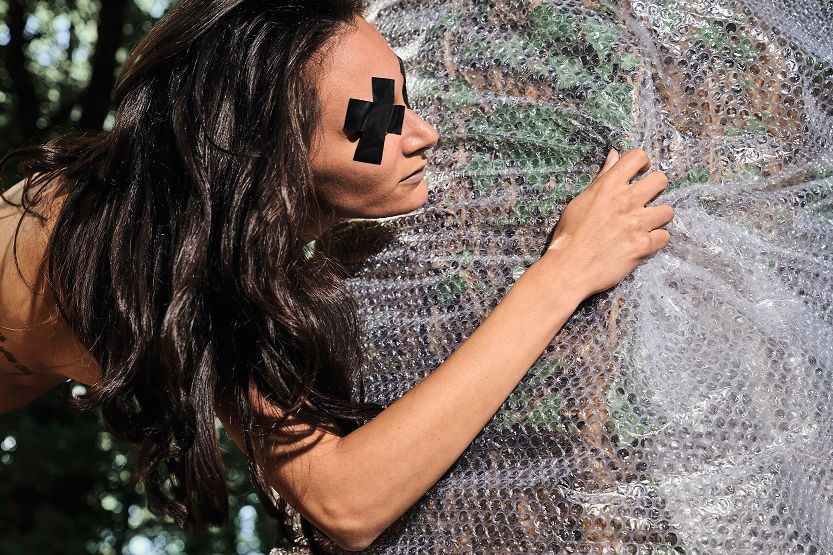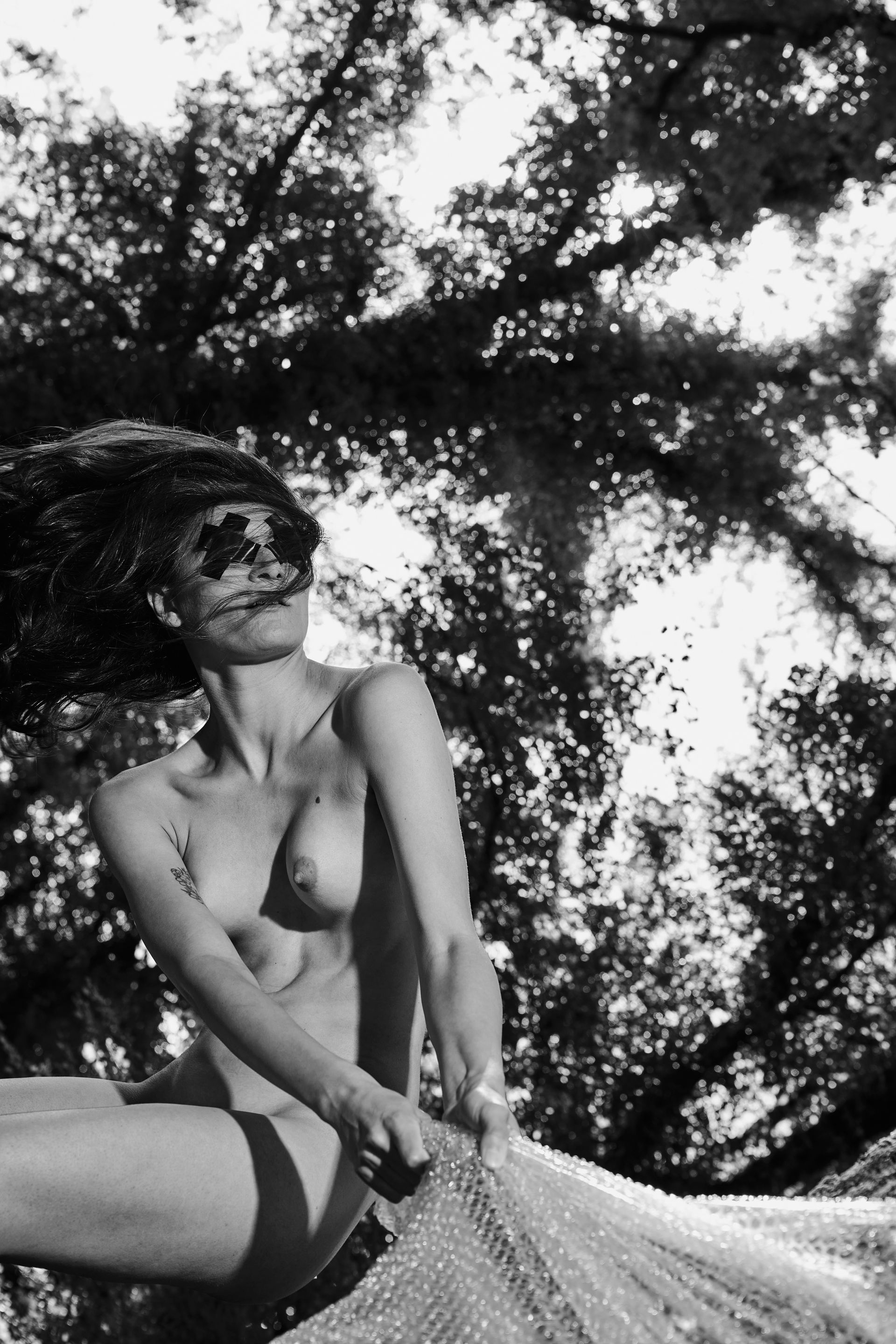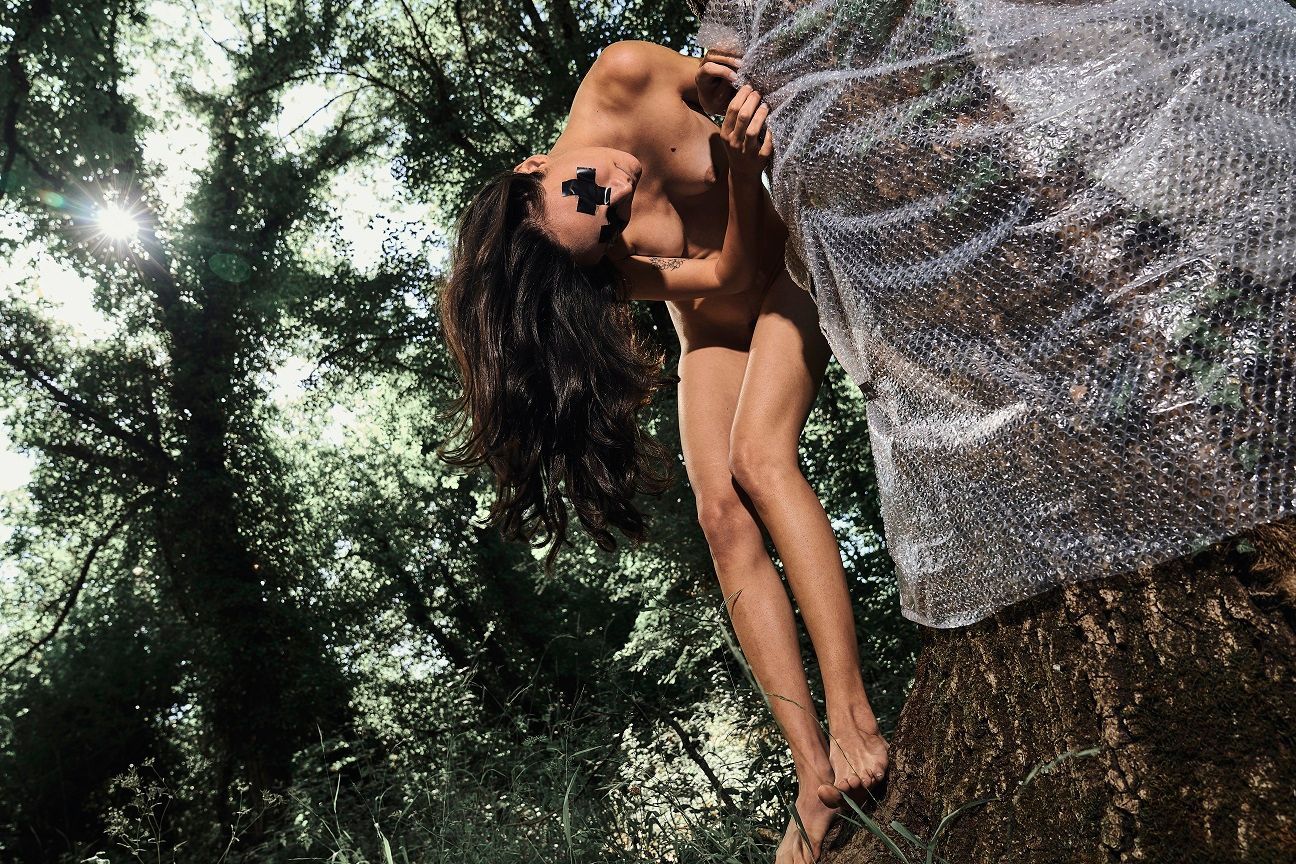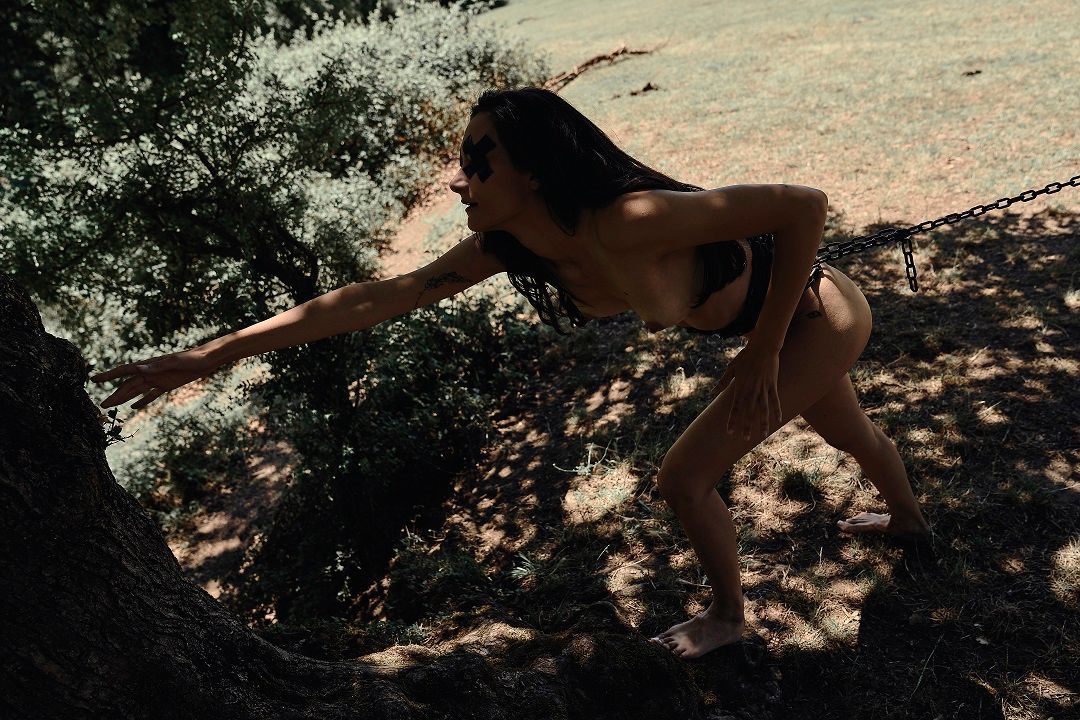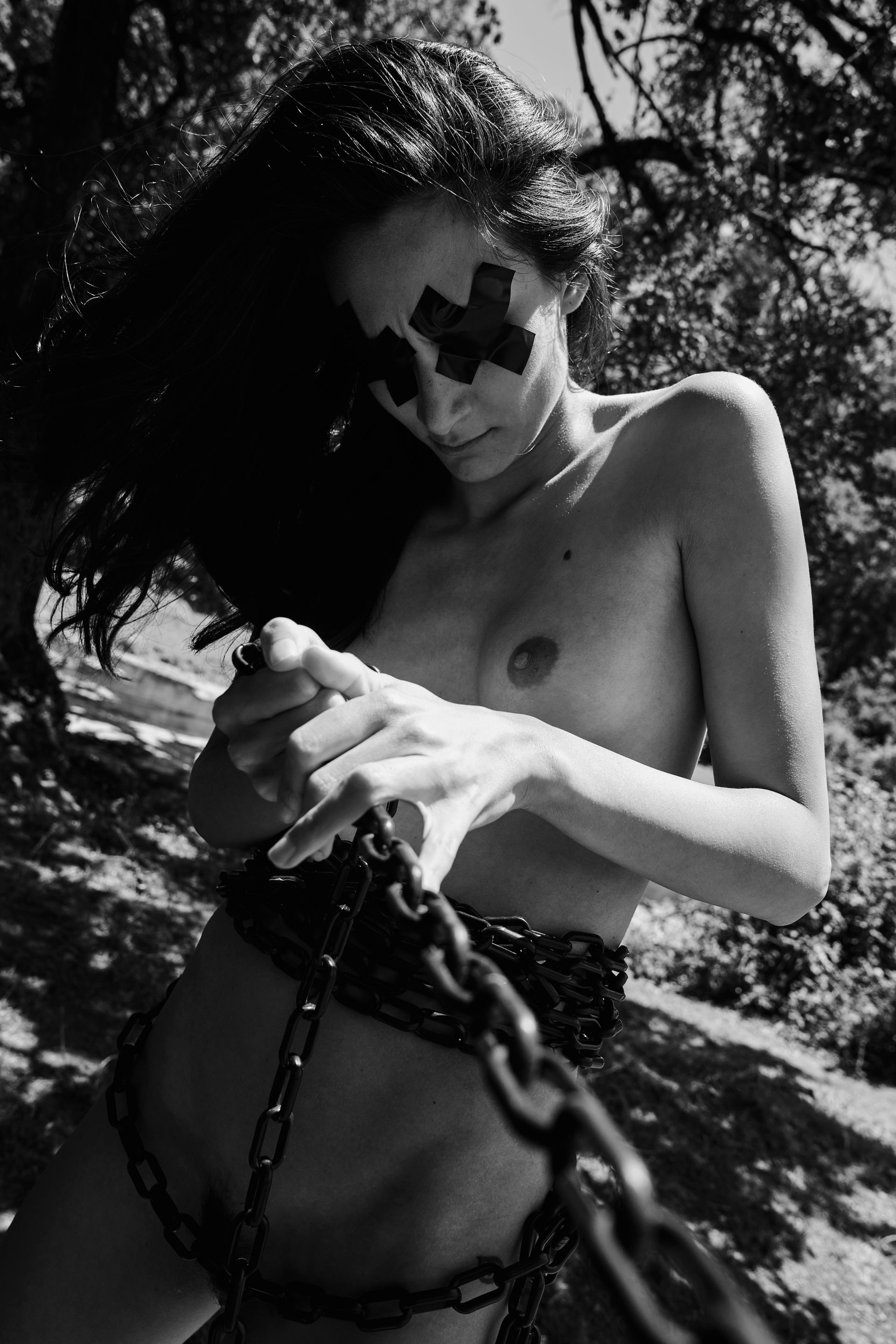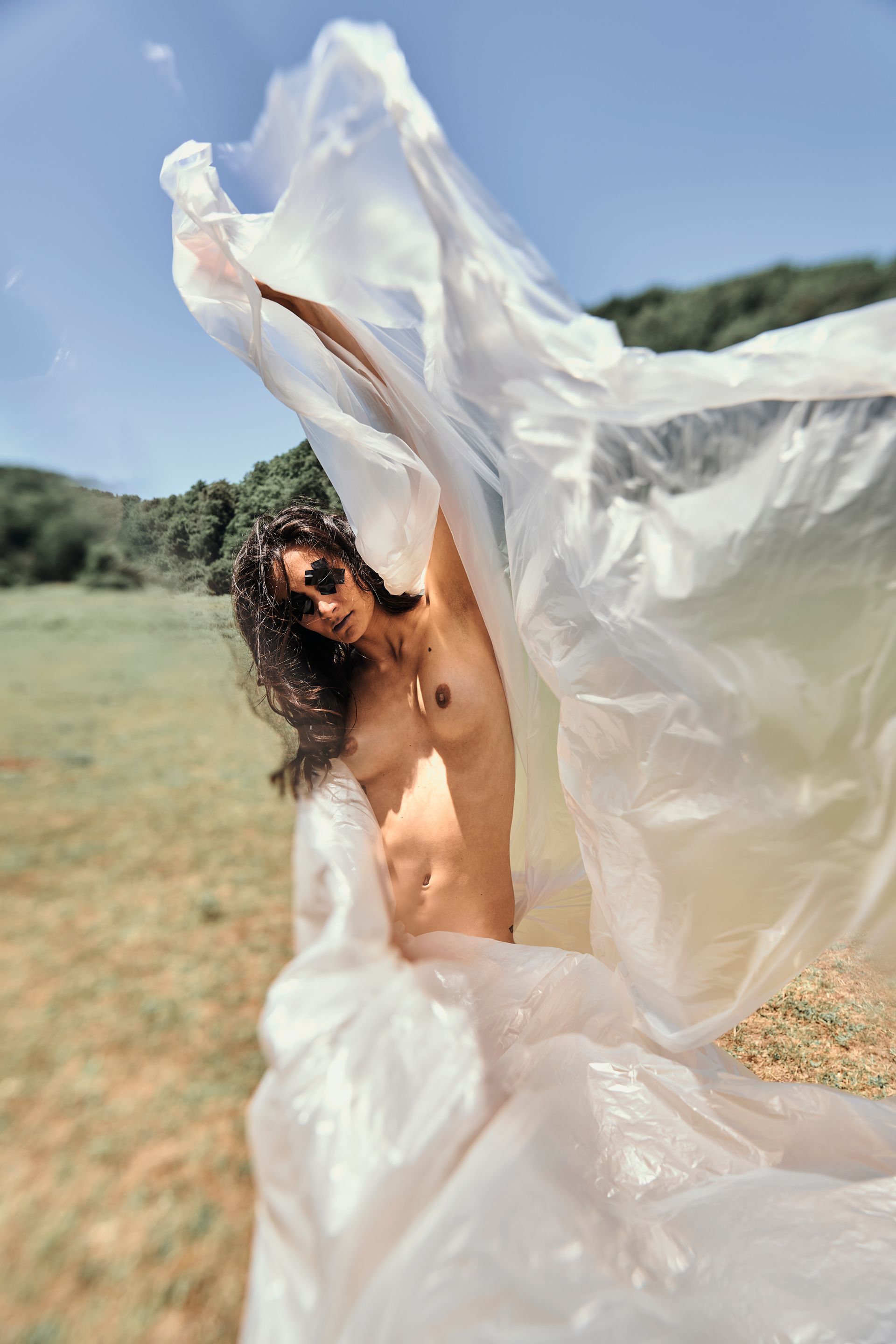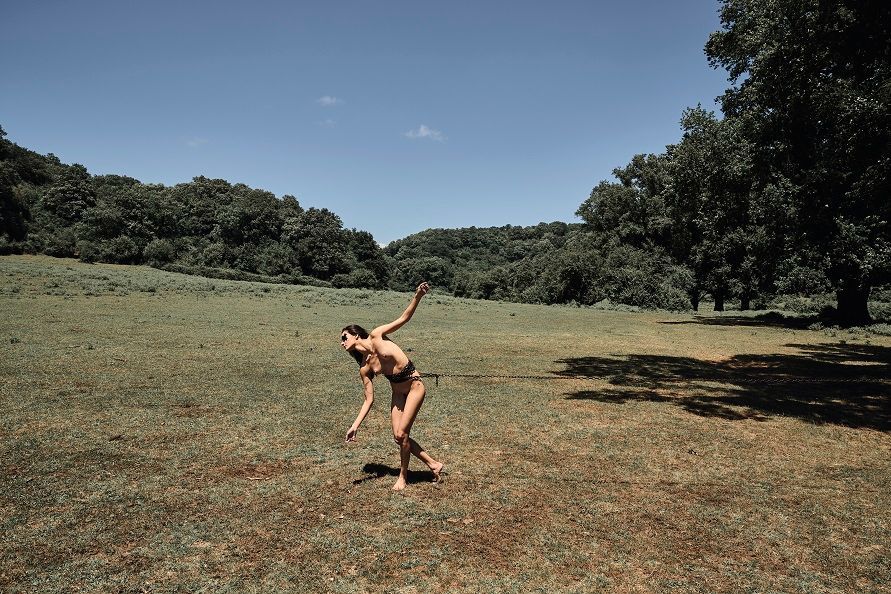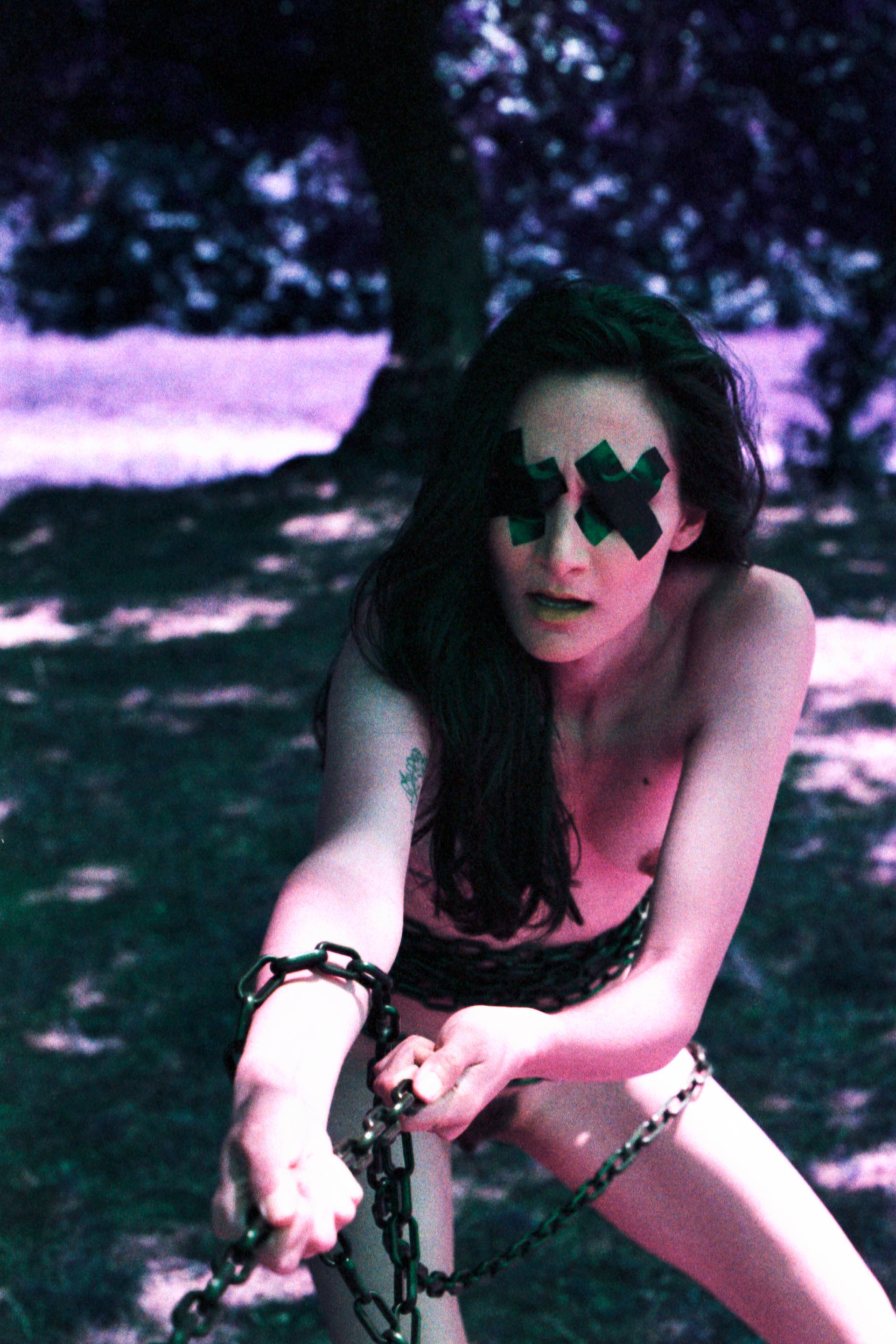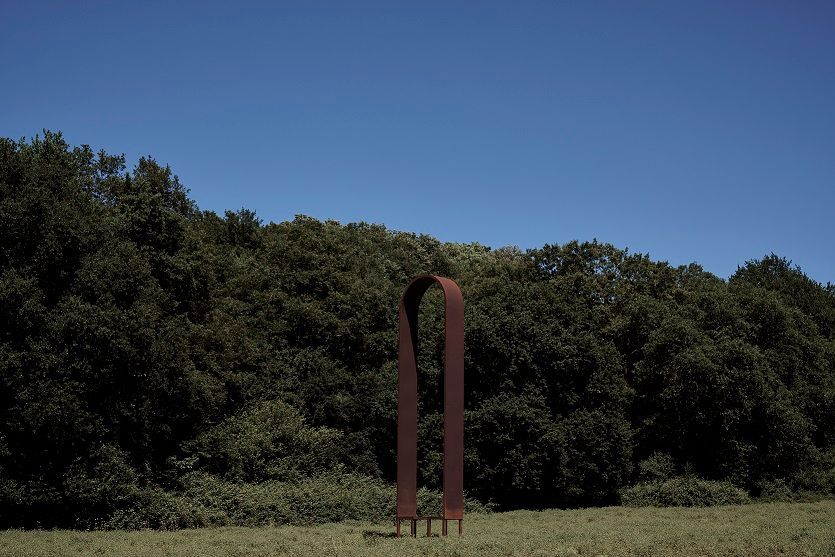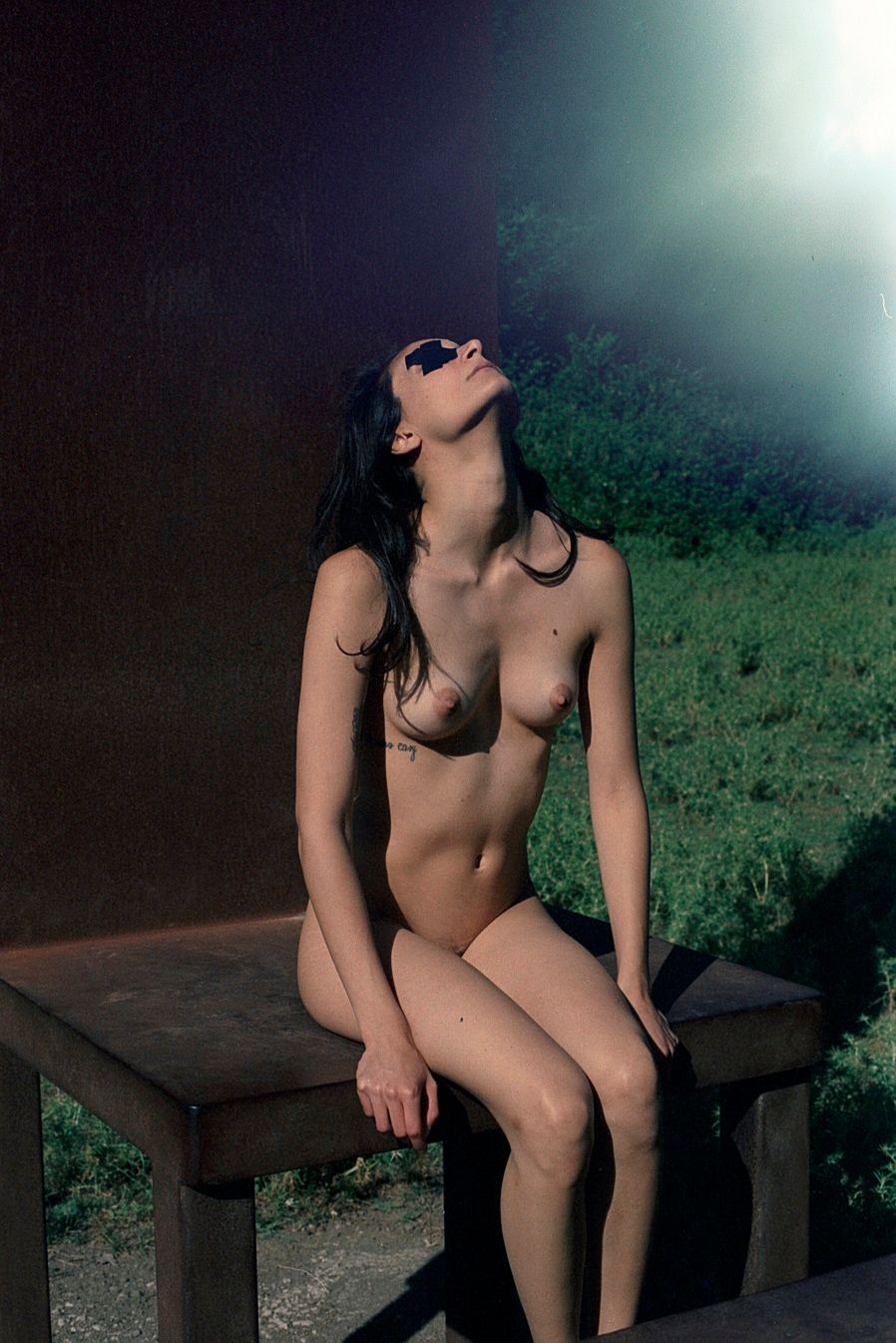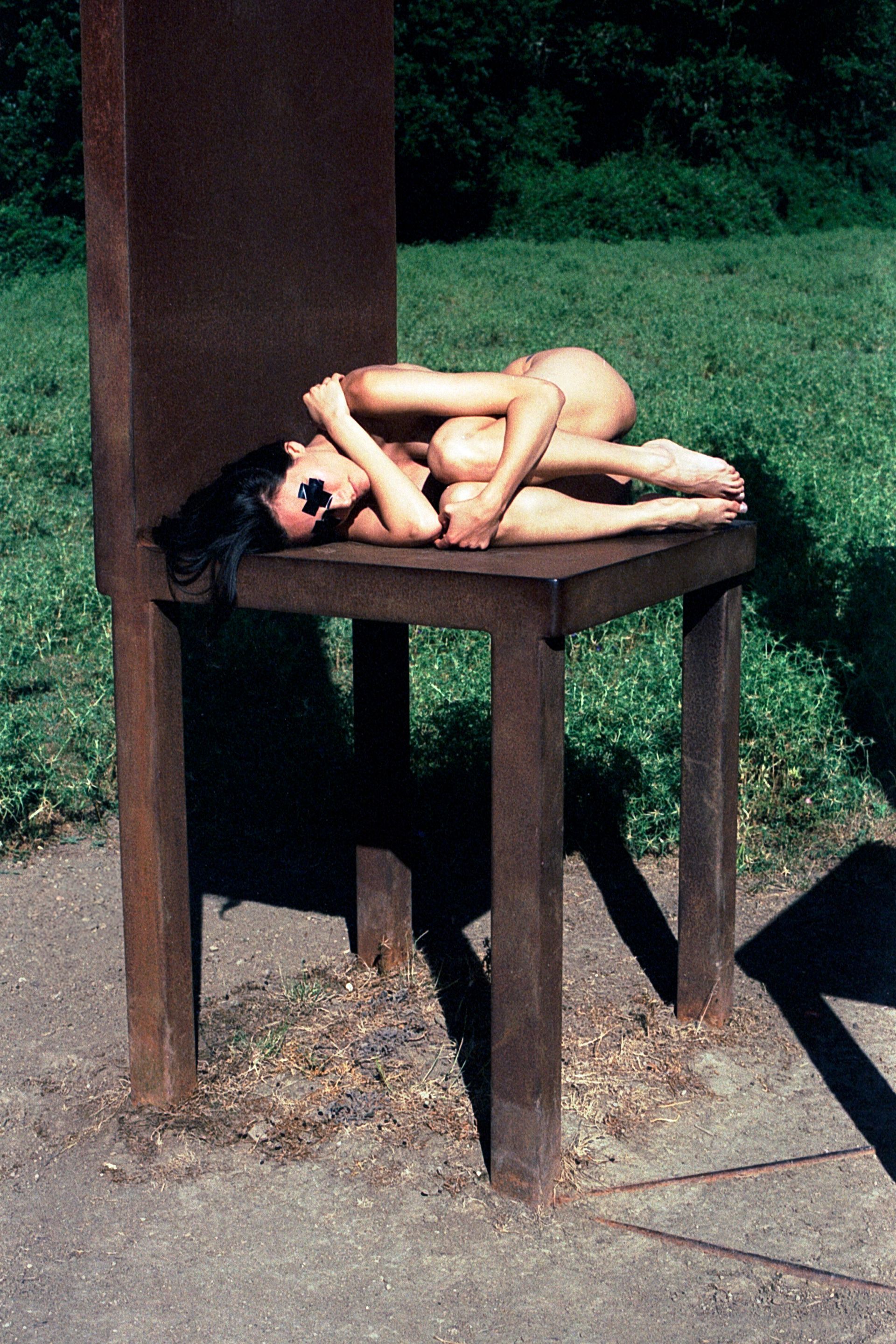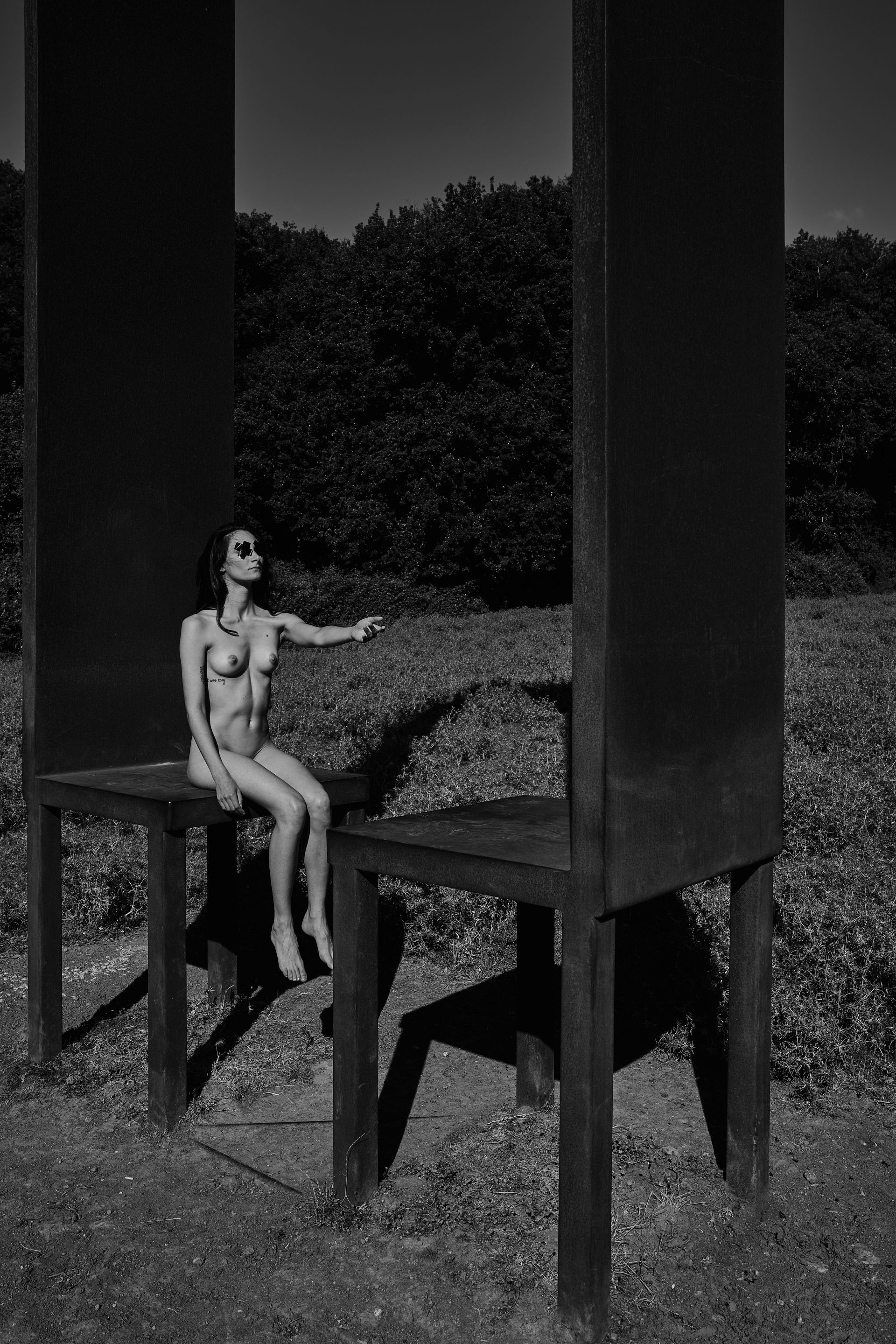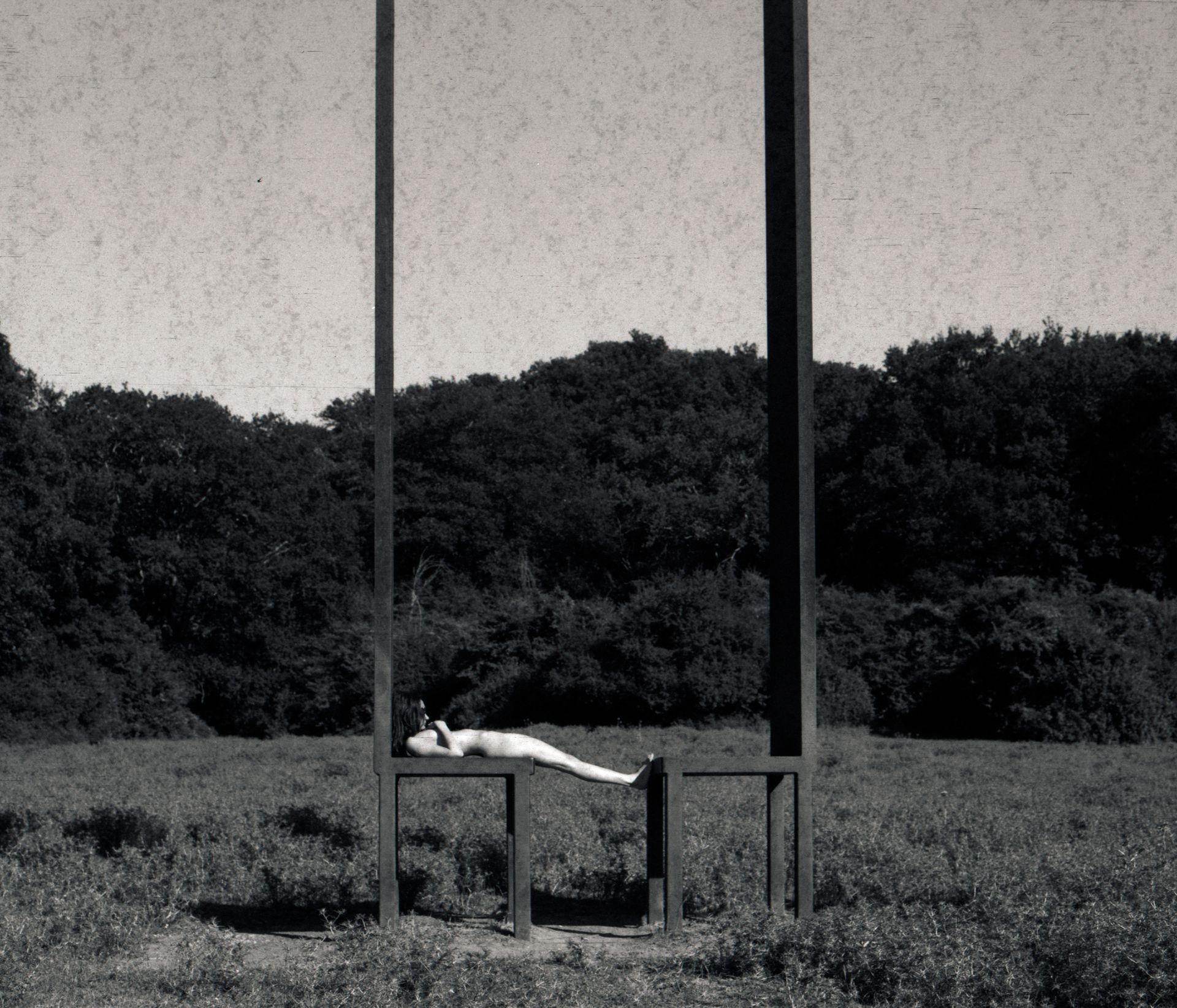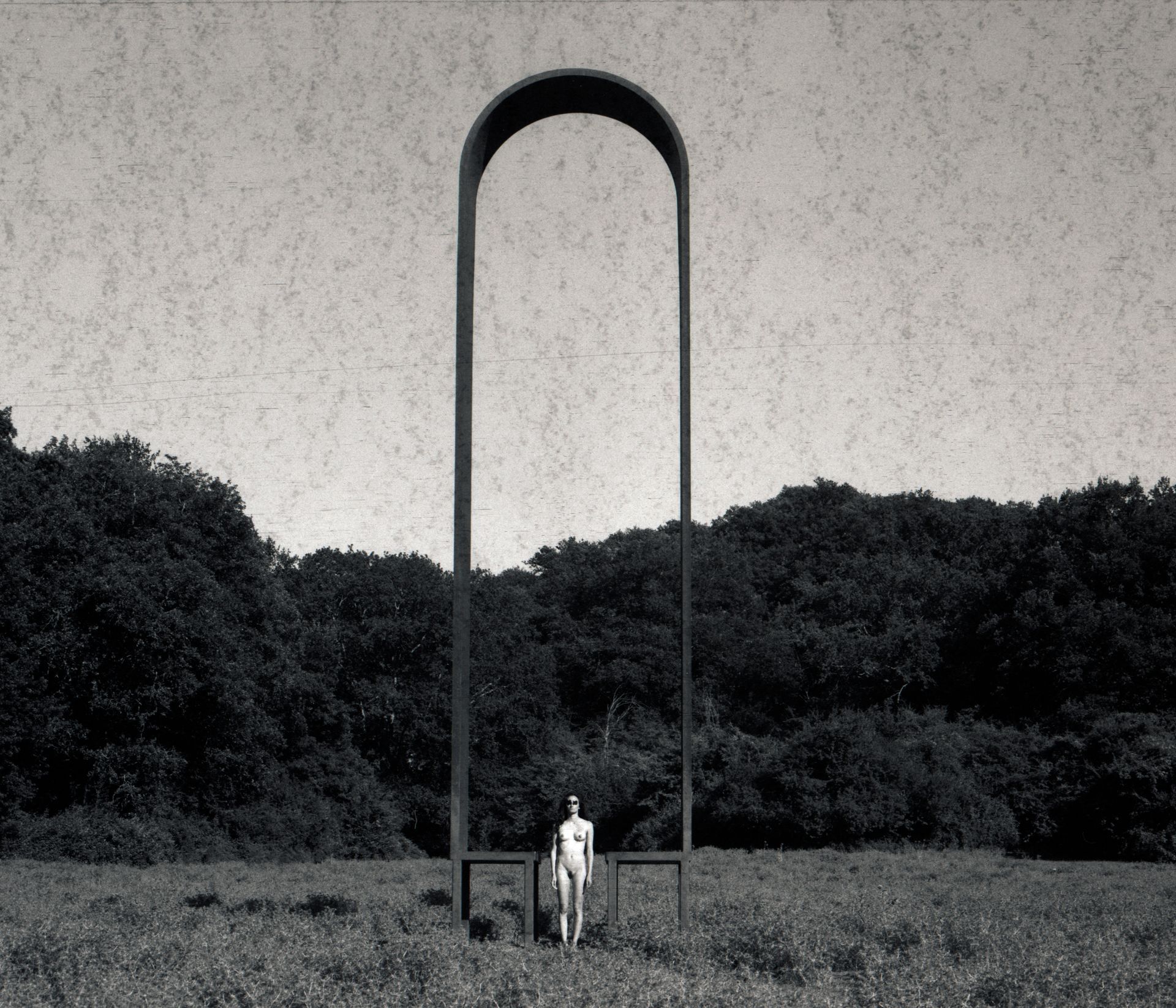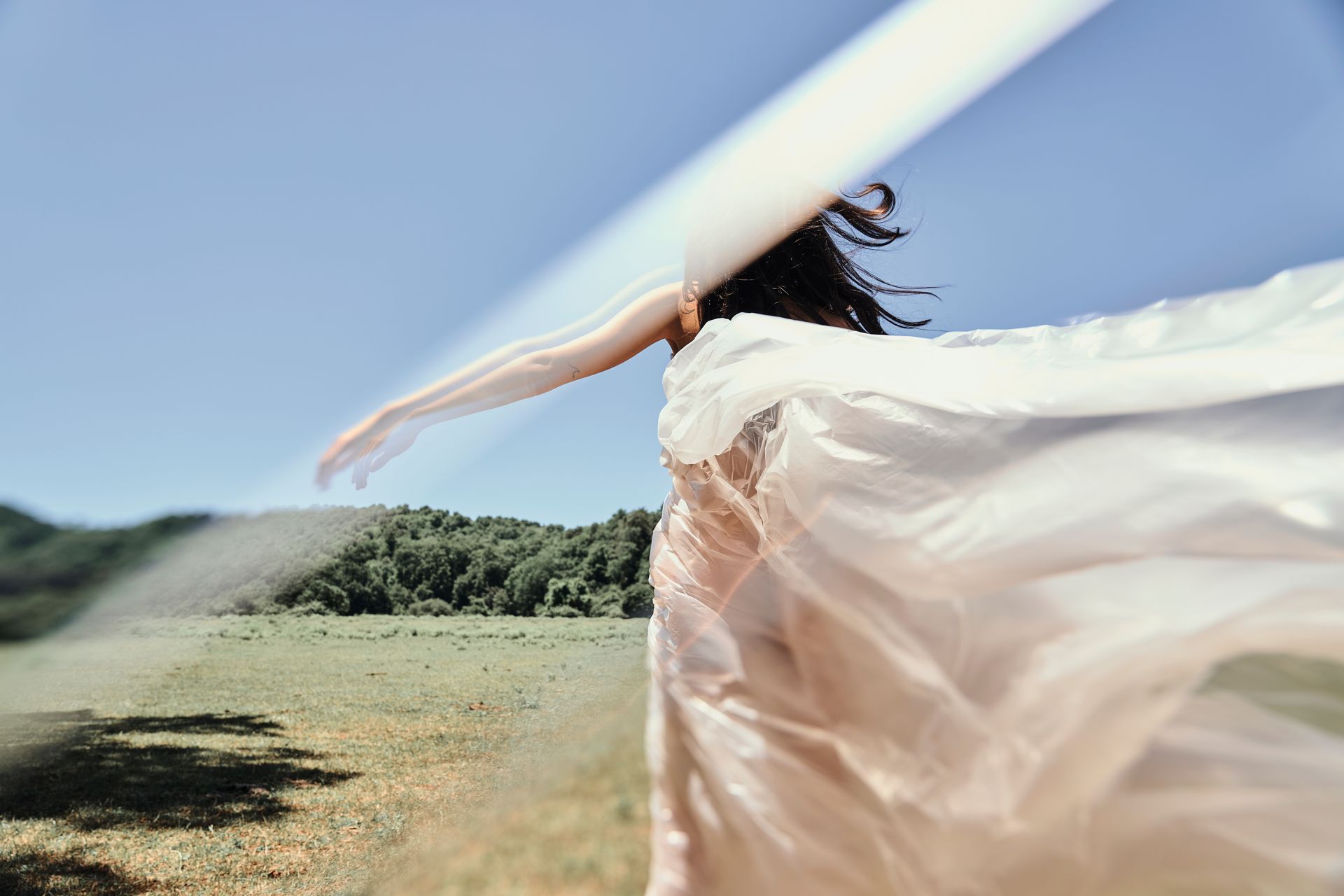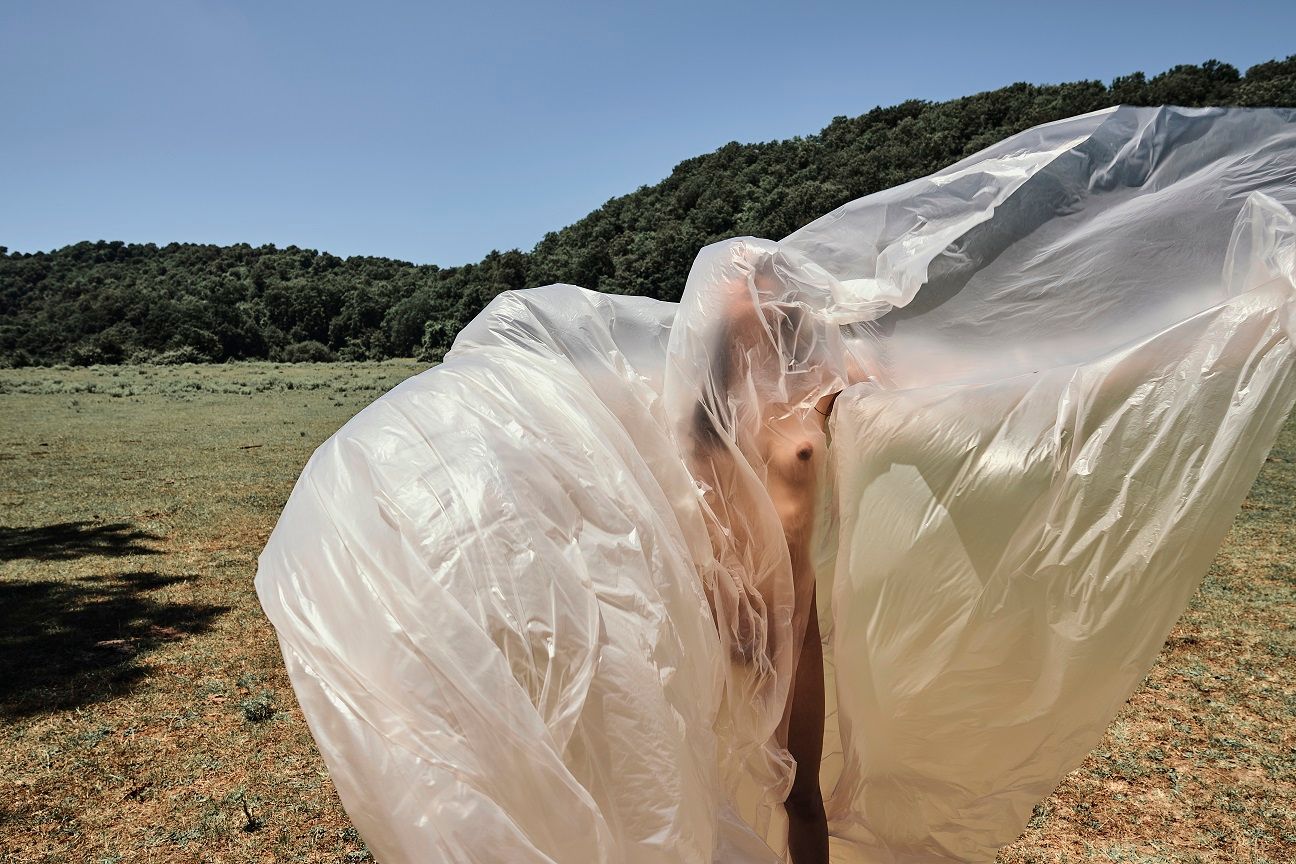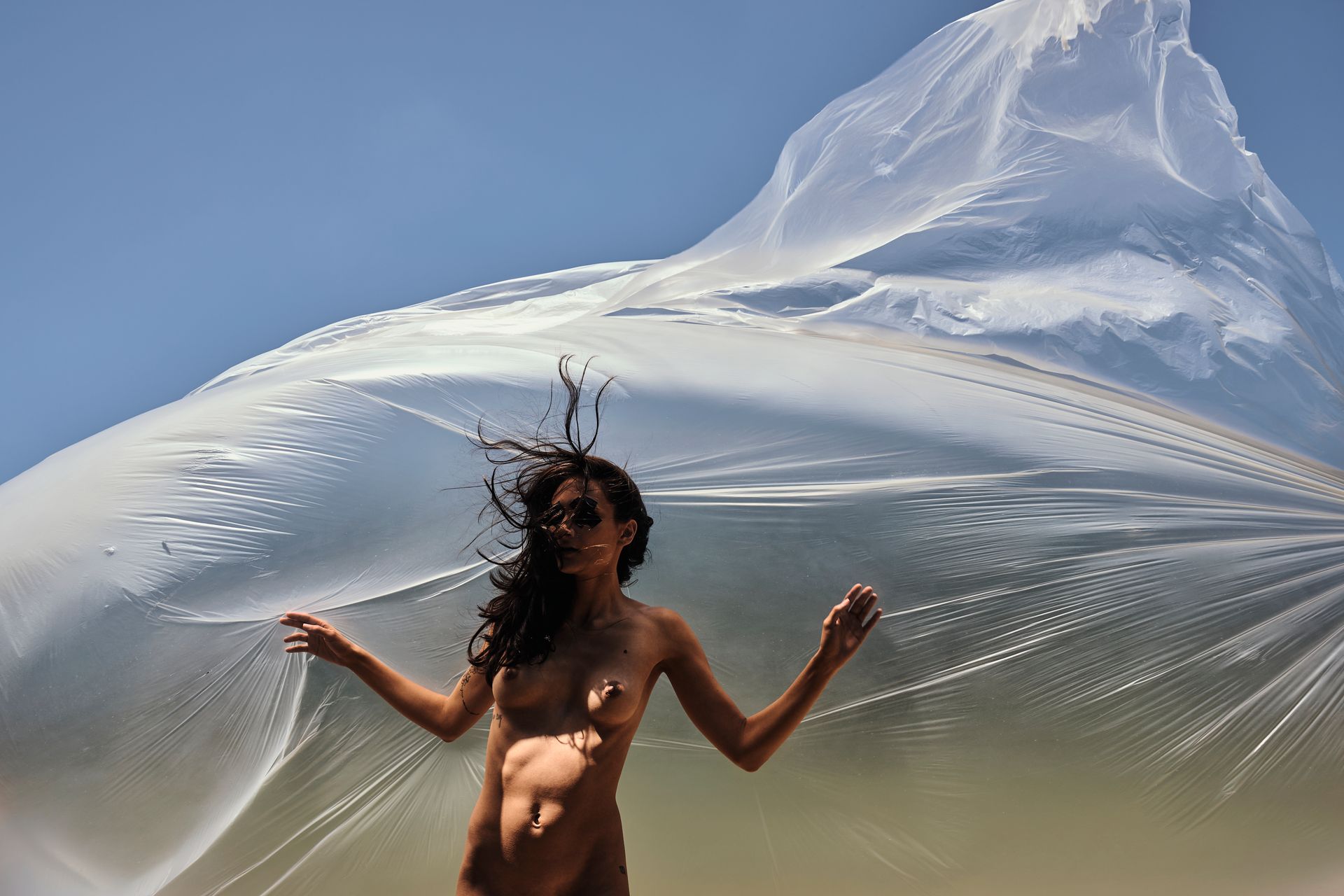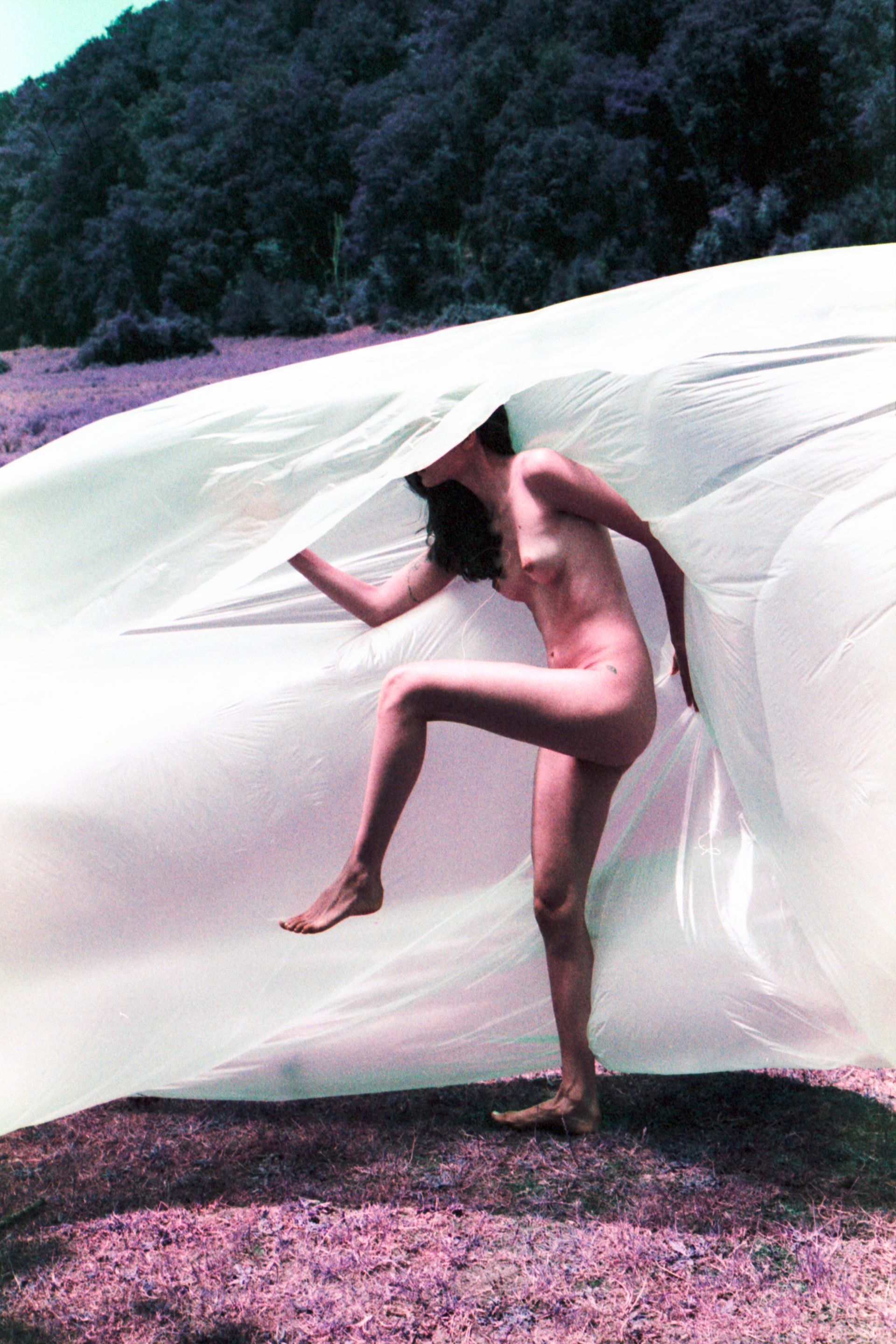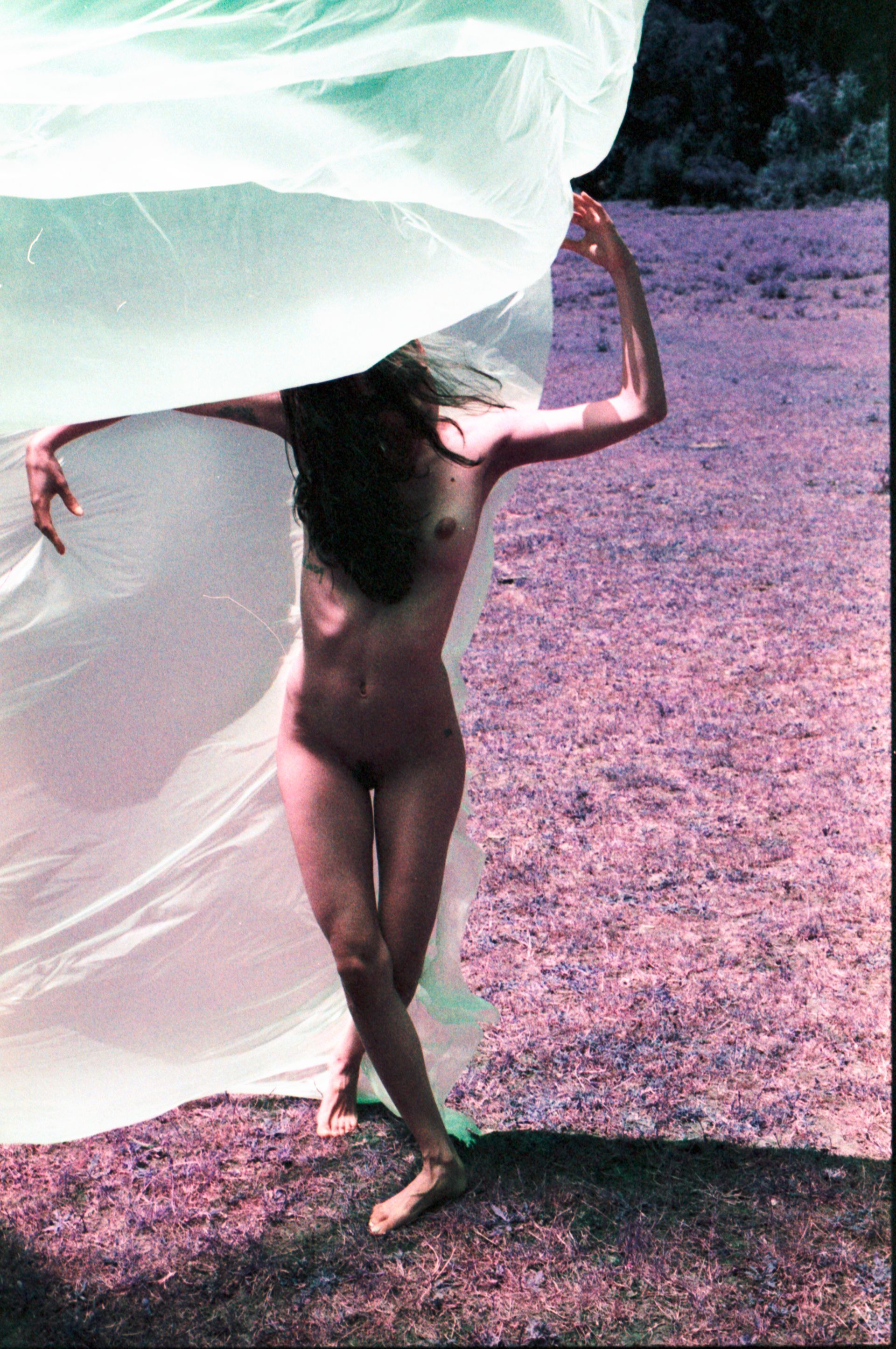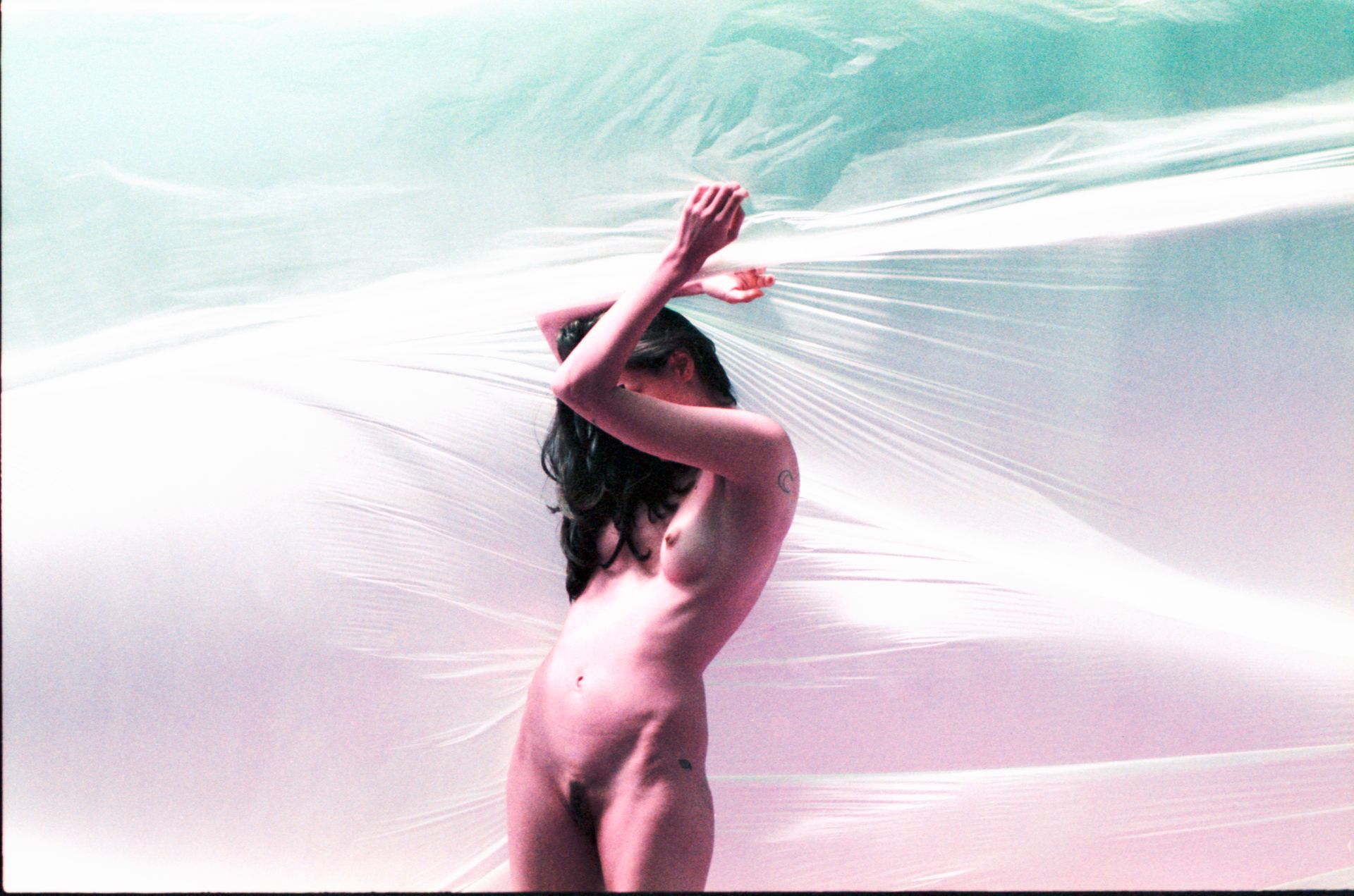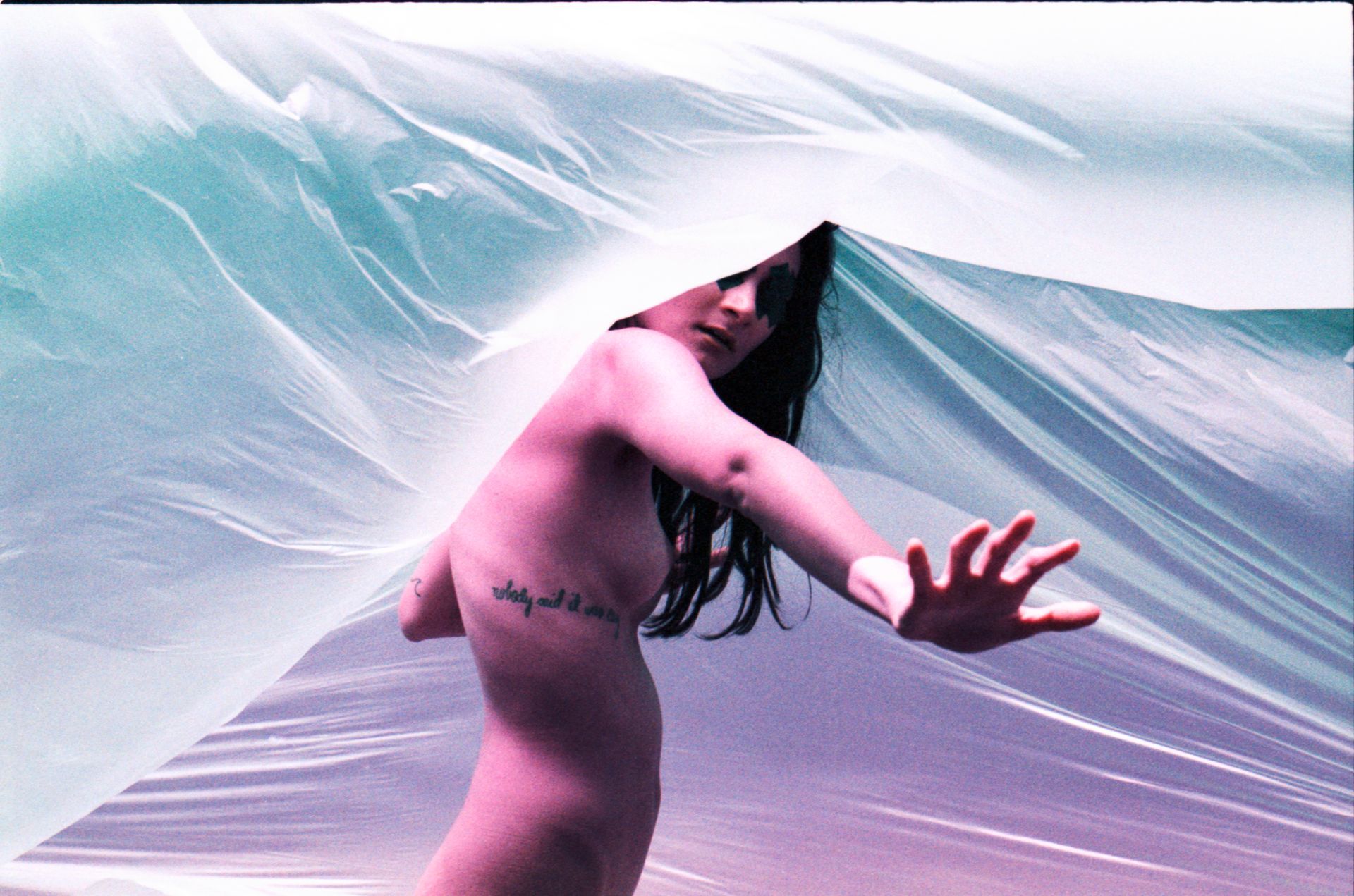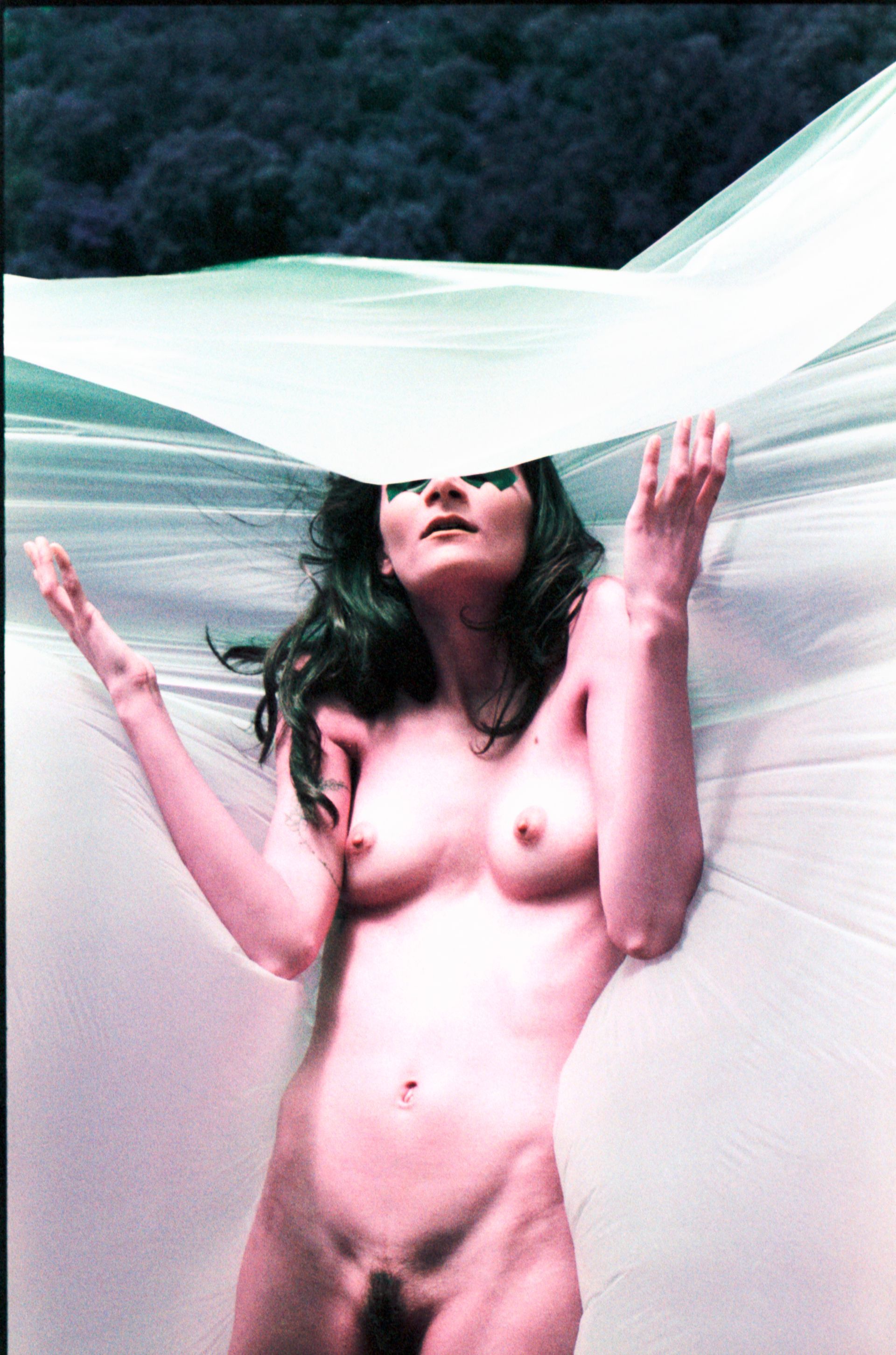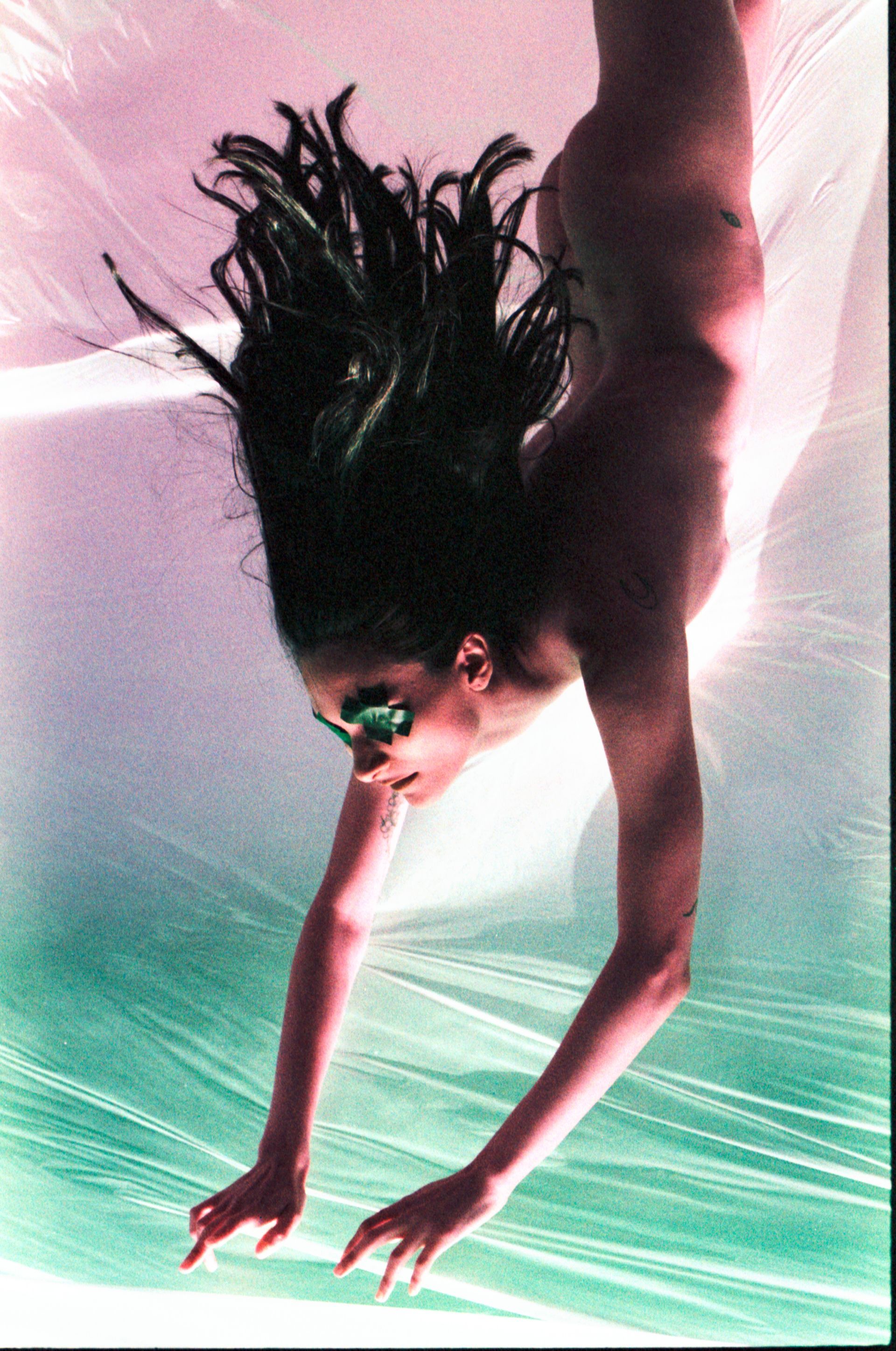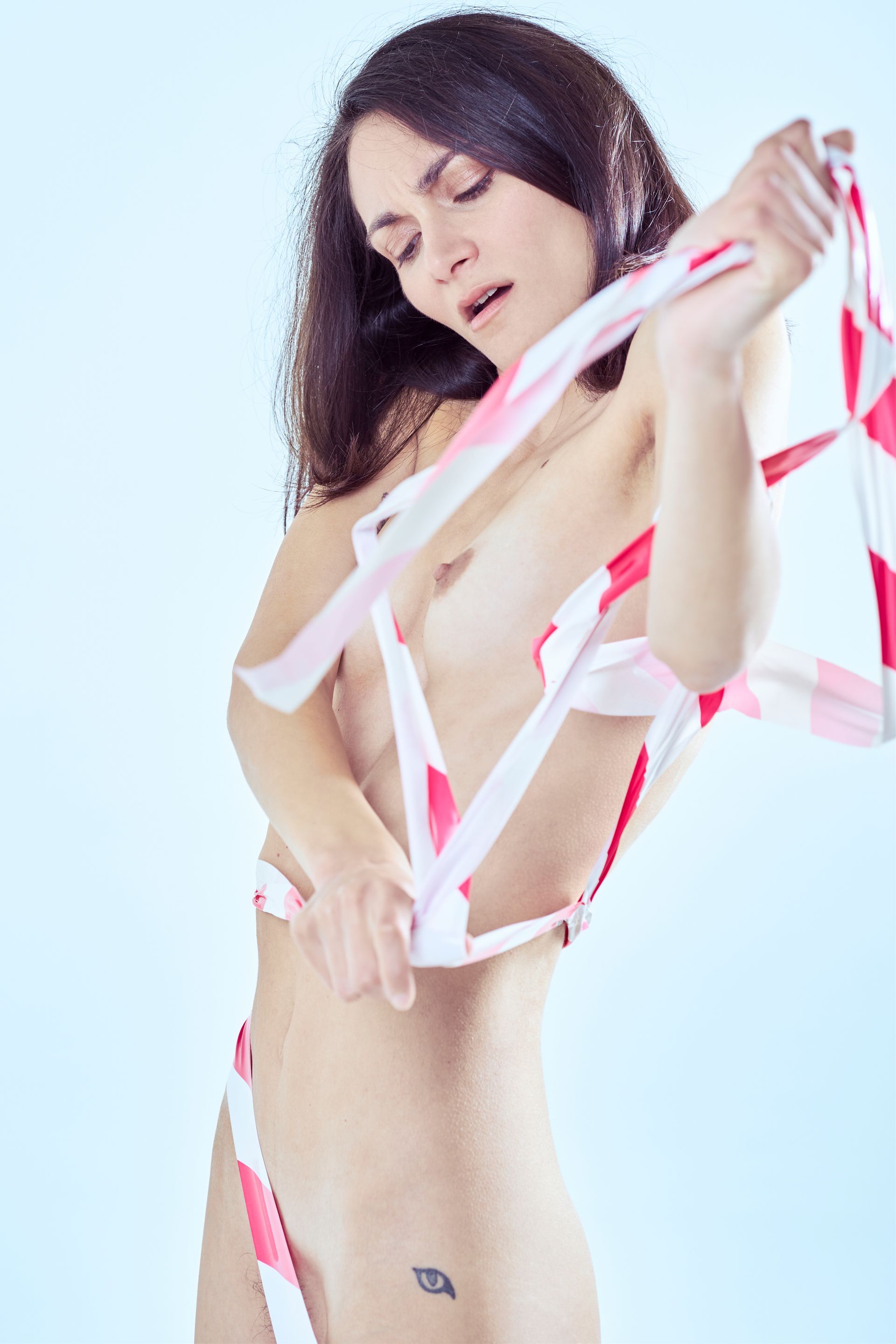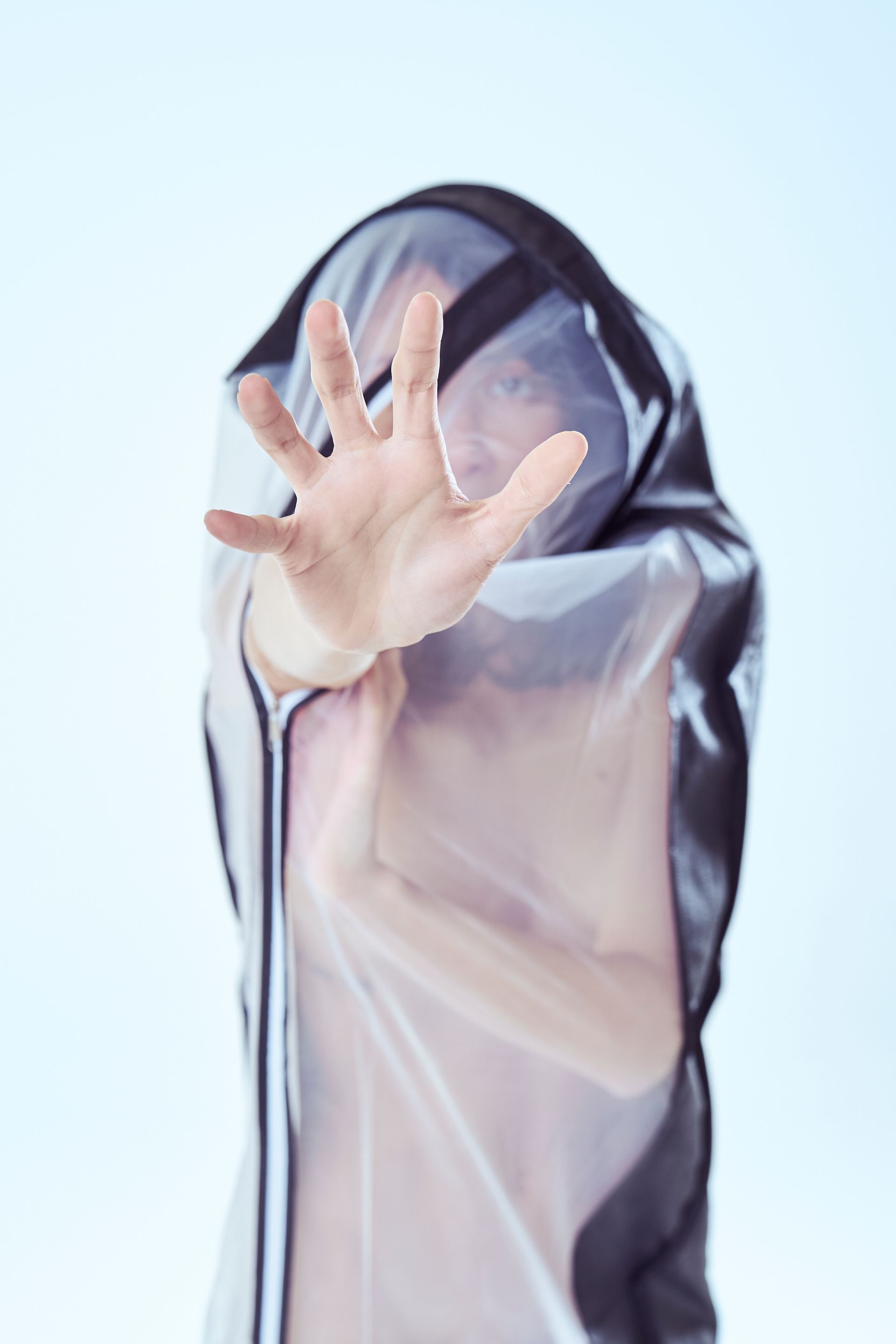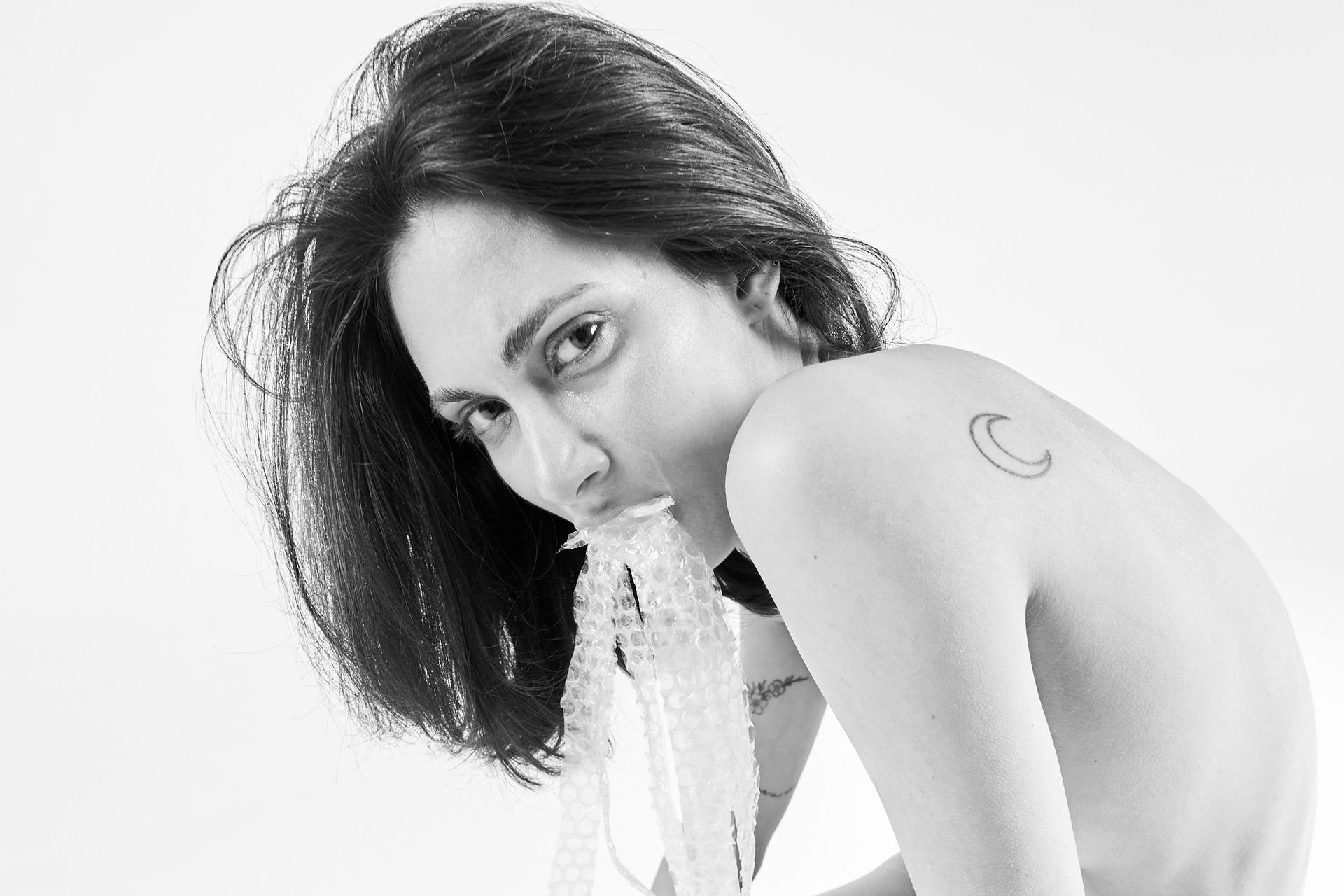OPHELIA
Ophelia loved with all her heart. But her love was a river without banks, destined to overflow.
Hamlet left her with broken words, fleeting glances, cutting silences. In Ophelia’s heart, there was a garden in bloom, yet no one ever gathered its petals. Pain became an echo, and the echo turned into madness. Her hands wove flowers, her soul wove itself into solitude. Ophelia knew there was no salvation. And yet, she kept on loving.
Rivers know how to keep the secrets of fragile souls. And in the water, where time dissolves, she found her refuge. There is no revenge in her ending. Only the silent embrace of water, the gentle touch of nature that welcomes without judgment.
Ophelia is not just a character. She is the cry of those who love too much and are left to drift away. Perhaps she did not drown. Perhaps she became part of the river.
Part of the story.
Part of us.
PLASTICENE
In recent decades, humanity has undergone a radical shift in its relationship with the environment. The indiscriminate use of plastic has transformed the natural landscape, contaminating oceans,
forests, rivers, and even our own bodies. PLASTICENE is a photographic project that tackles this issue through portraiture, exploring the forced symbiosis between humans and plastic, and the consequences it brings. Plastic is everywhere. Invisible yet omnipresent, it infiltrates the fibers of our bodies, the soil, the water, and the air we breathe. This project was born from the urgency to raise awareness, placing the human figure at the center of a visual and conceptual reflection. This is not just about
environmental pollution—it is an existential crisis: mankind, the creator of plastic, is now its victim, trapped in its unstoppable spread.
The first part of the project takes us into a natural setting, but one that can no longer truly live. The human figure moves within an apparently untouched landscape, yet one silently marked by the presence of plastic. The body interacts with the environment in a dance of tension and despair, revealing an inner and collective struggle between man and the traces he leaves on the world.
The second part unfolds in a vacant, almost surreal space. Here, the subject is wrapped in plastic, immersed in a limbo between protection and imprisonment. The absence of natural elements highlights the growing disconnection between humans and tangible reality, suggesting a dystopian world where plastic has become an integral part of existence. PLASTICENE aims to spark a deep reflection on humanity's role in this altered ecosystem. The images do not merely document the problem but offer an immersive and powerful visual experience. Through the universal language of portraiture, photography becomes a tool for emotion and awareness, urging the viewer to question their own environmental impact.
The age of plastic has already begun.
Are we still in time to change its course?

